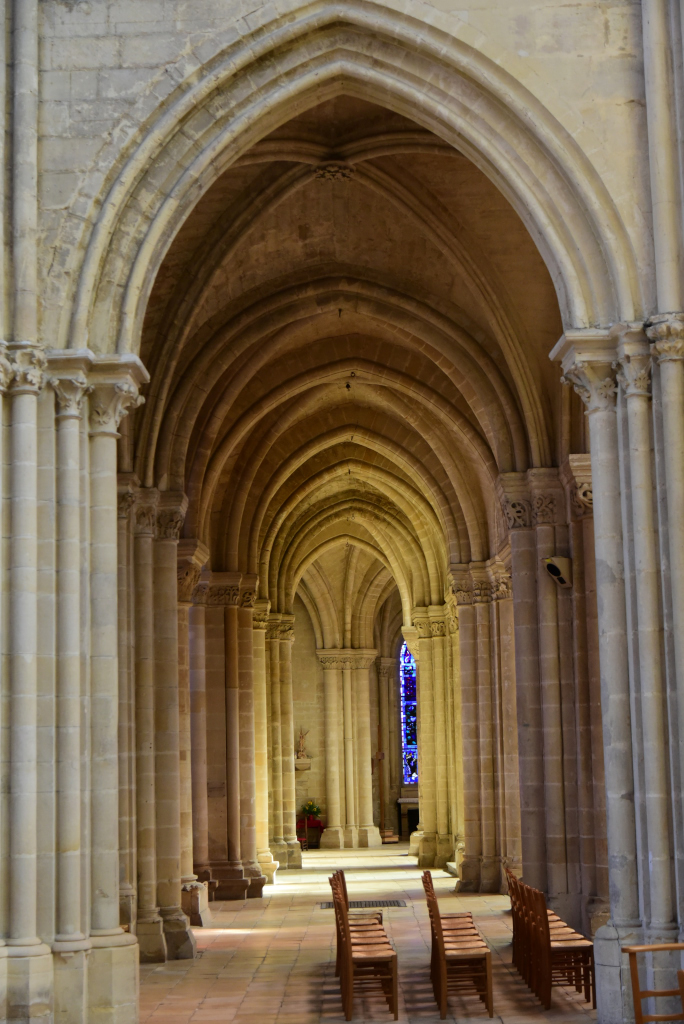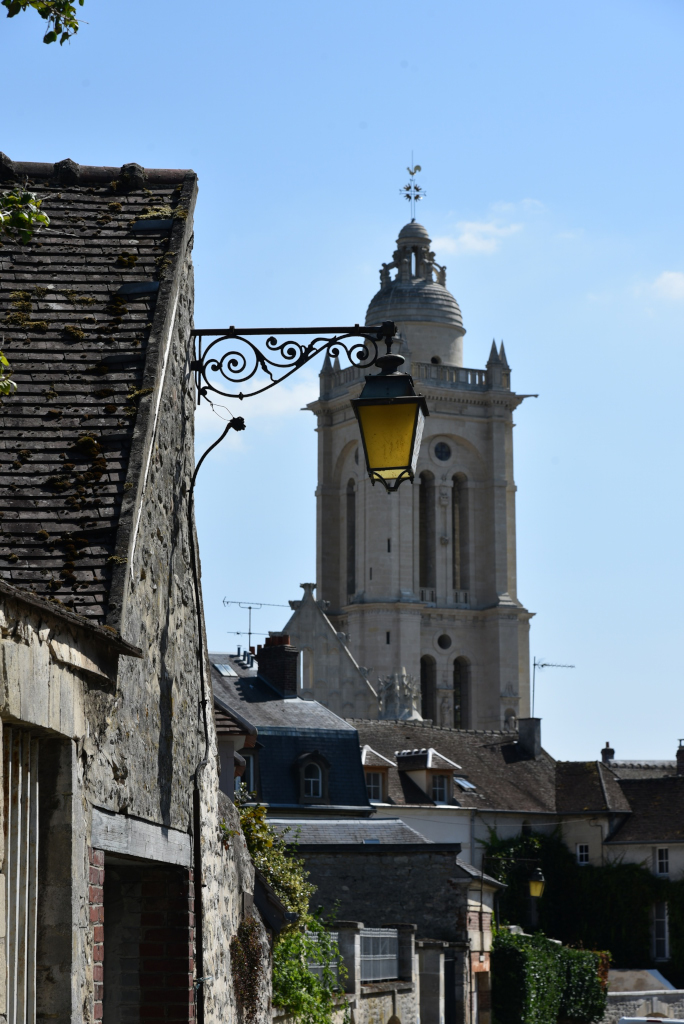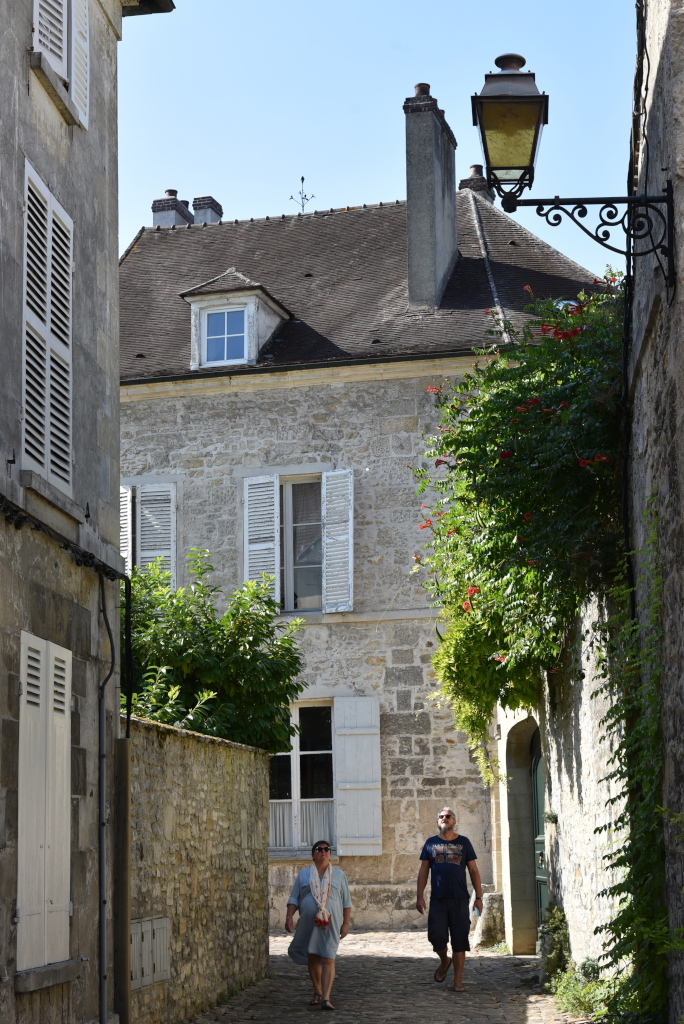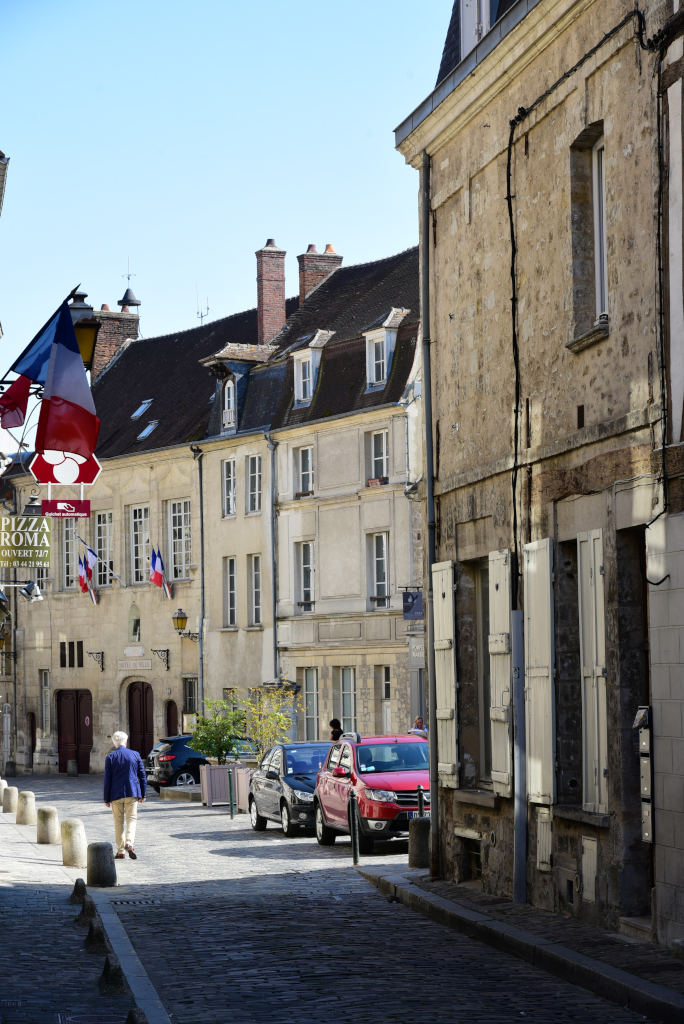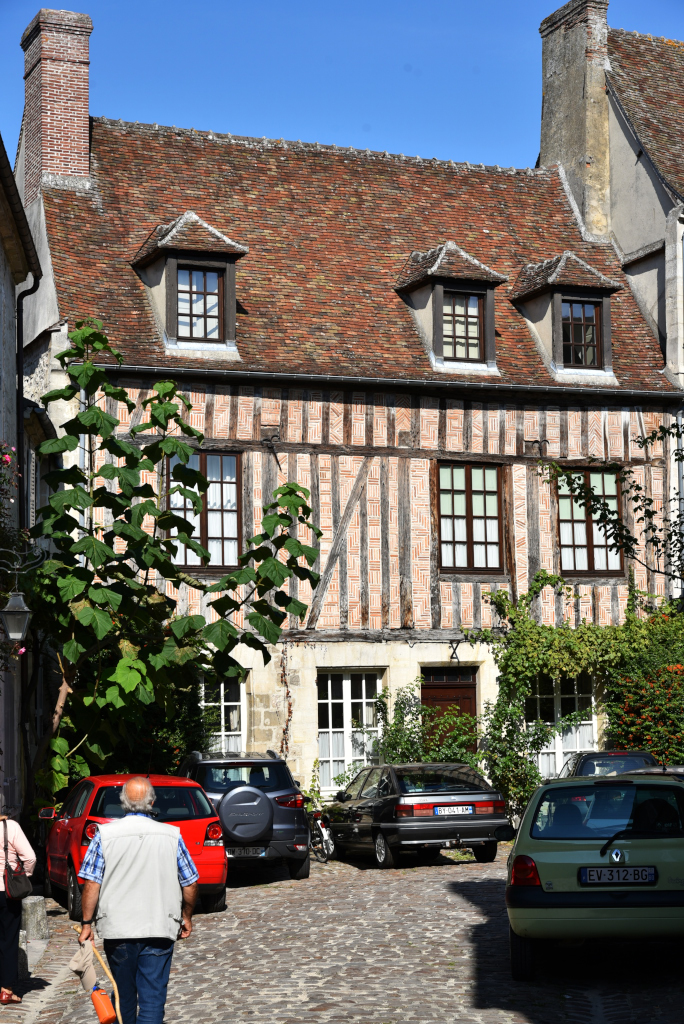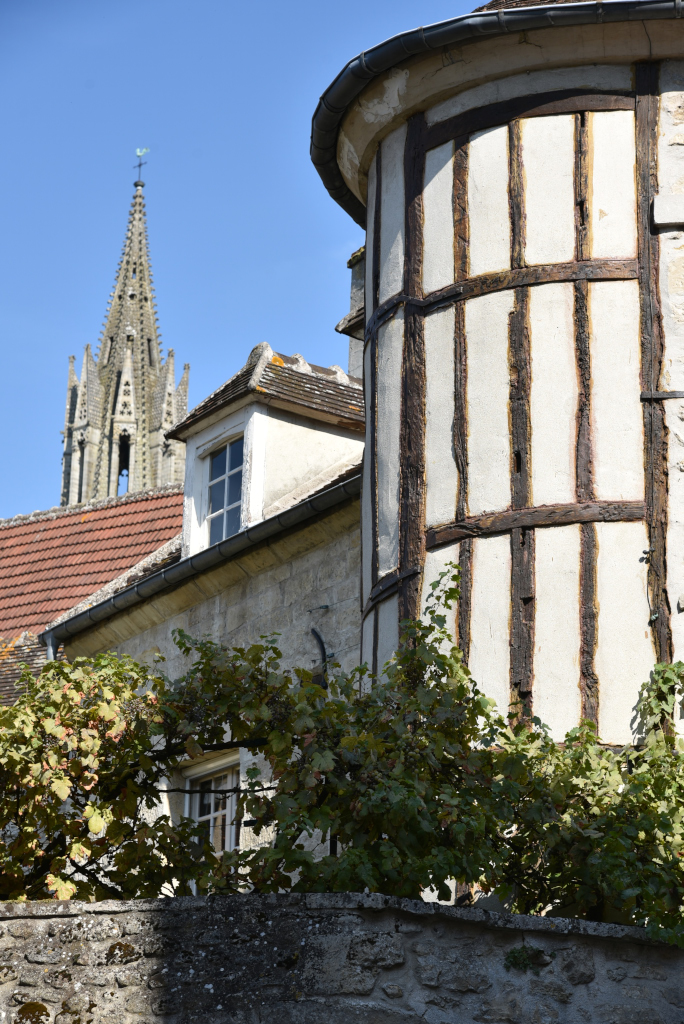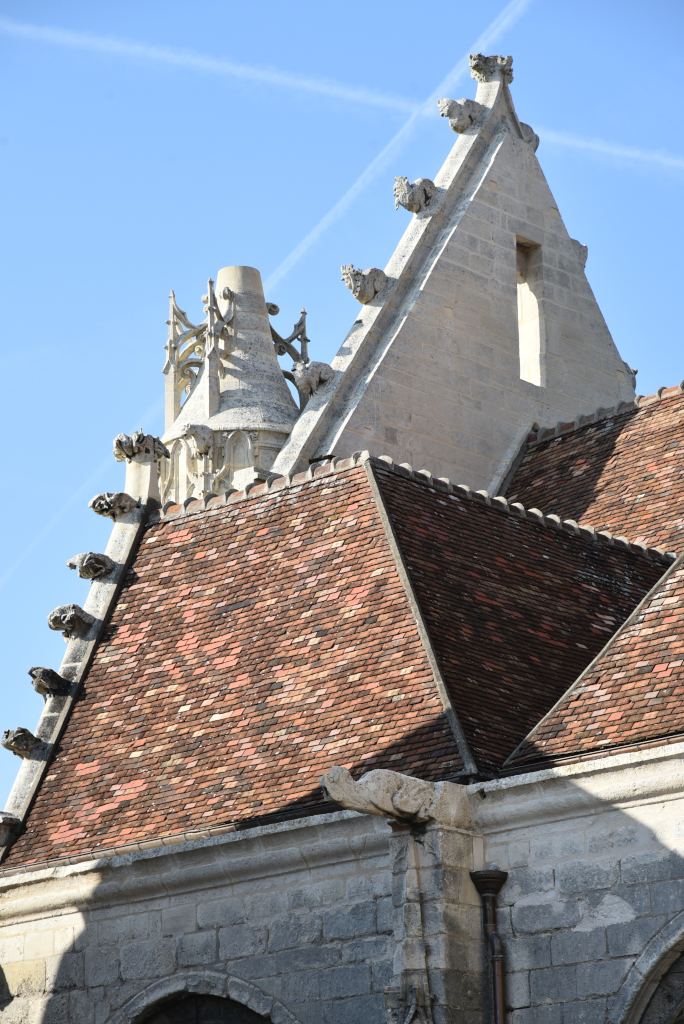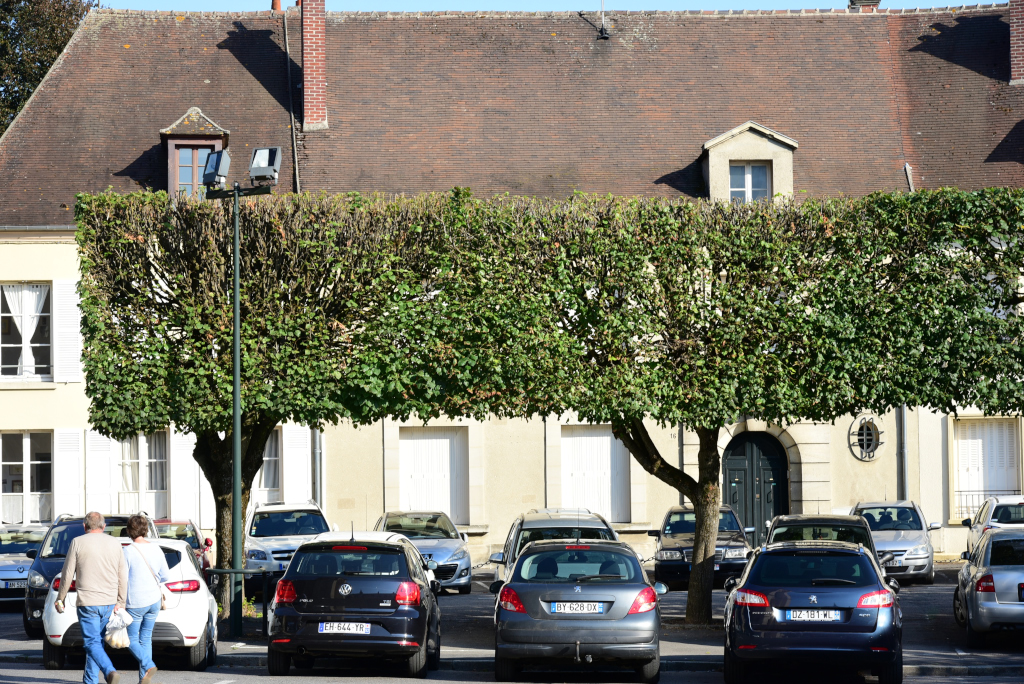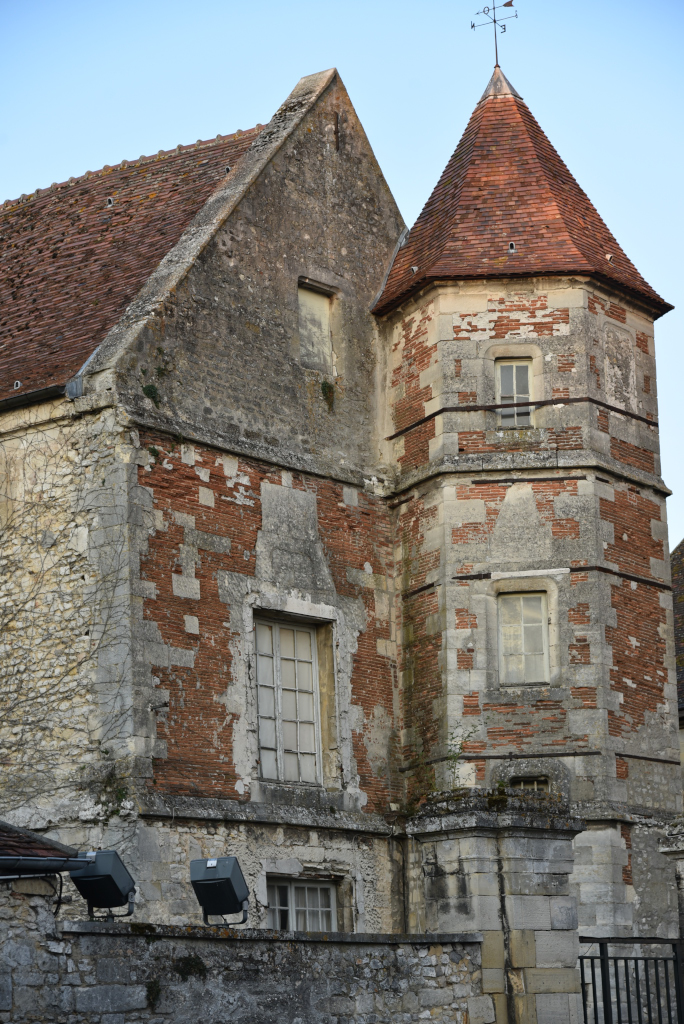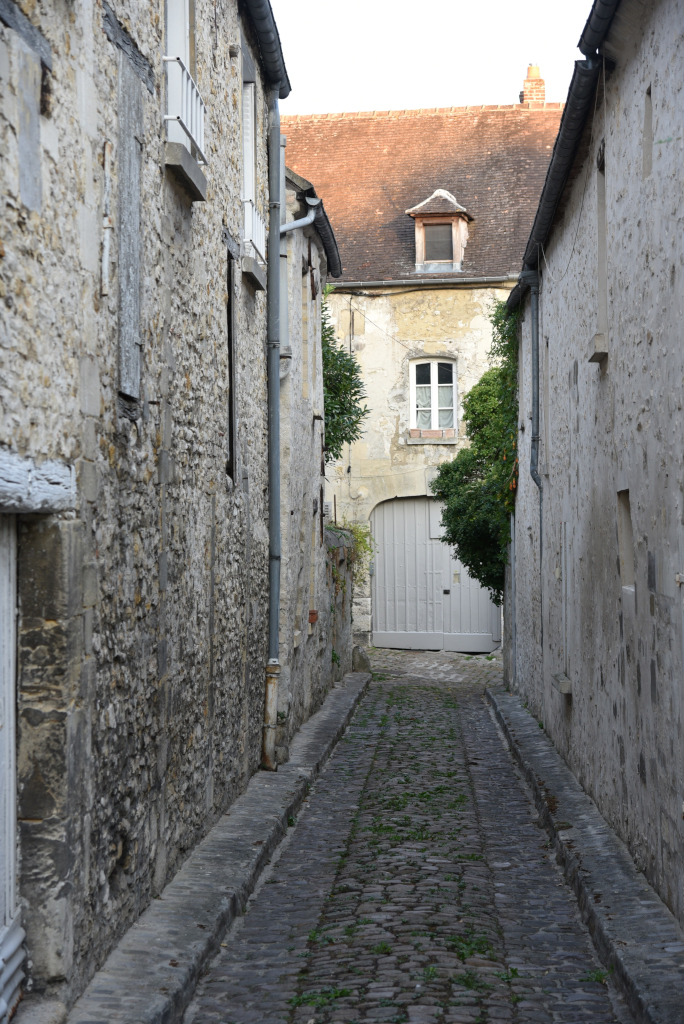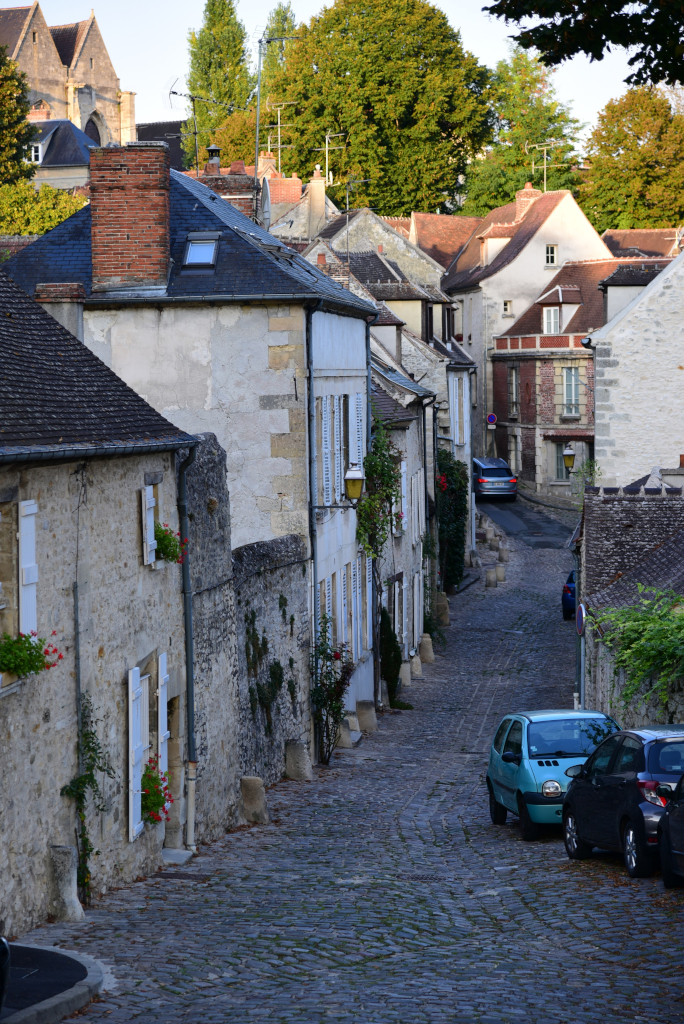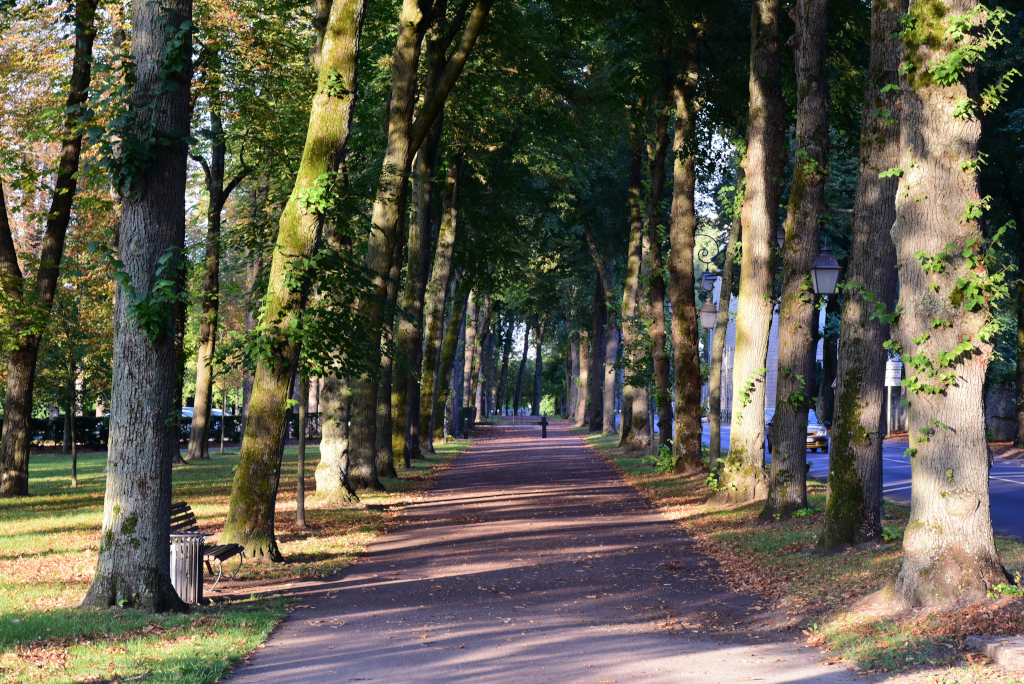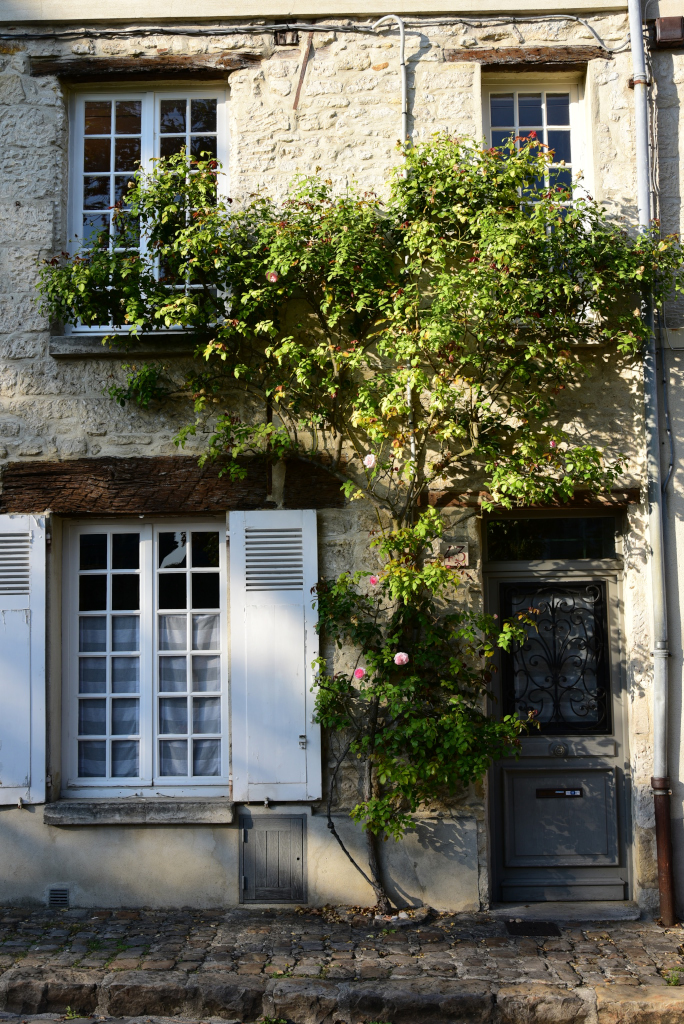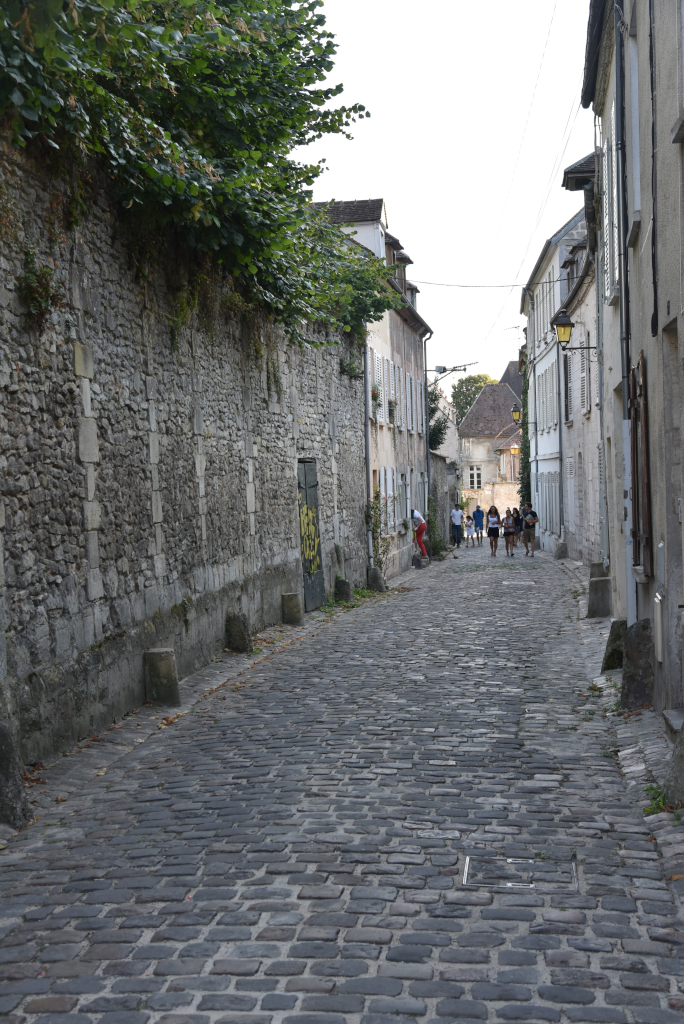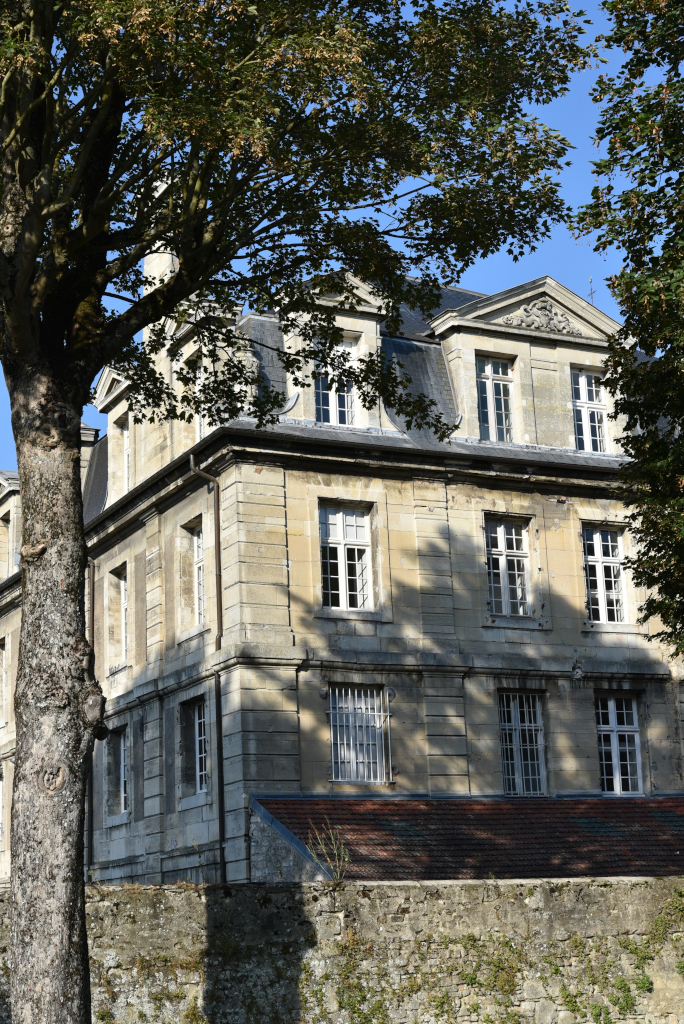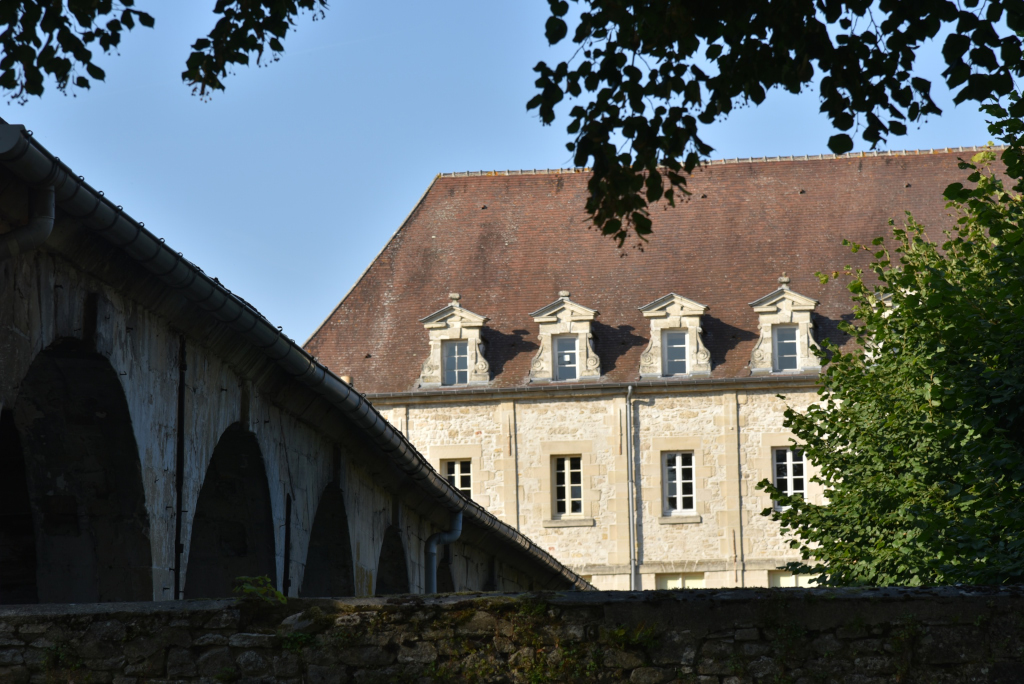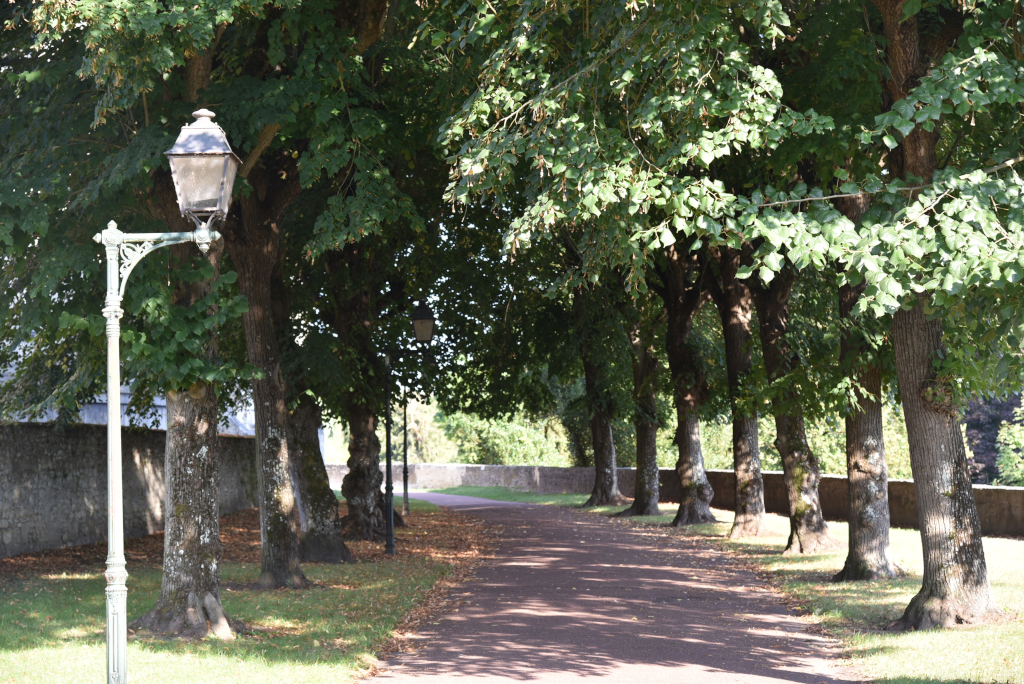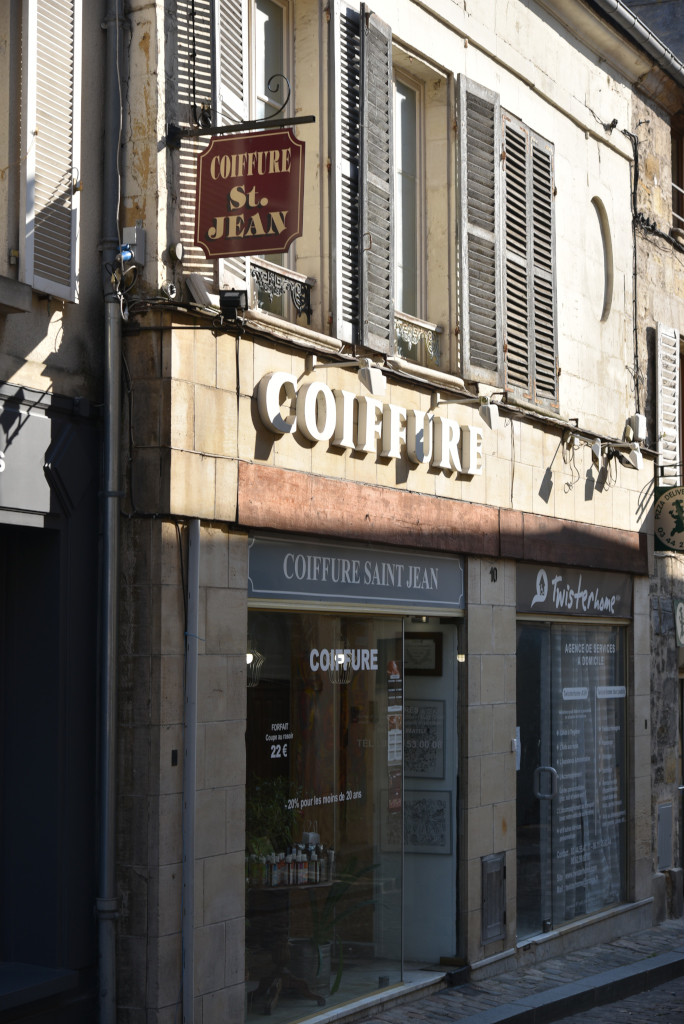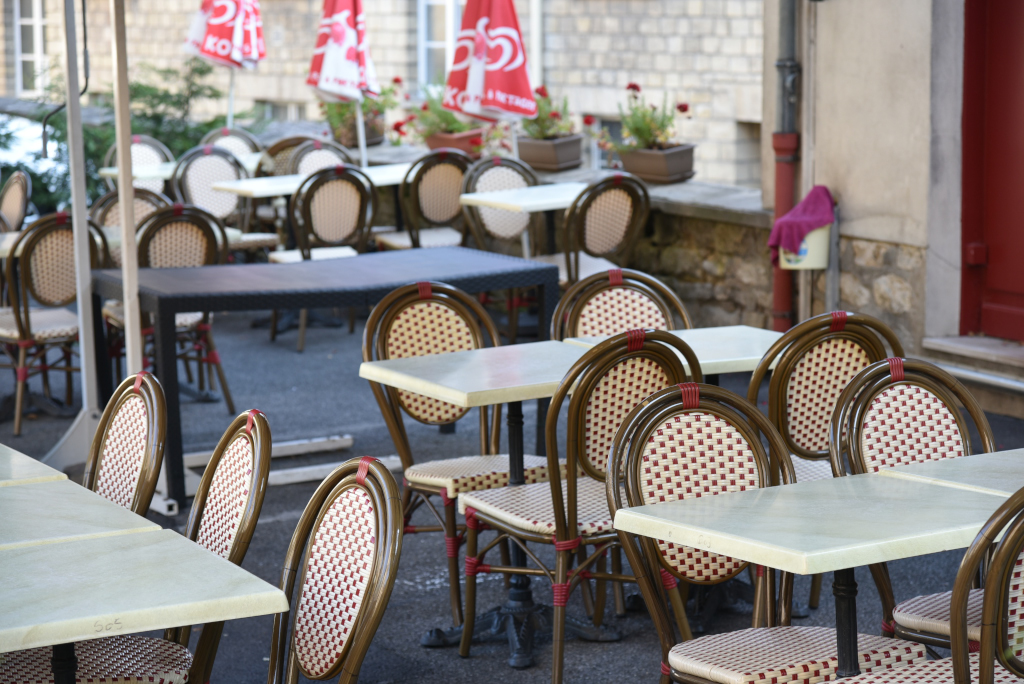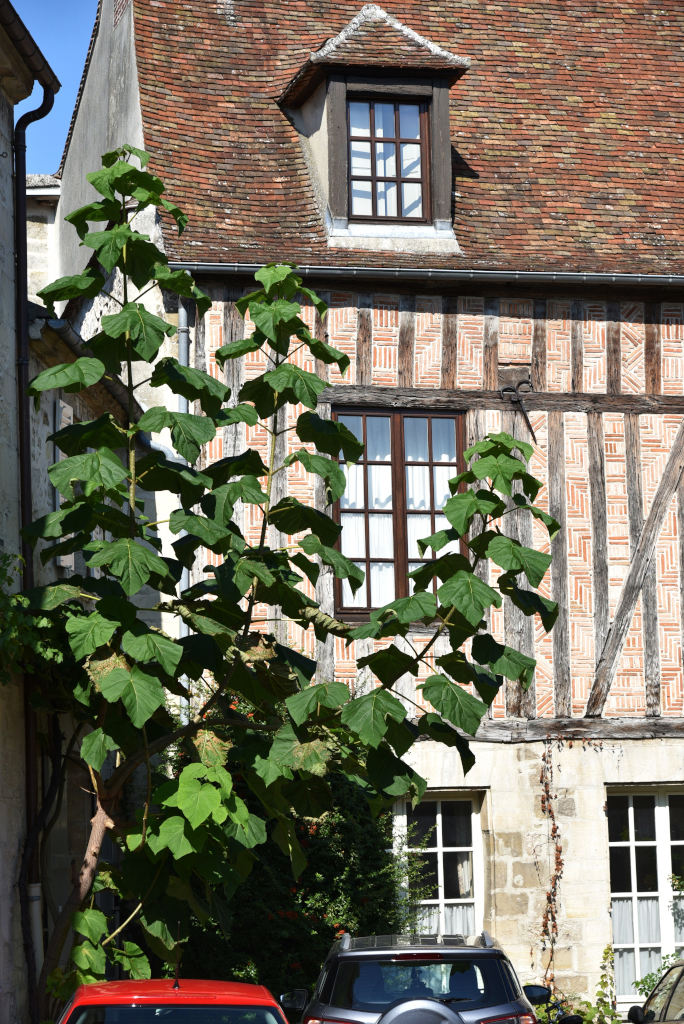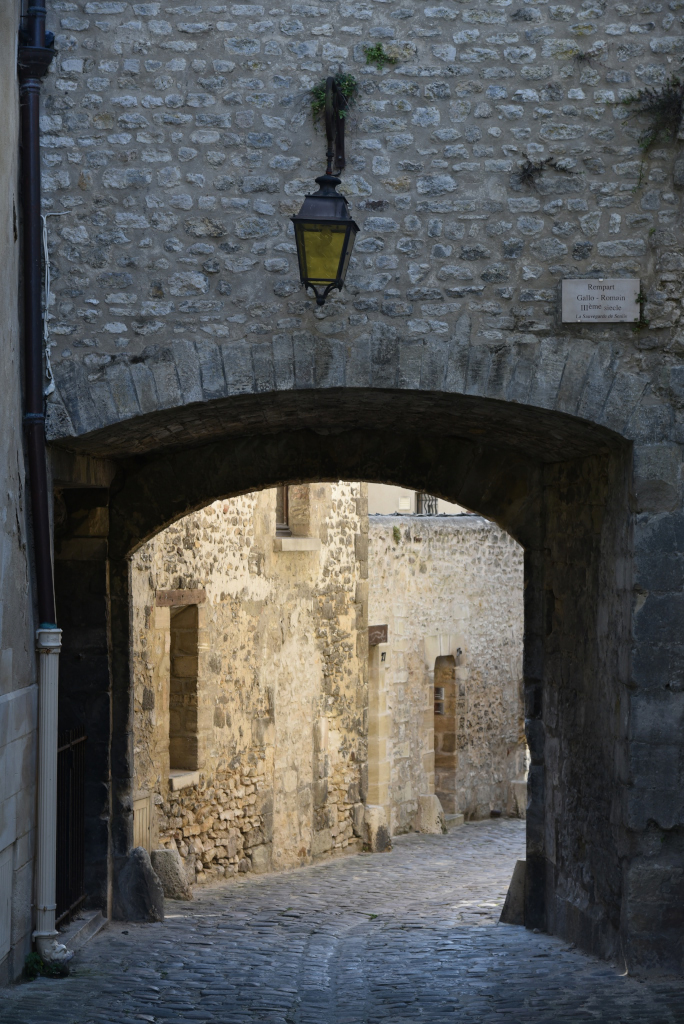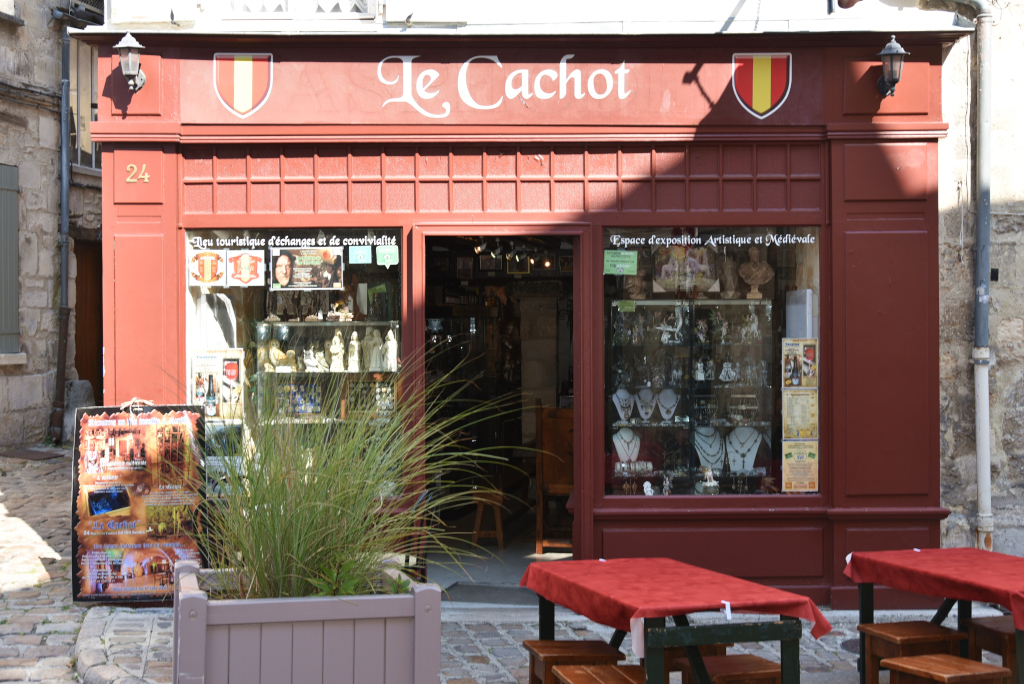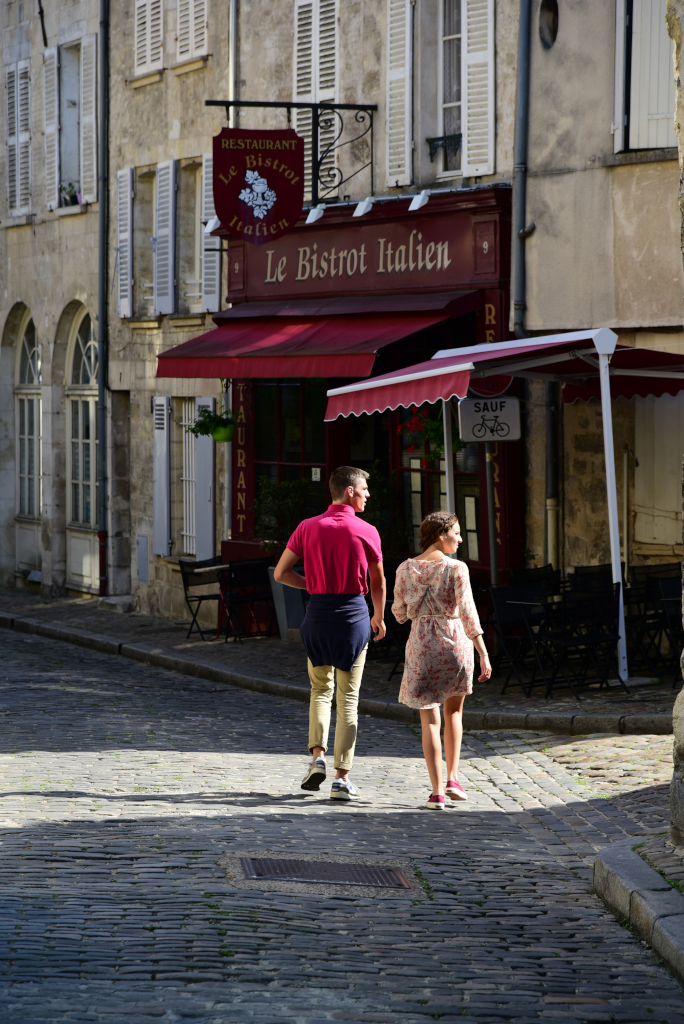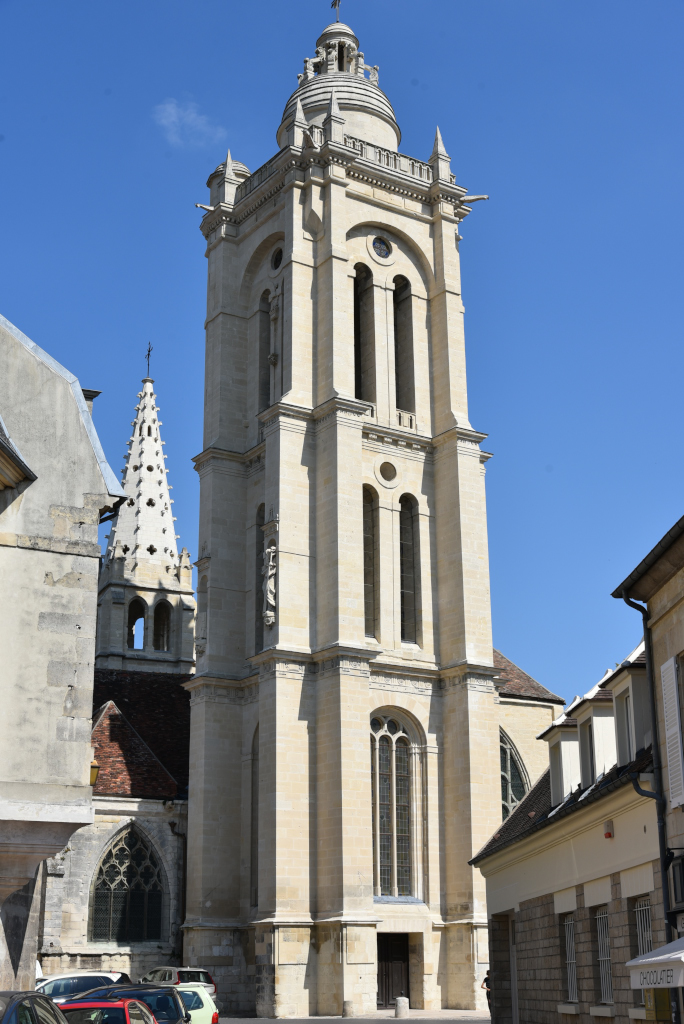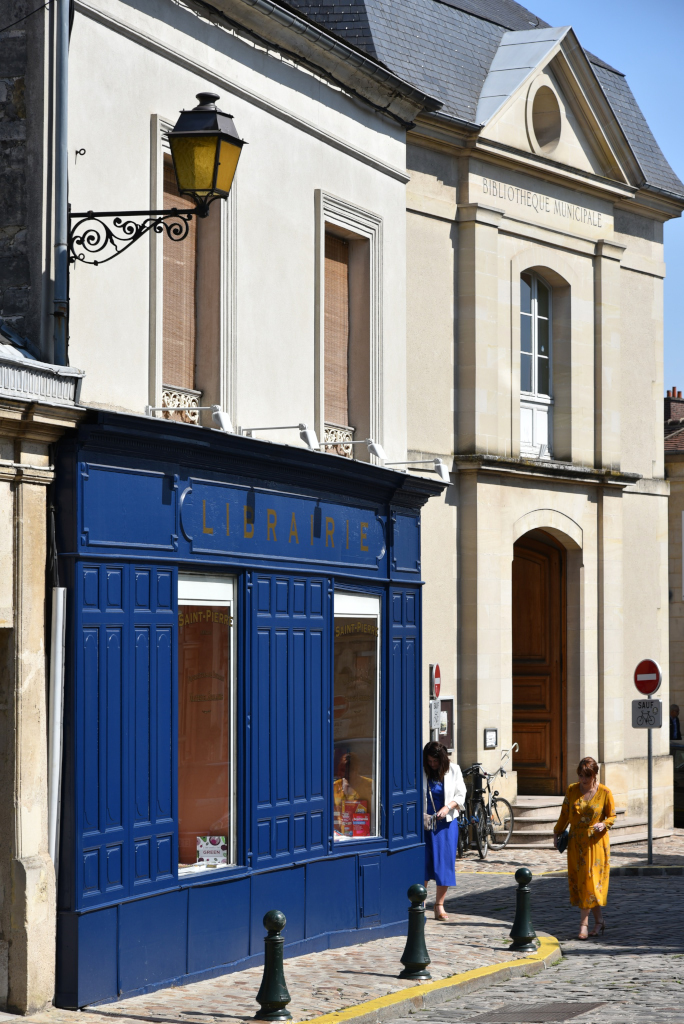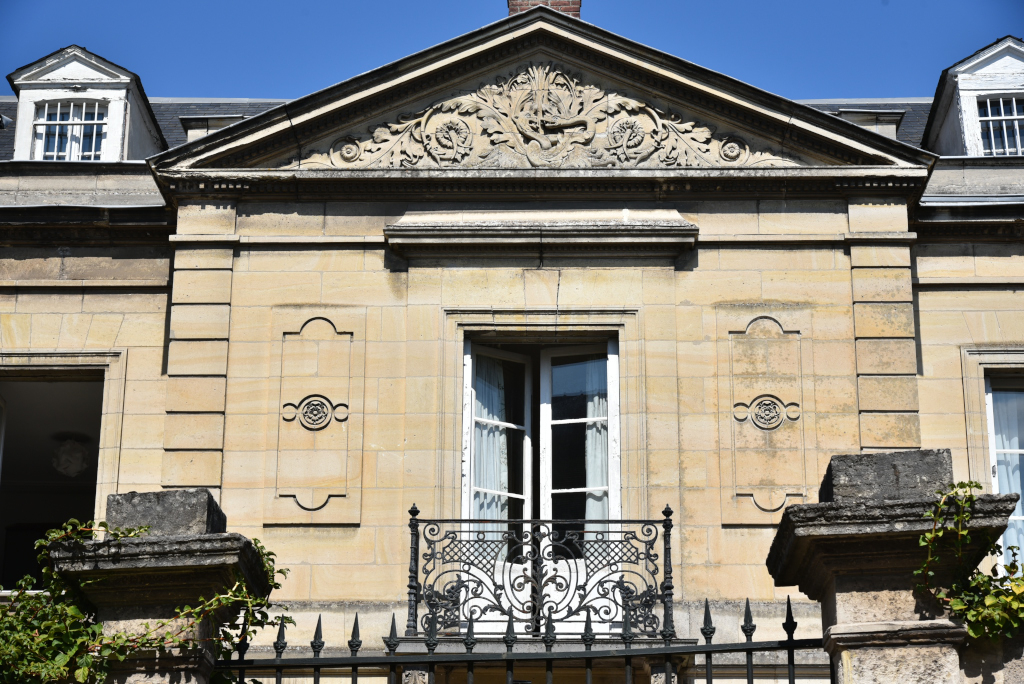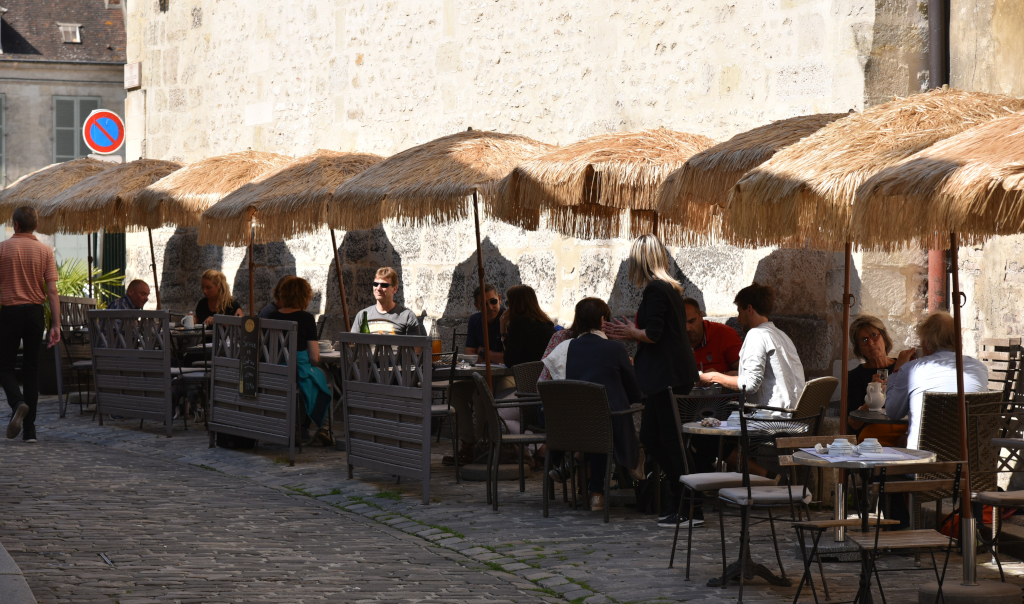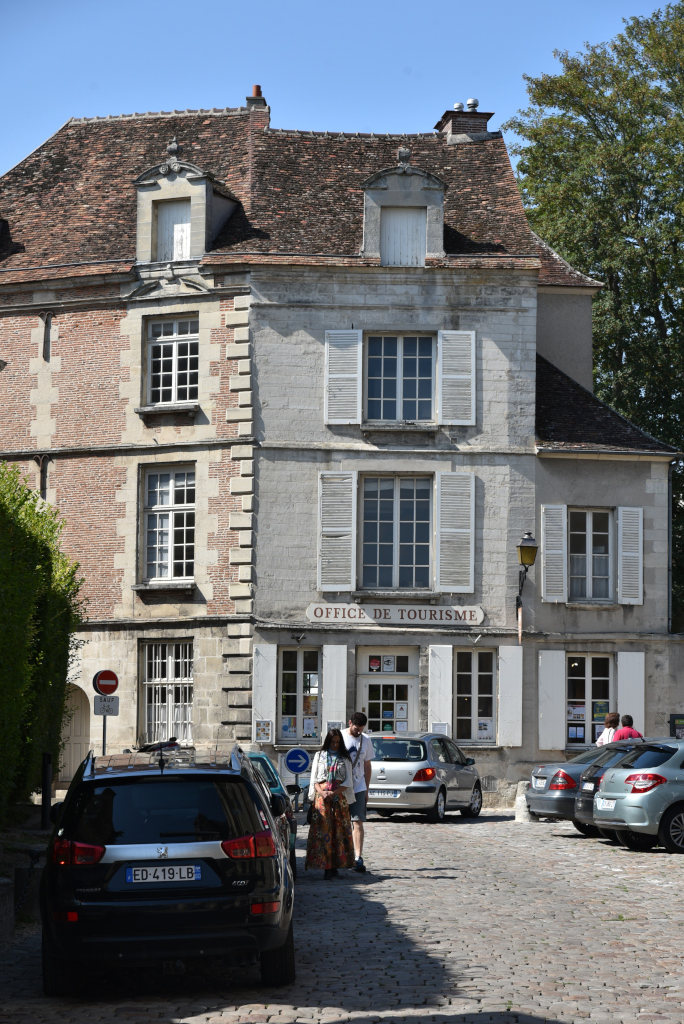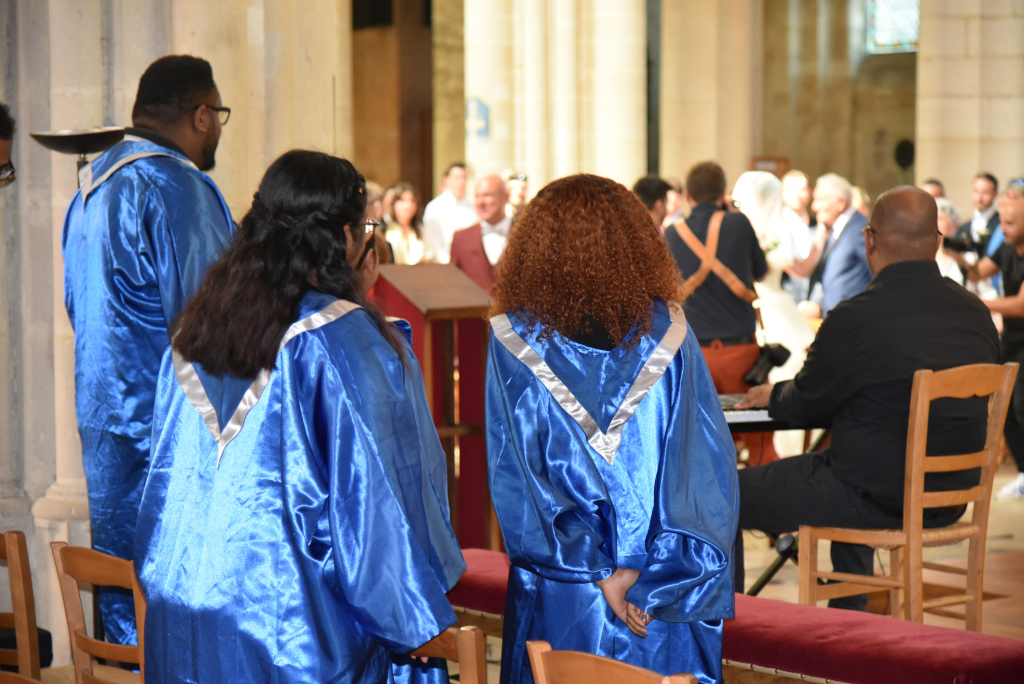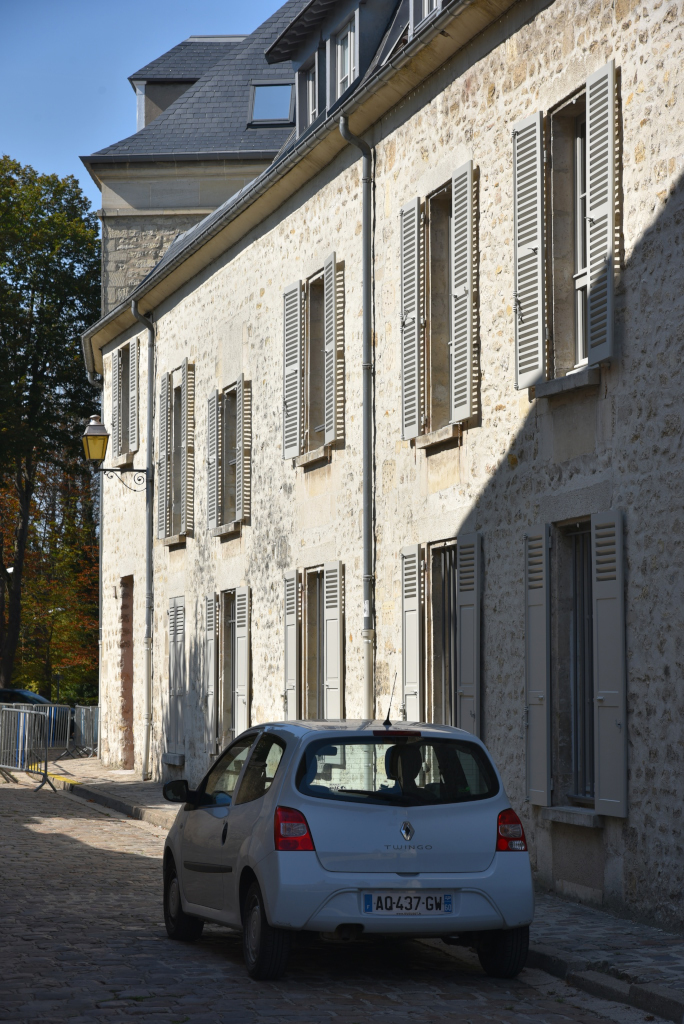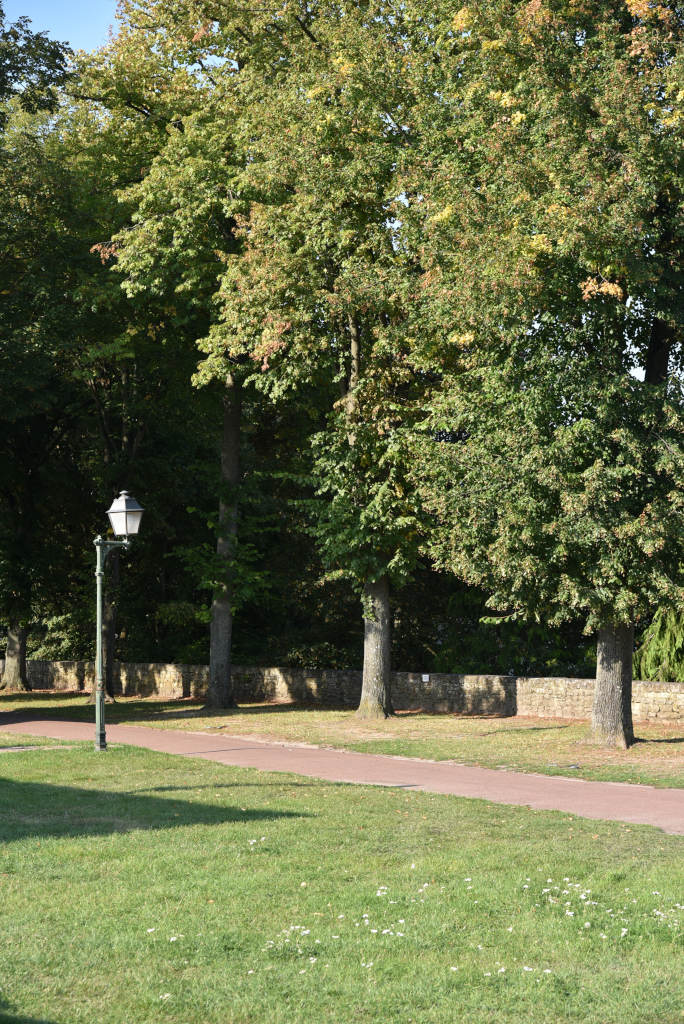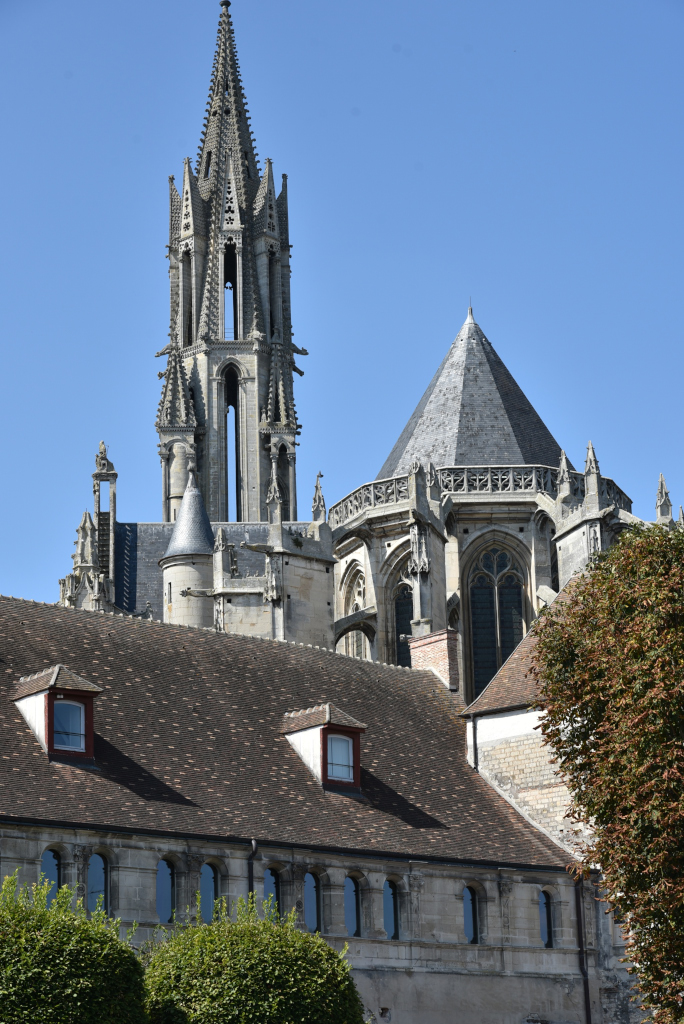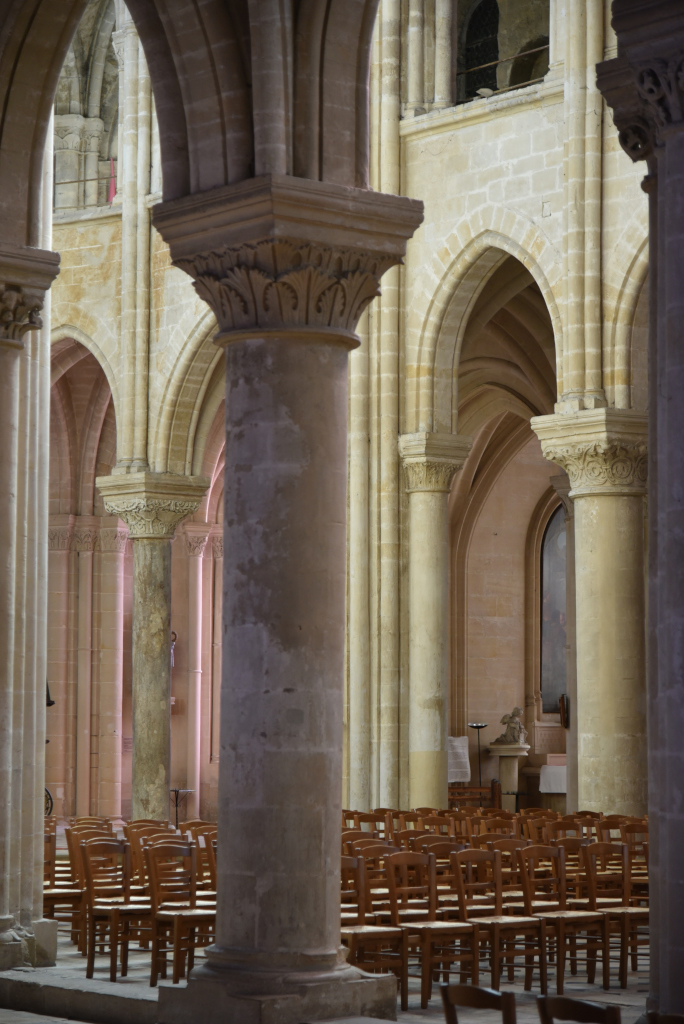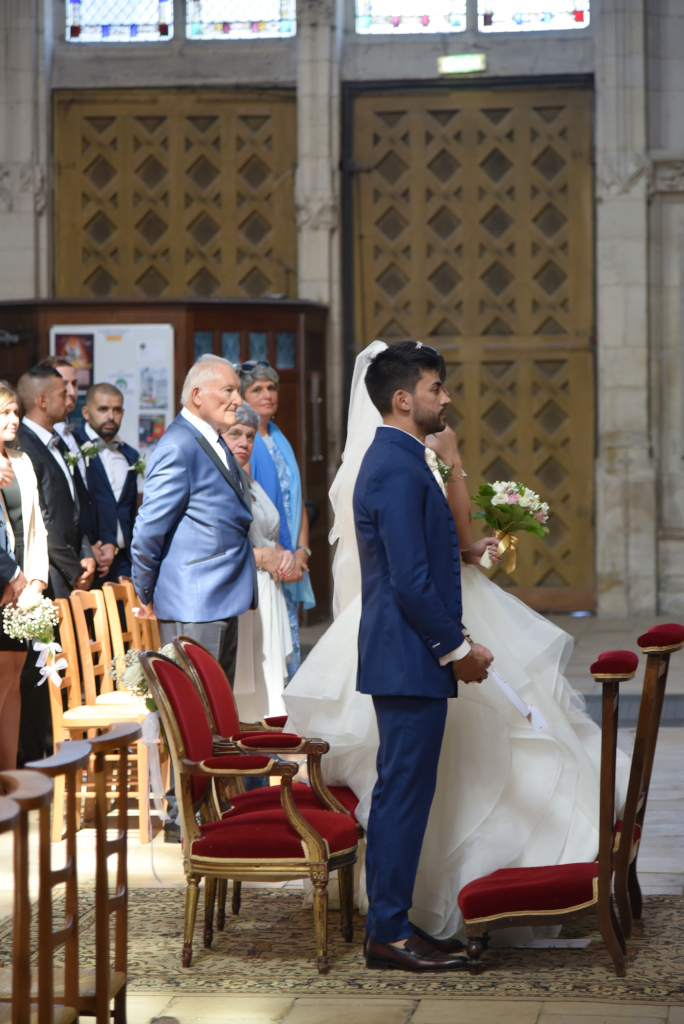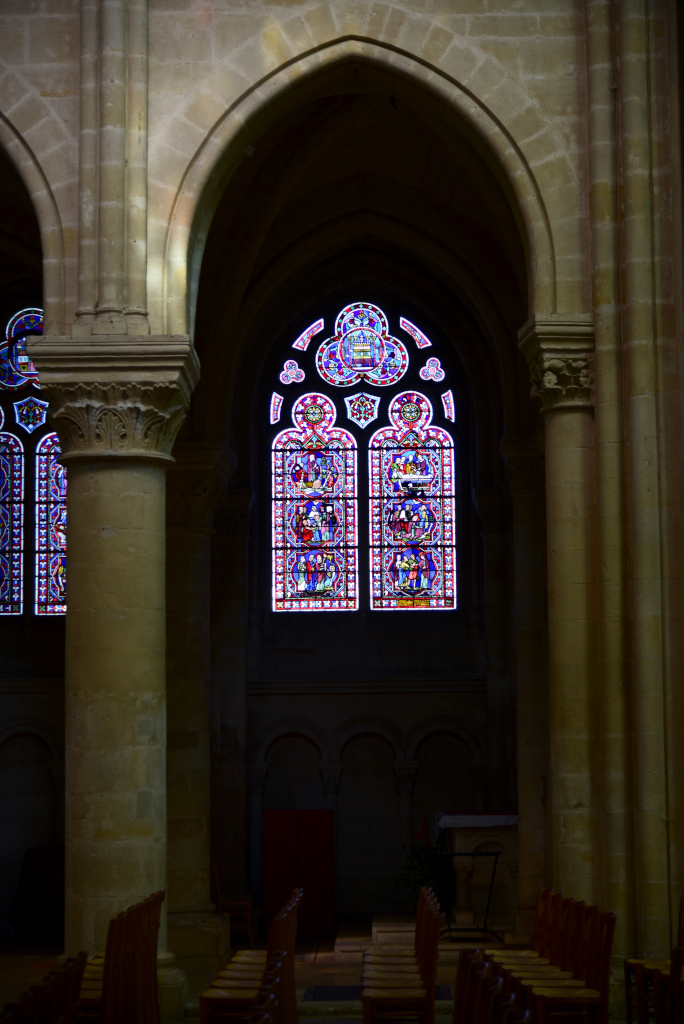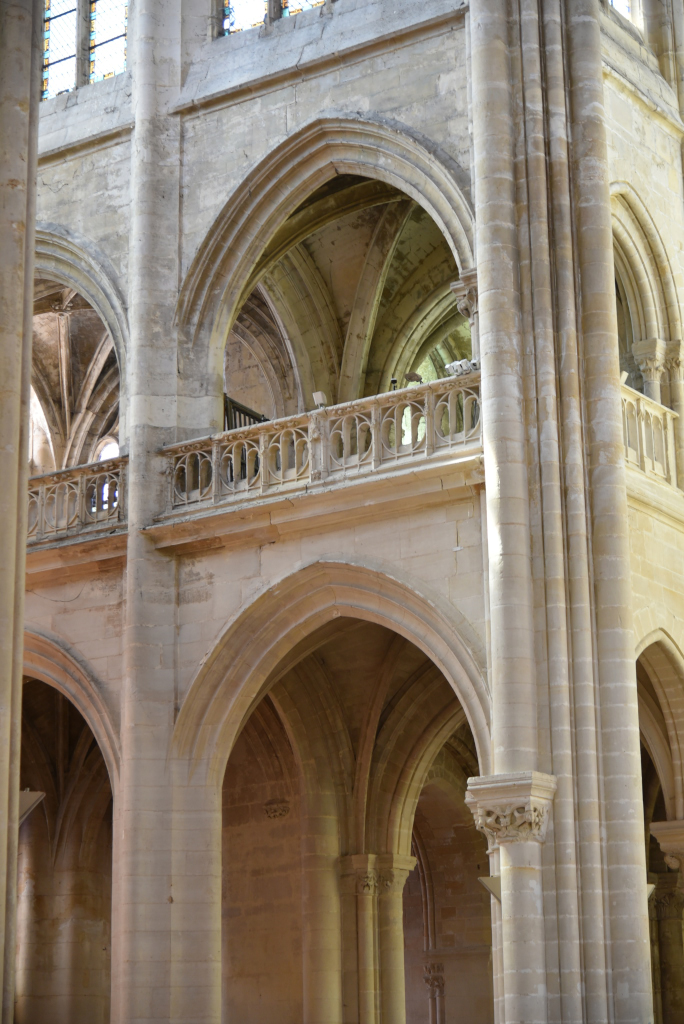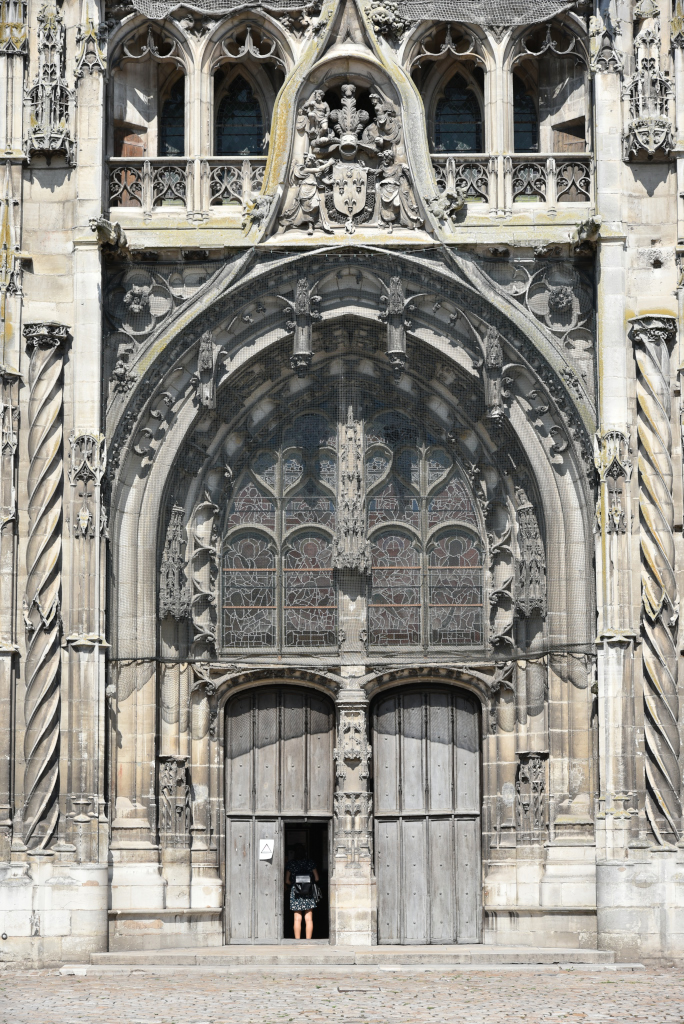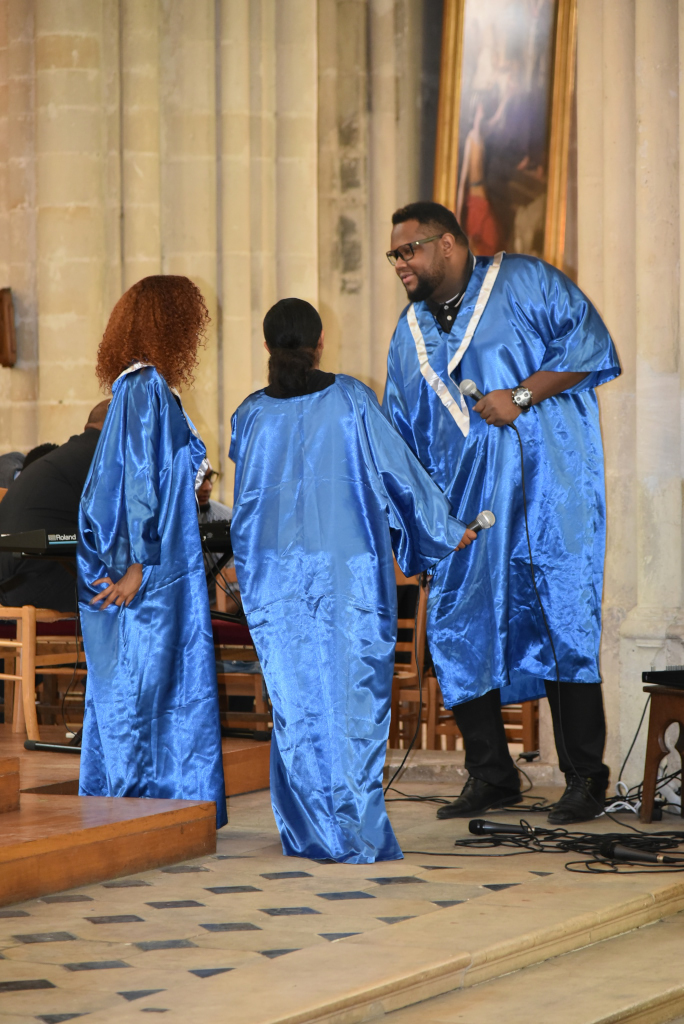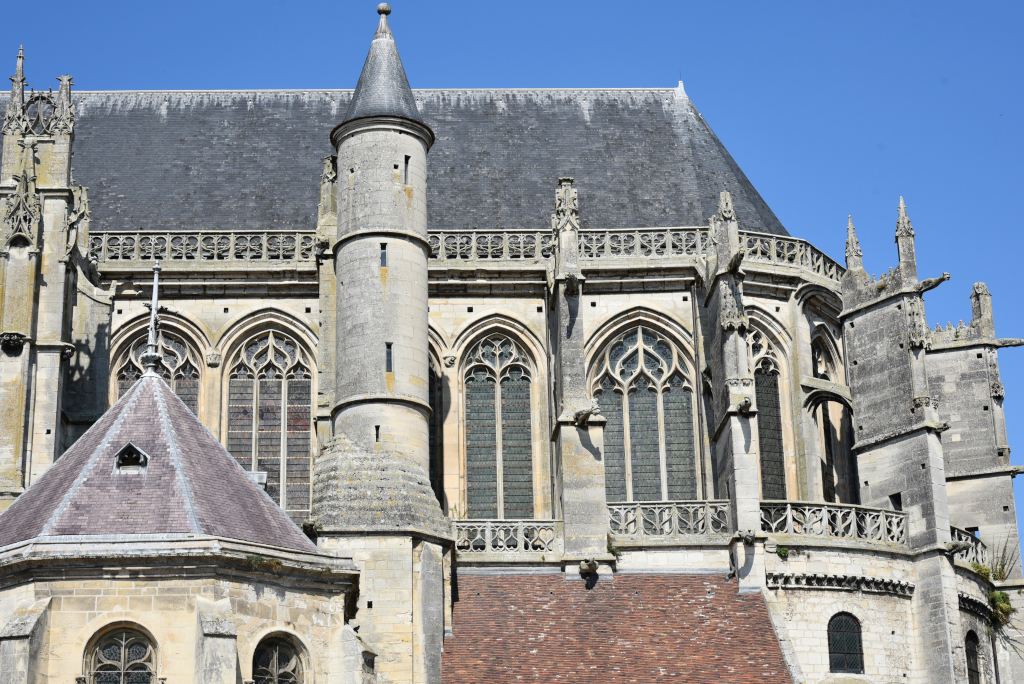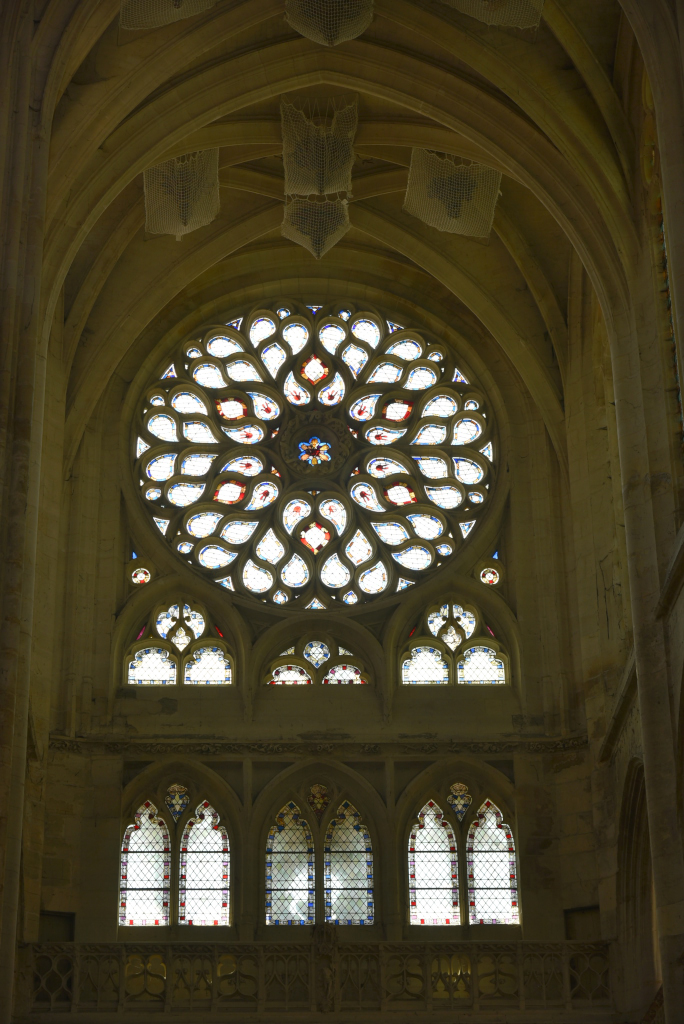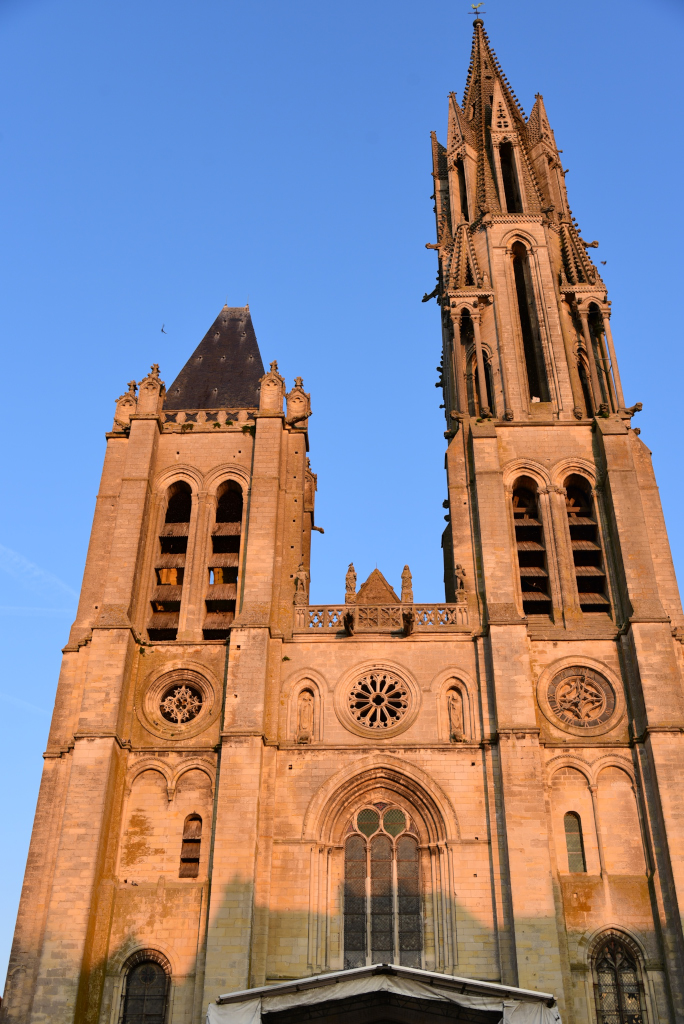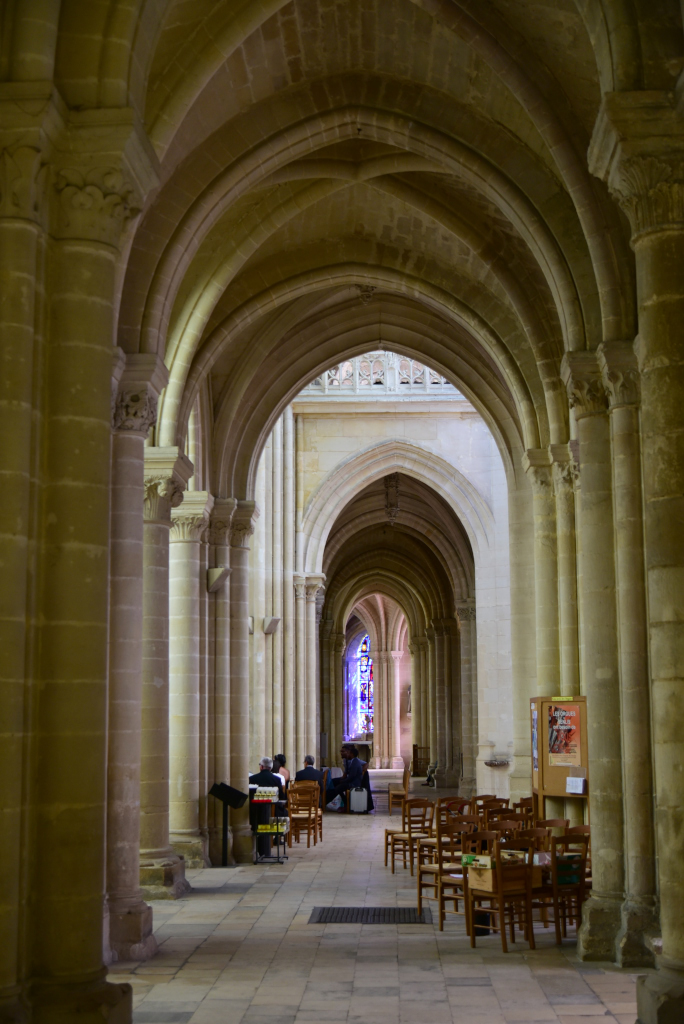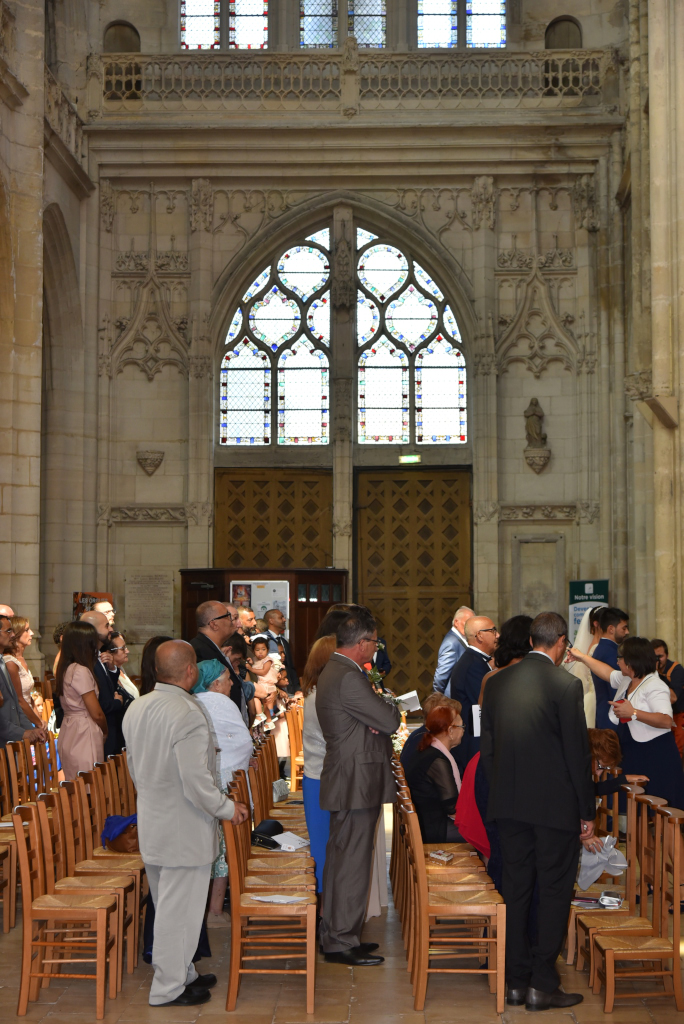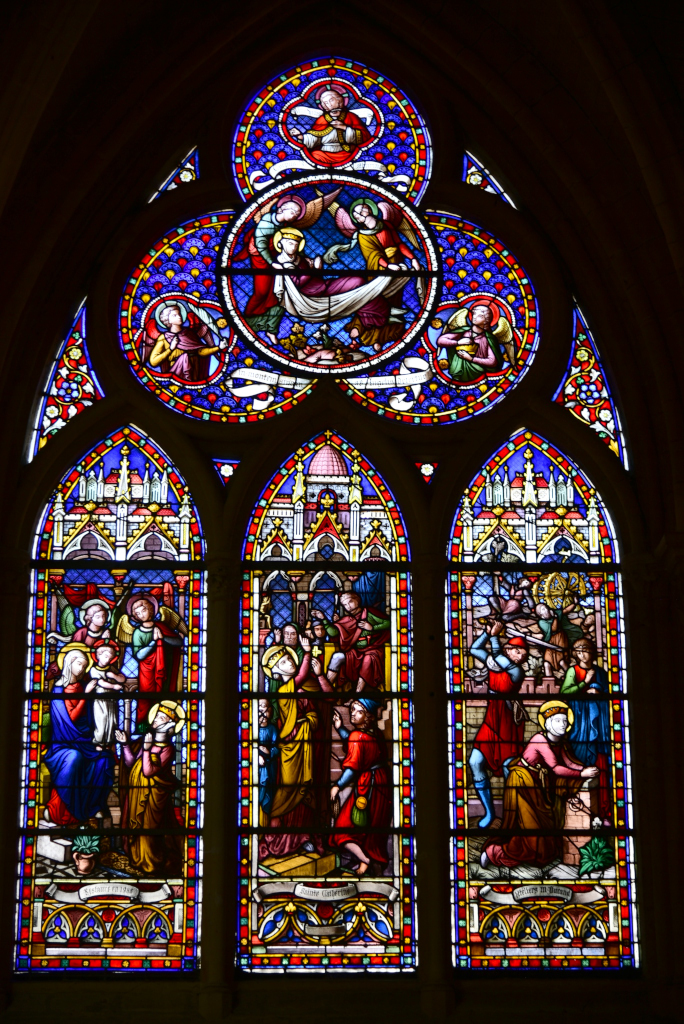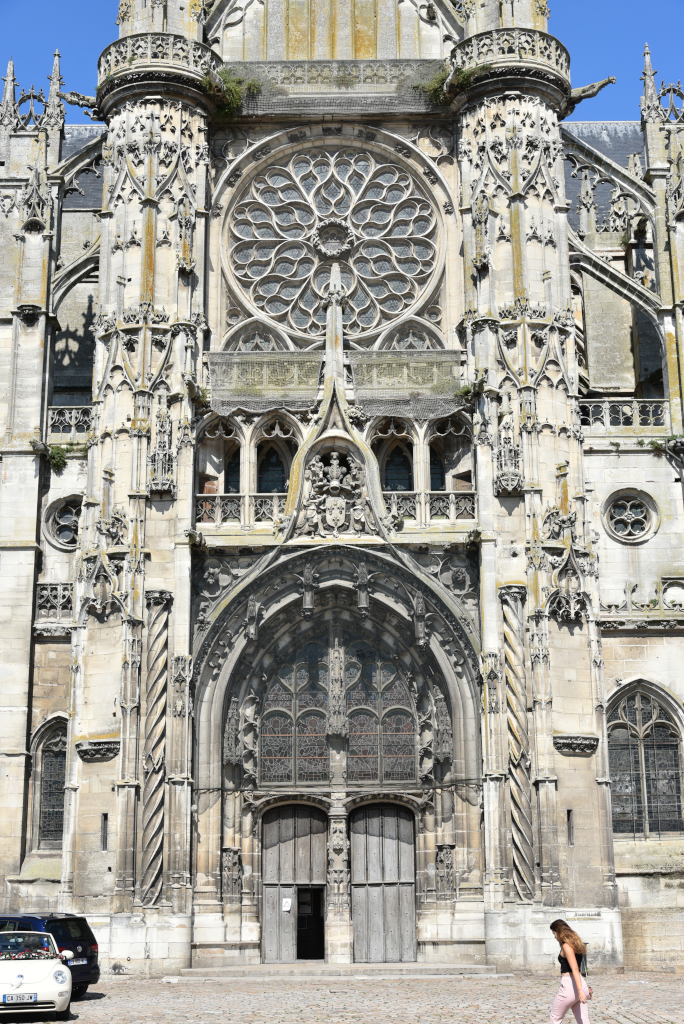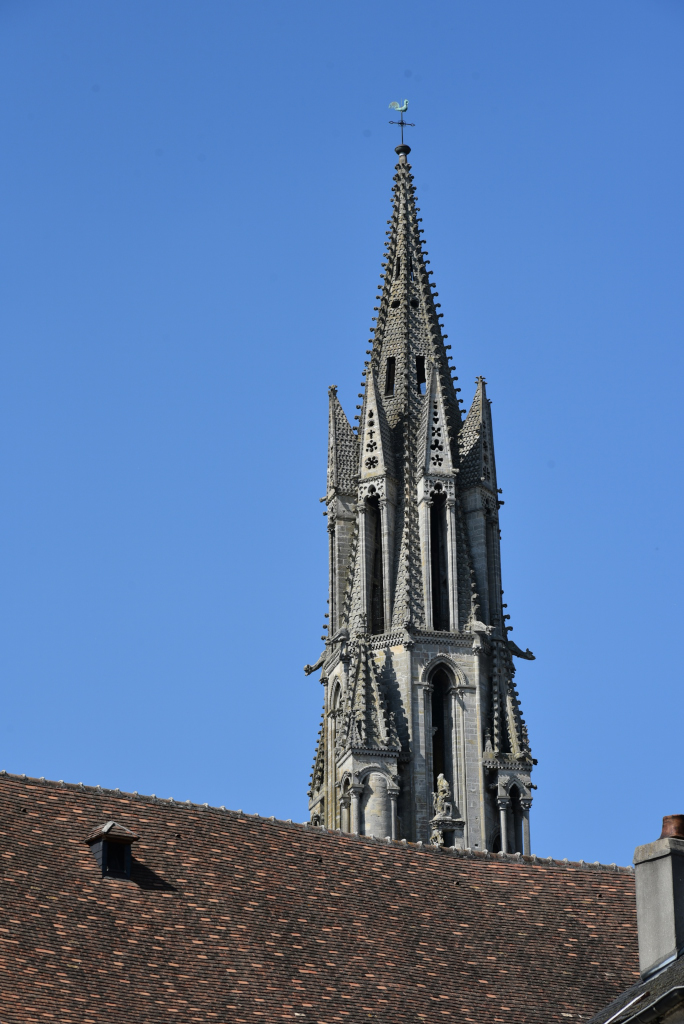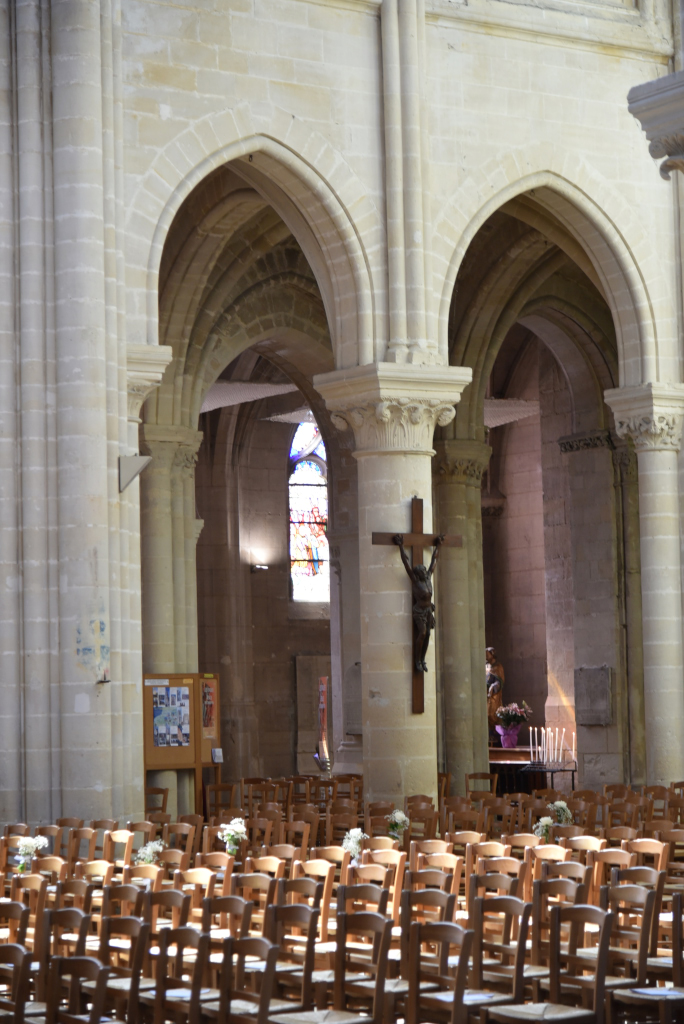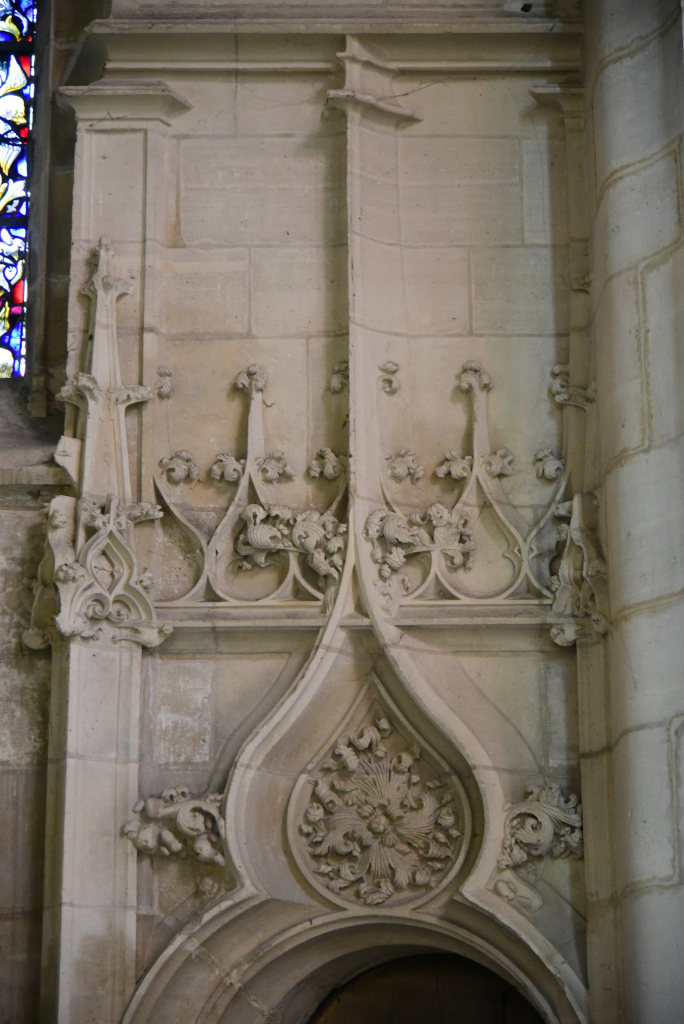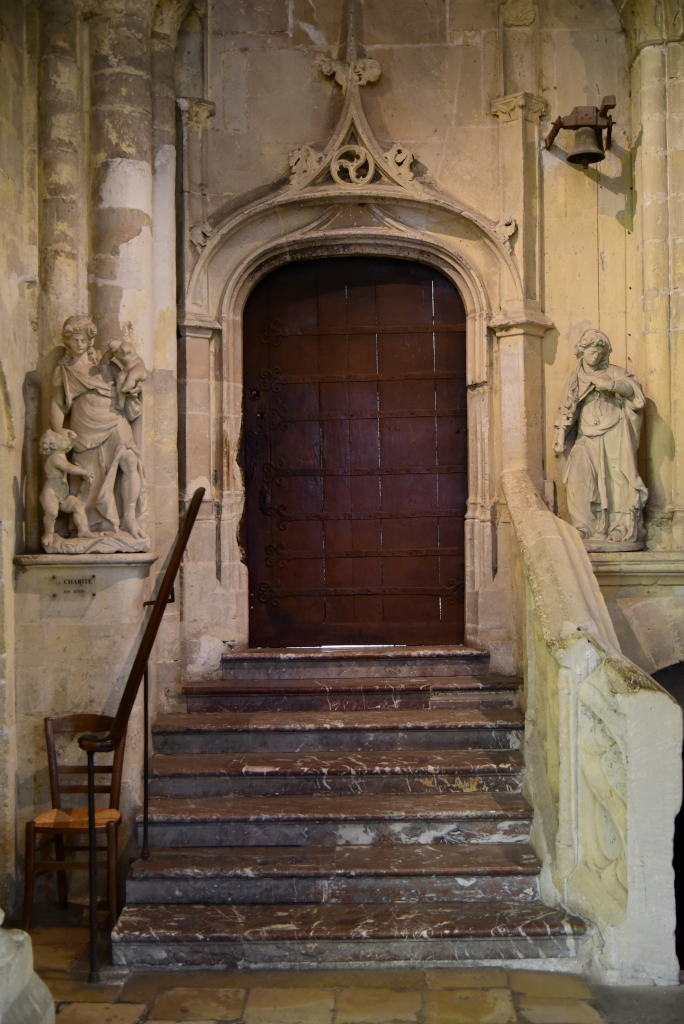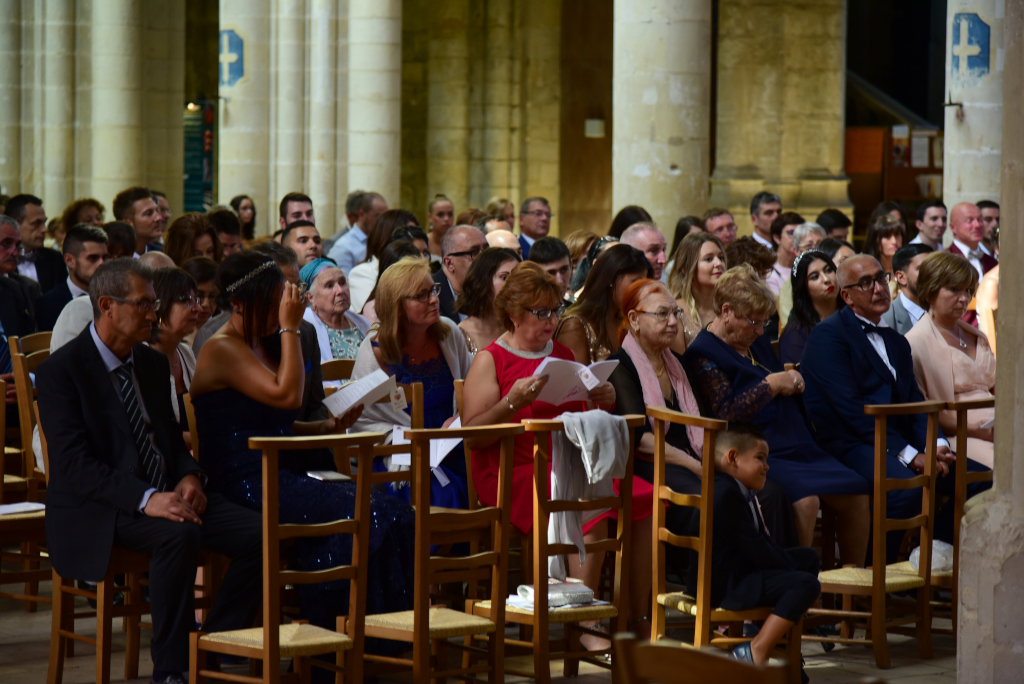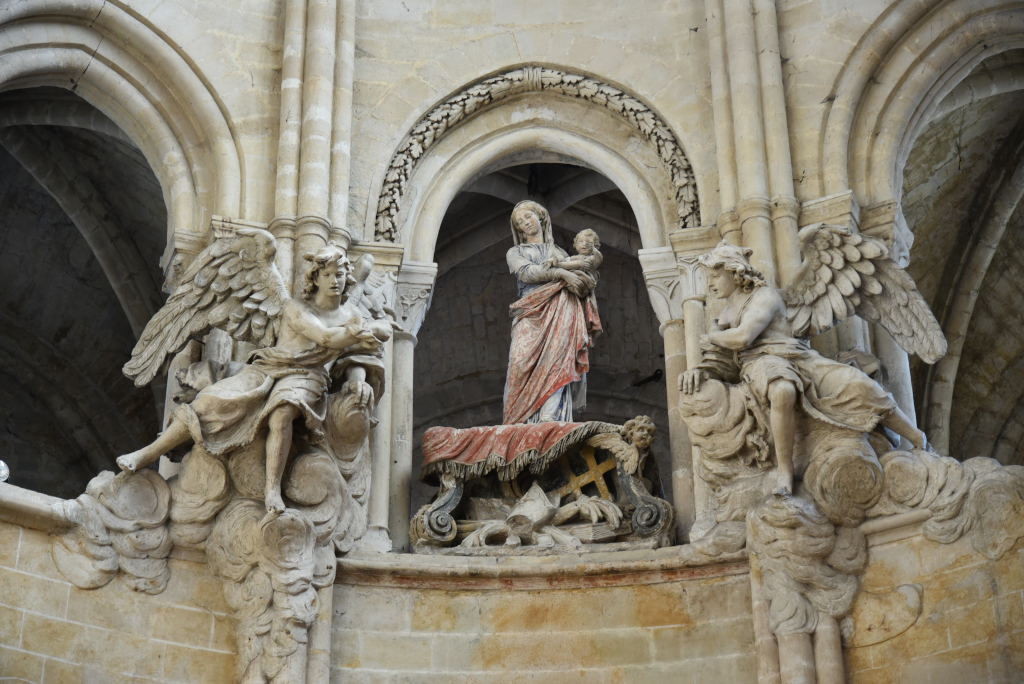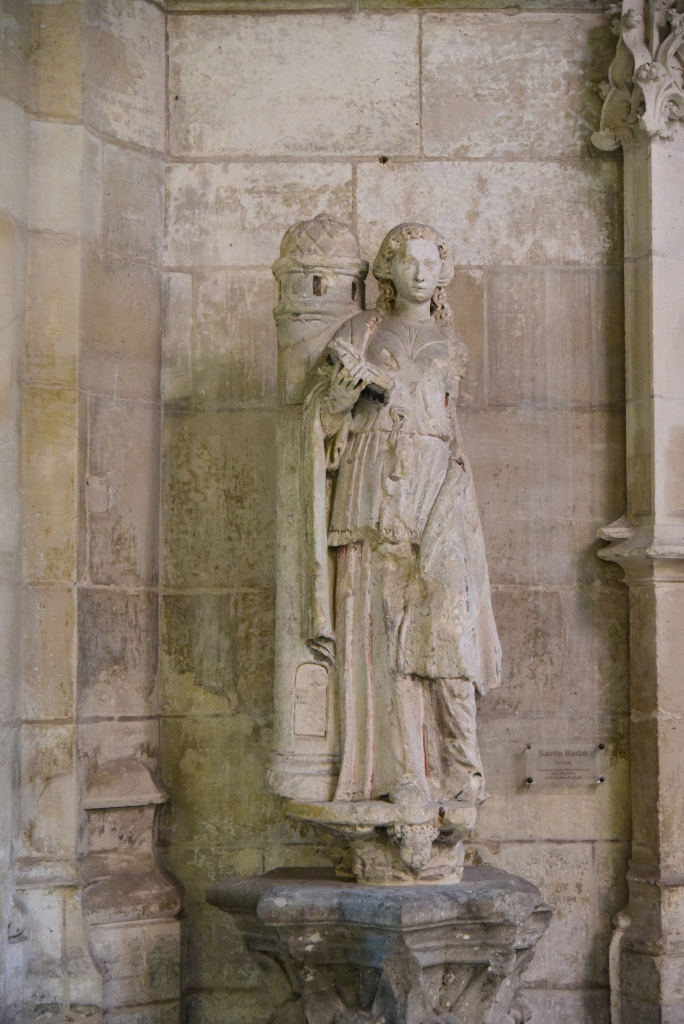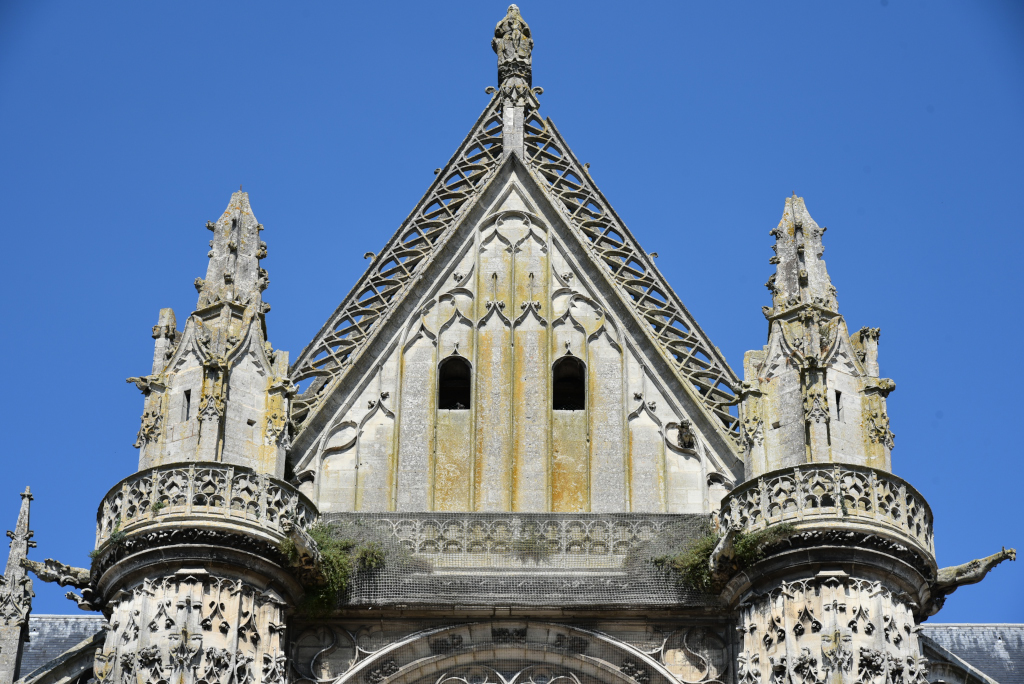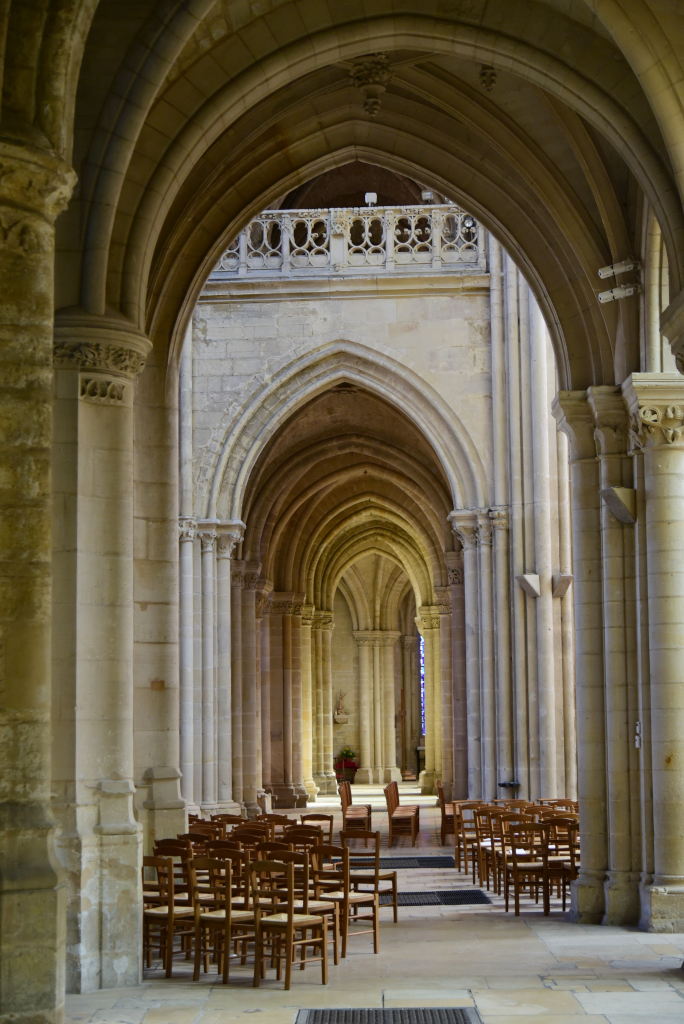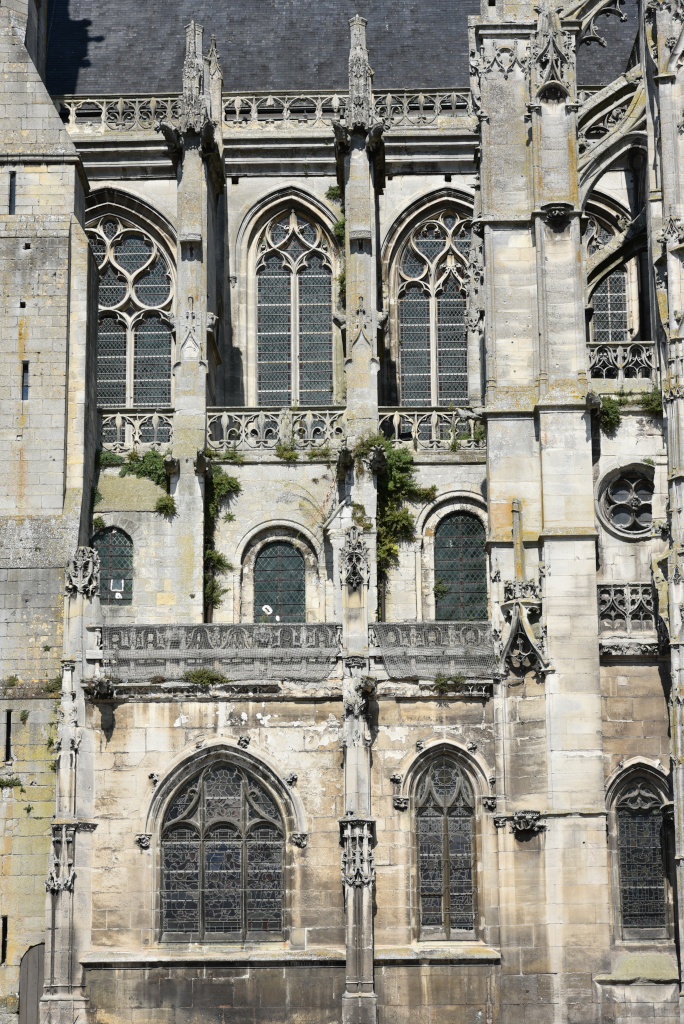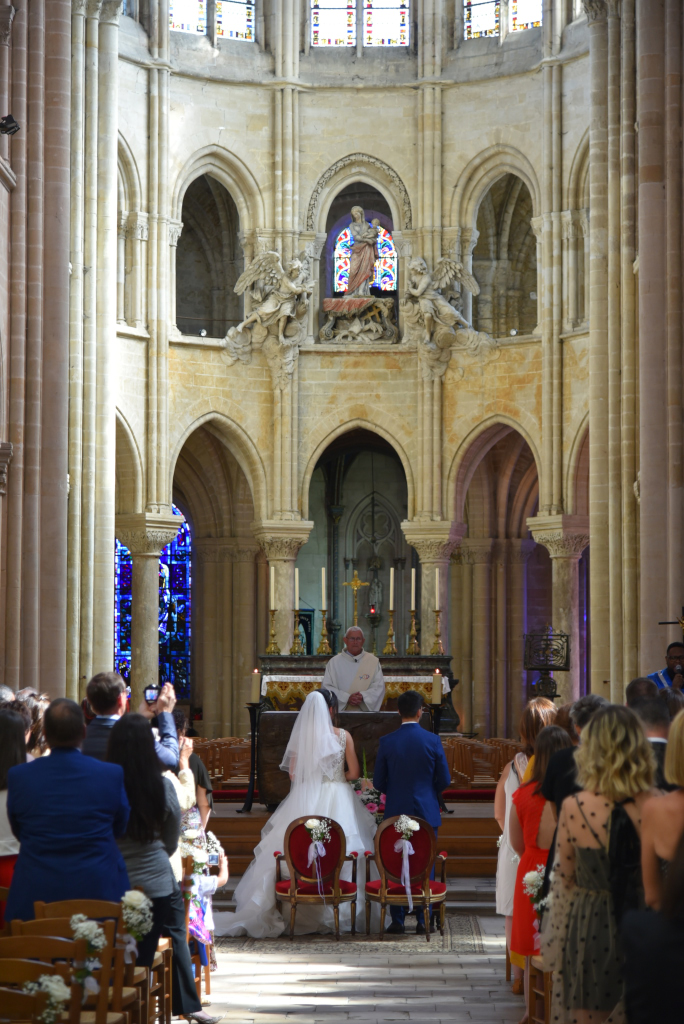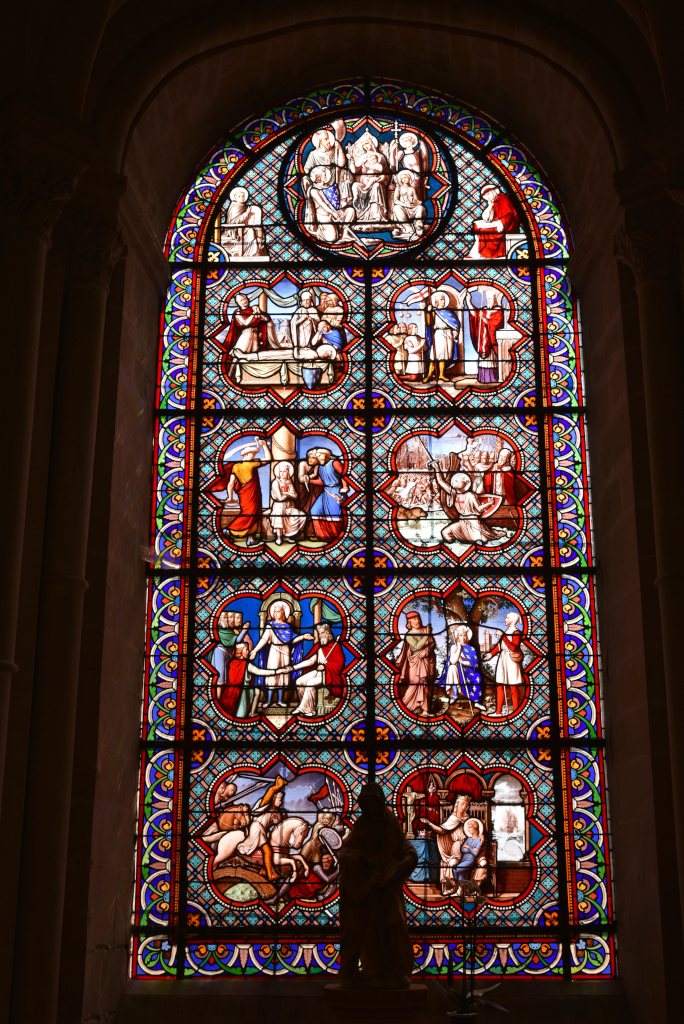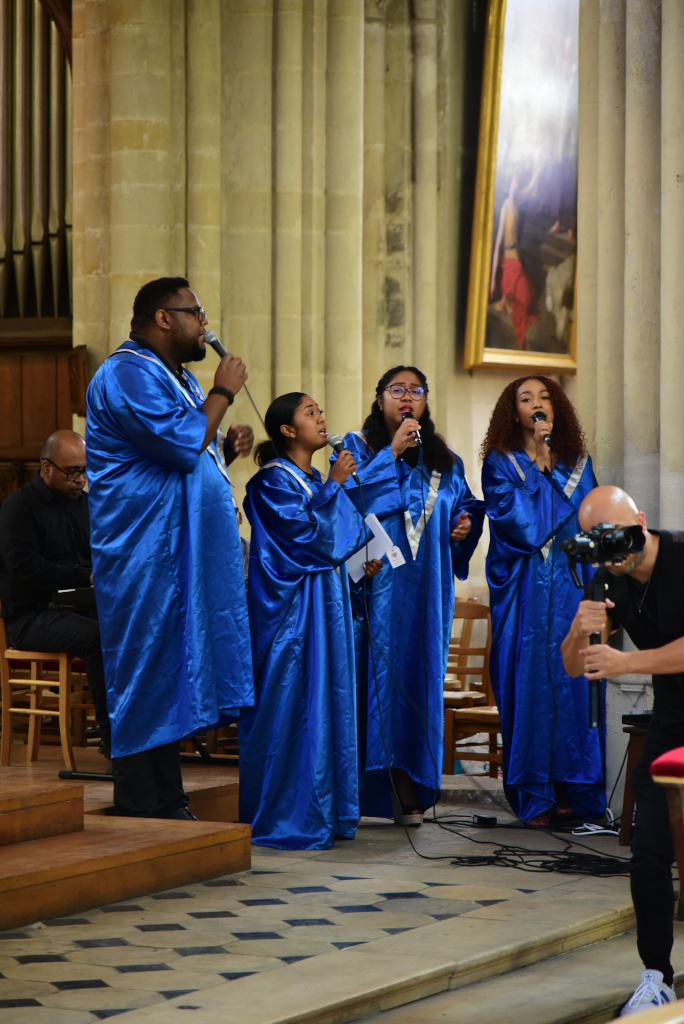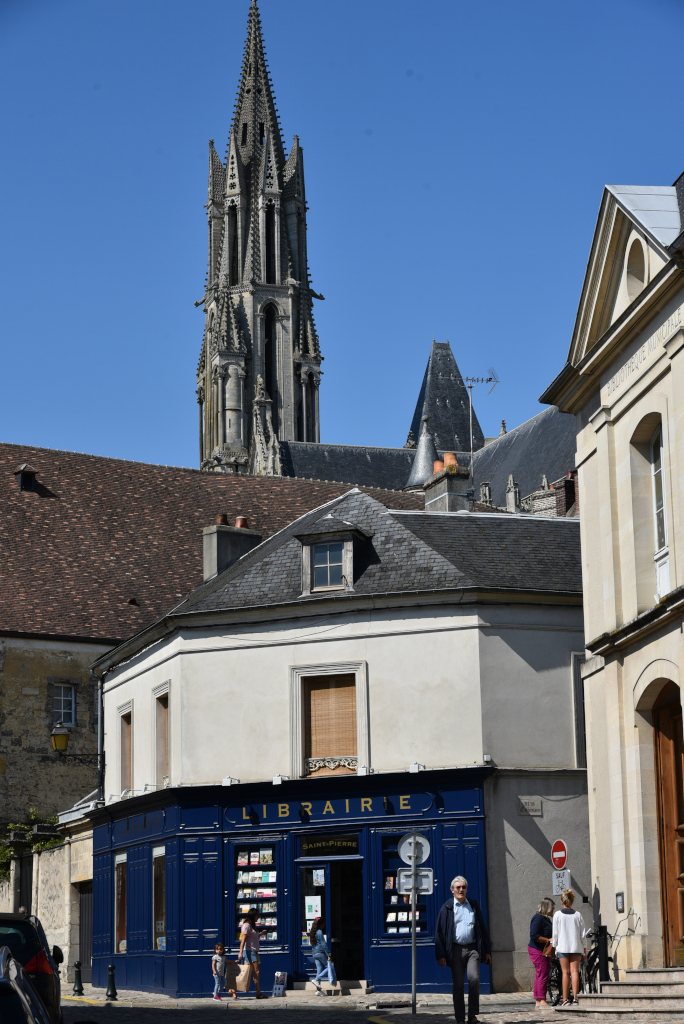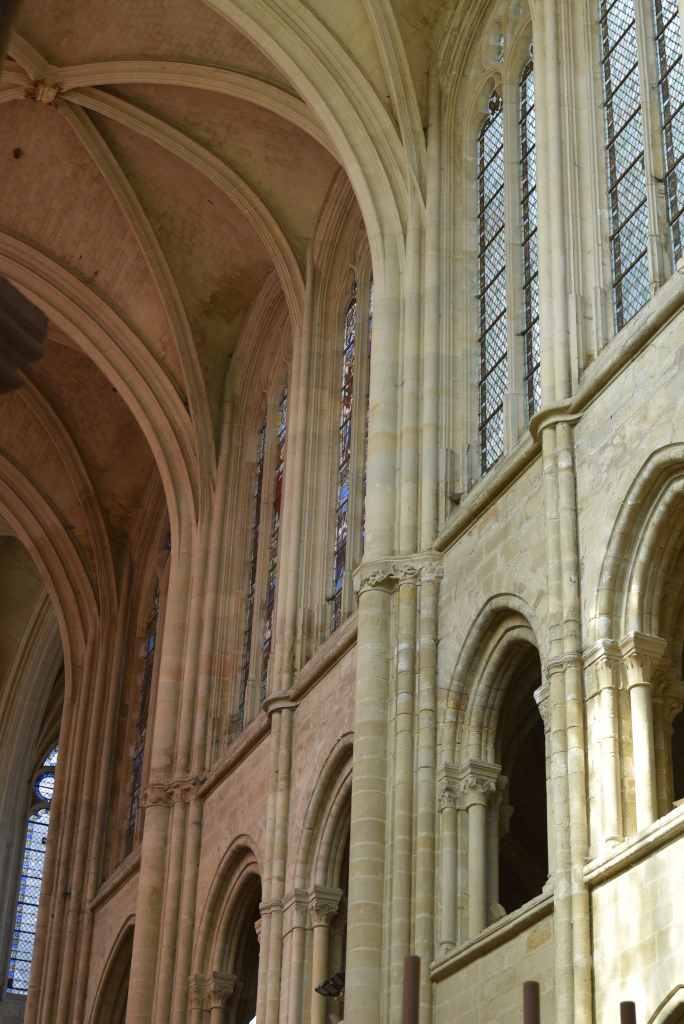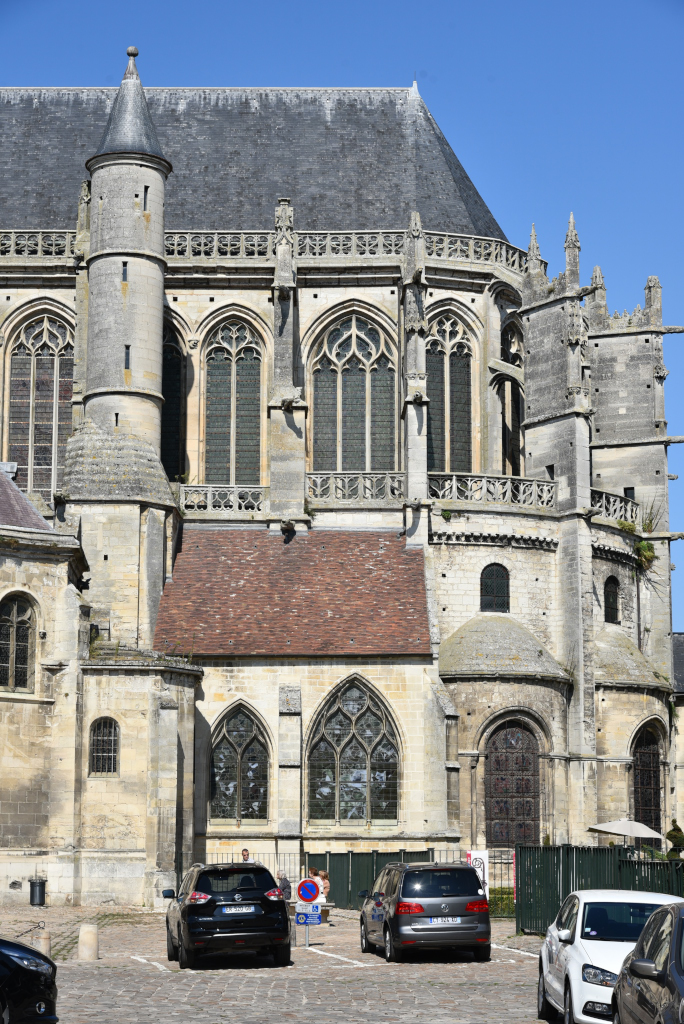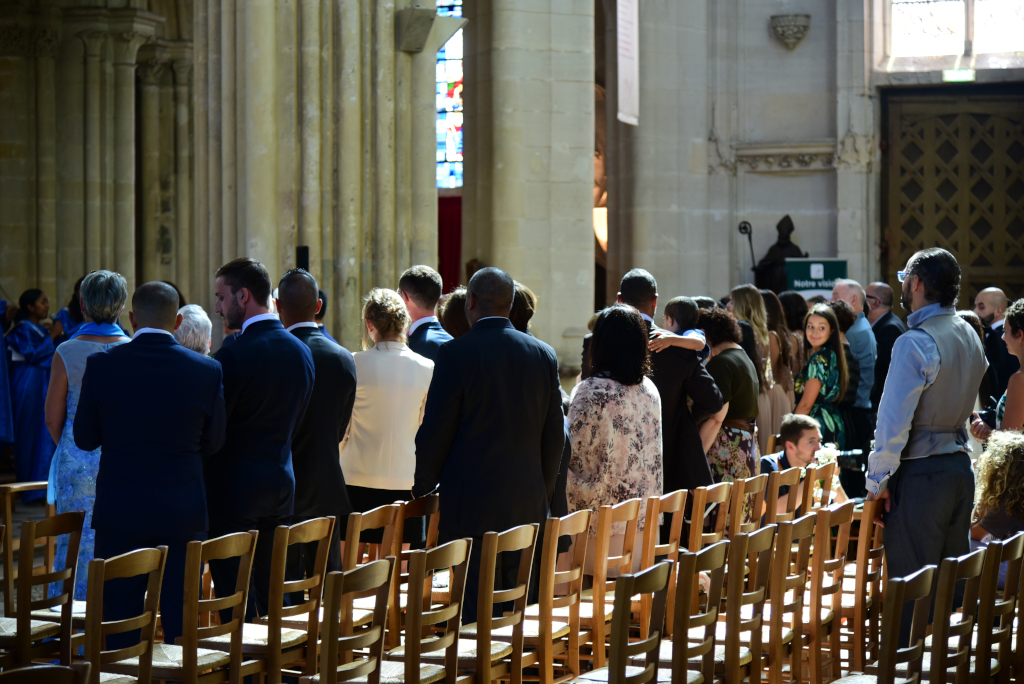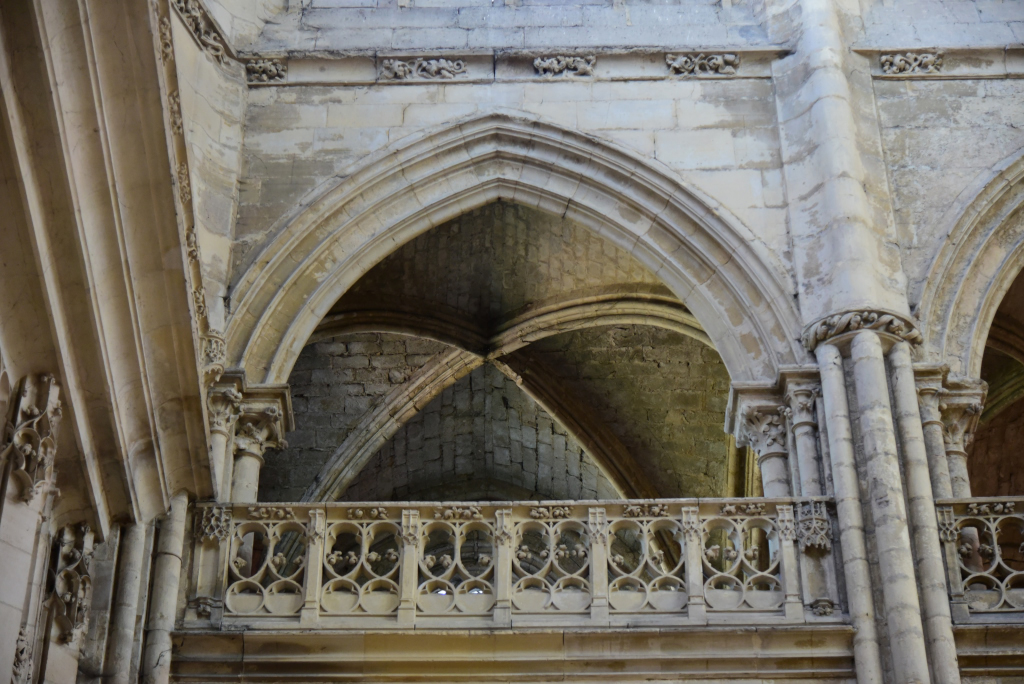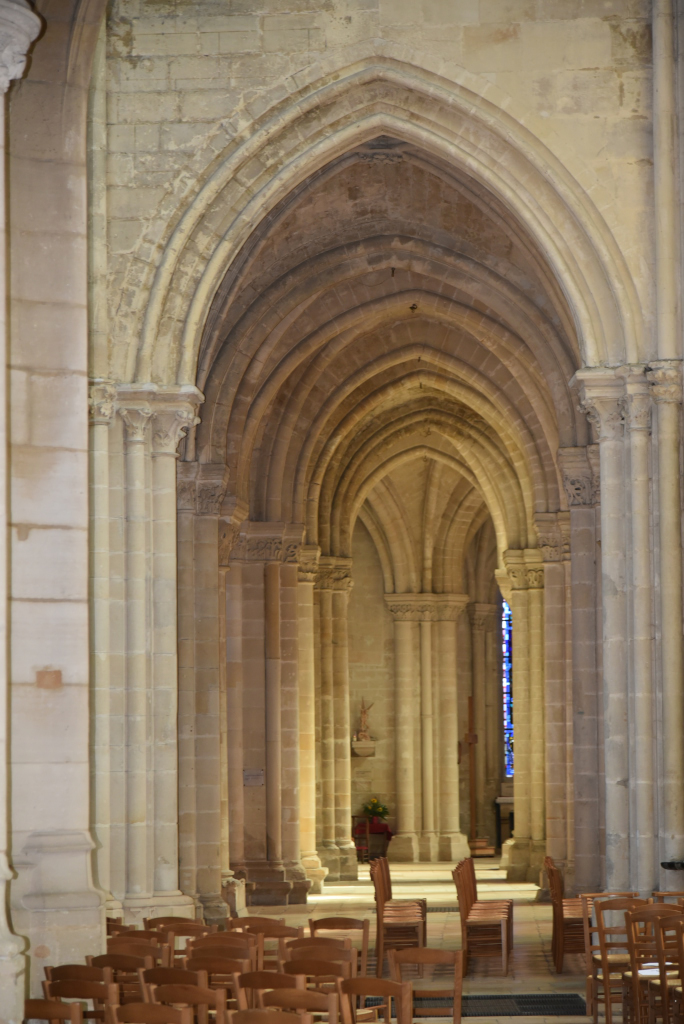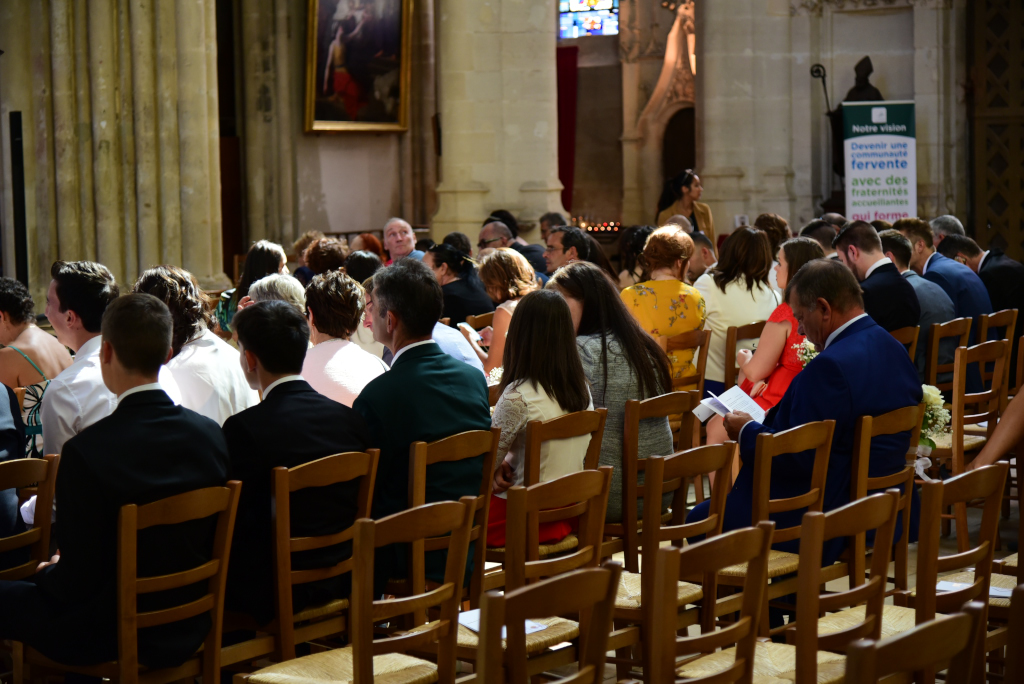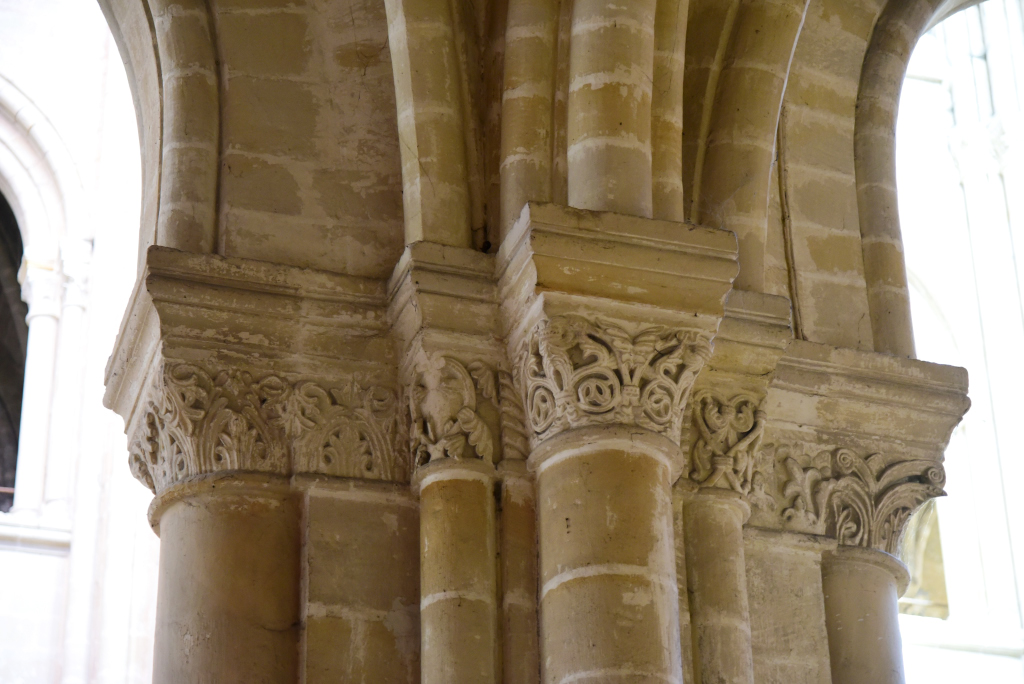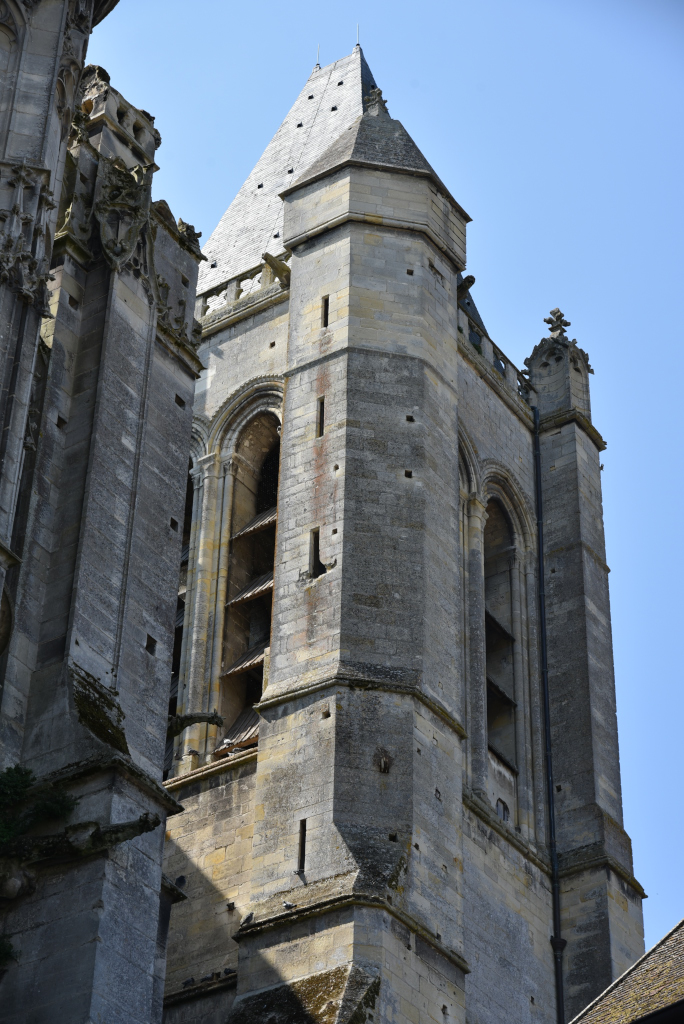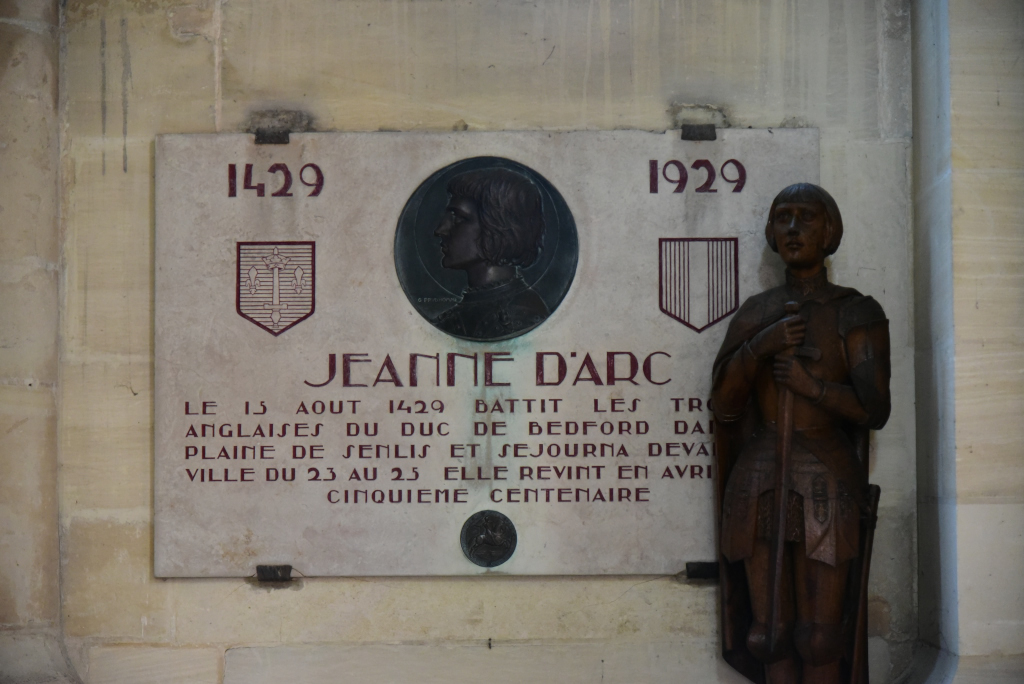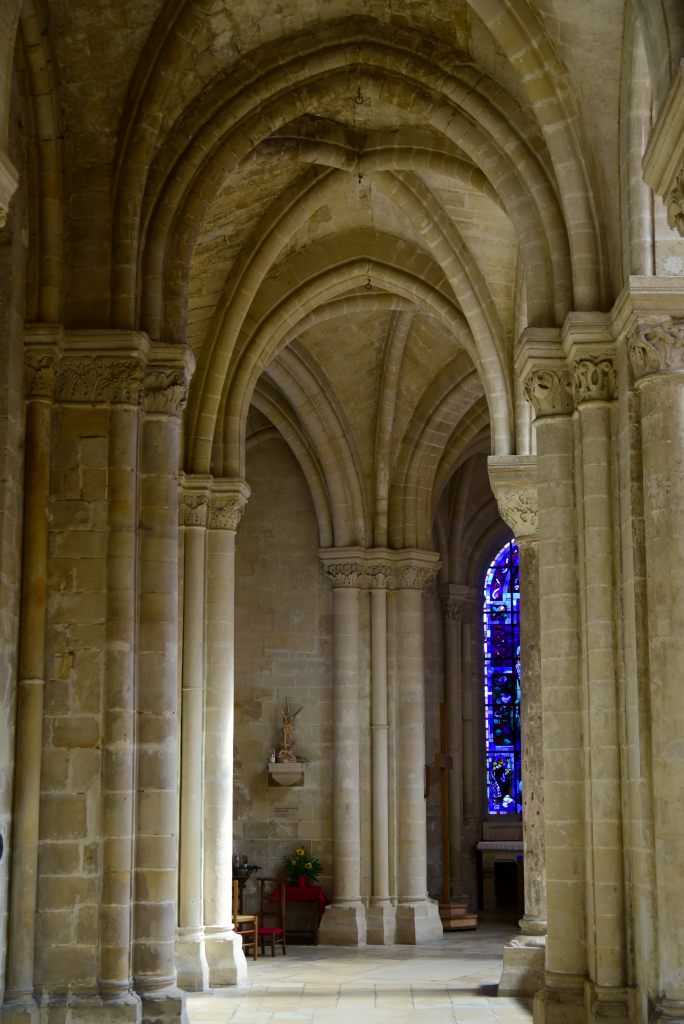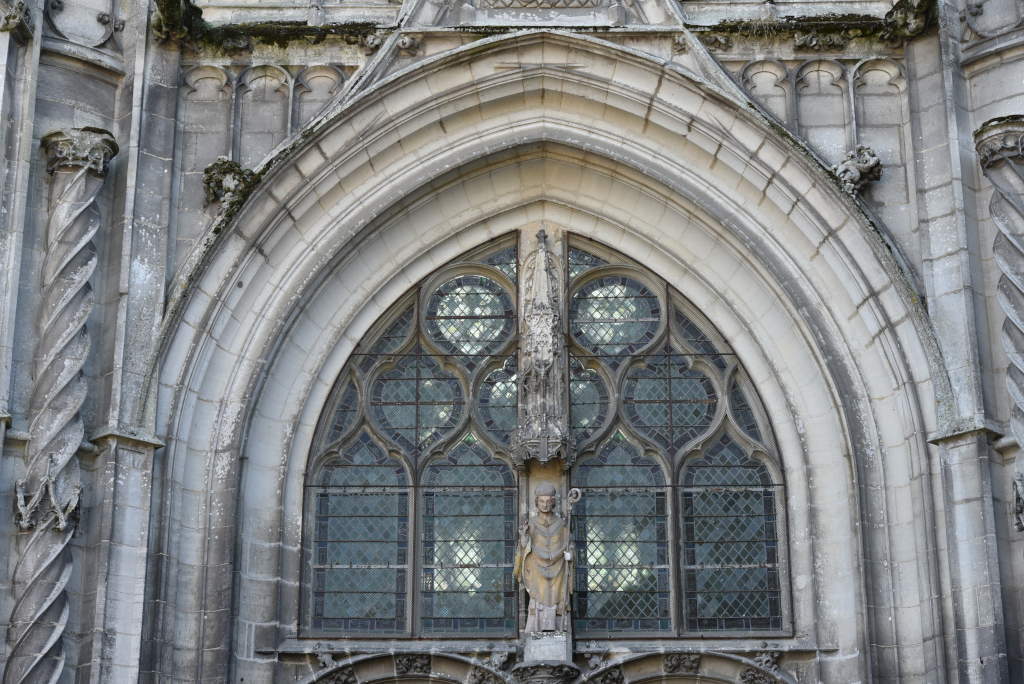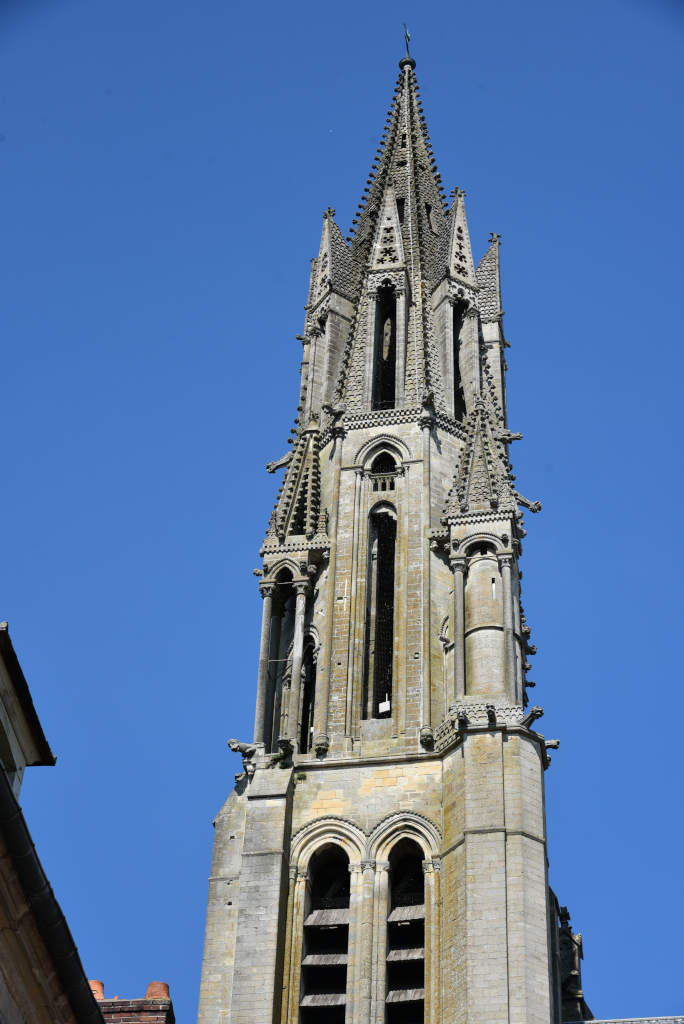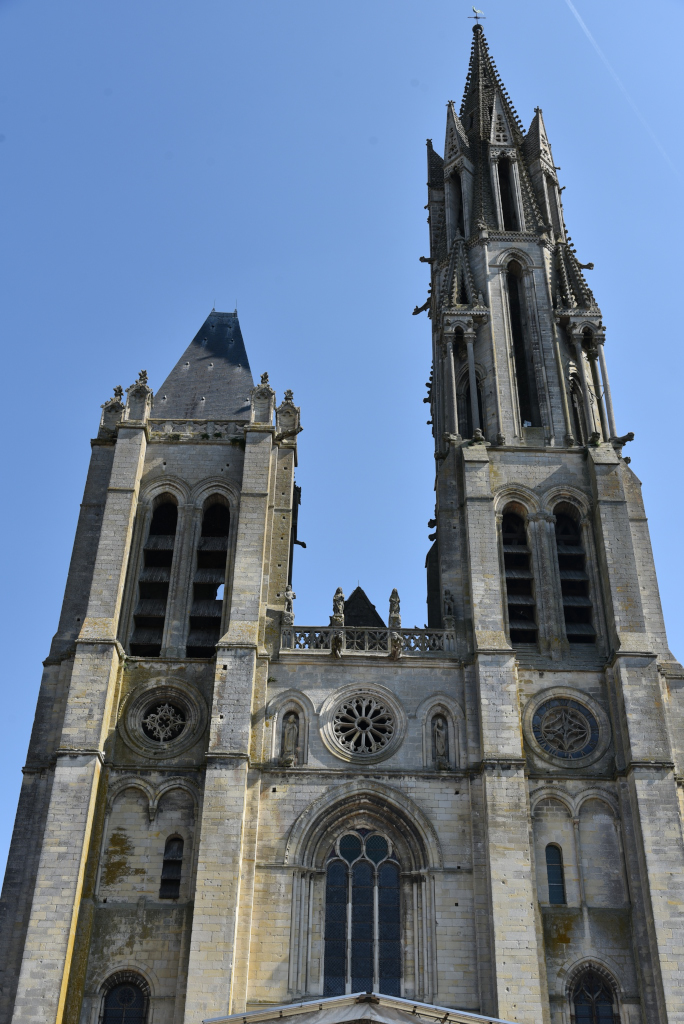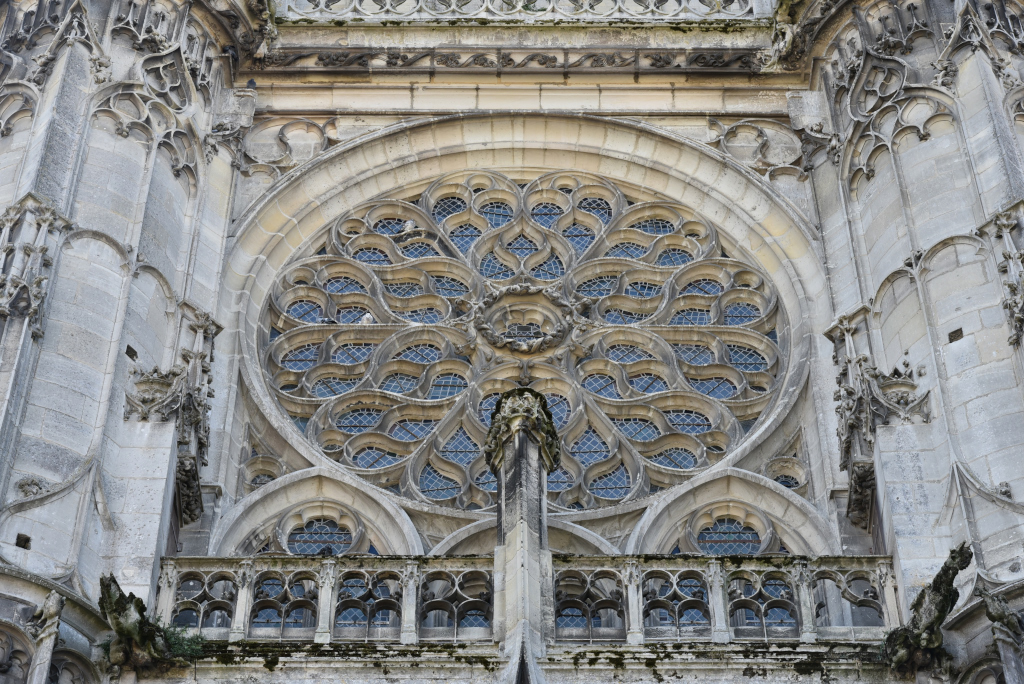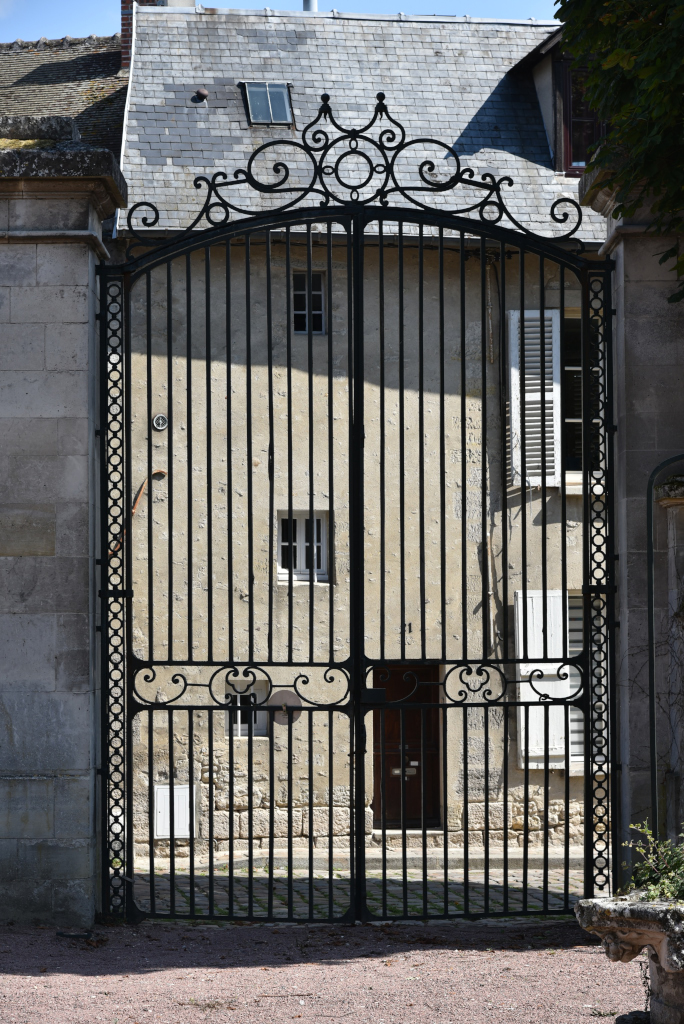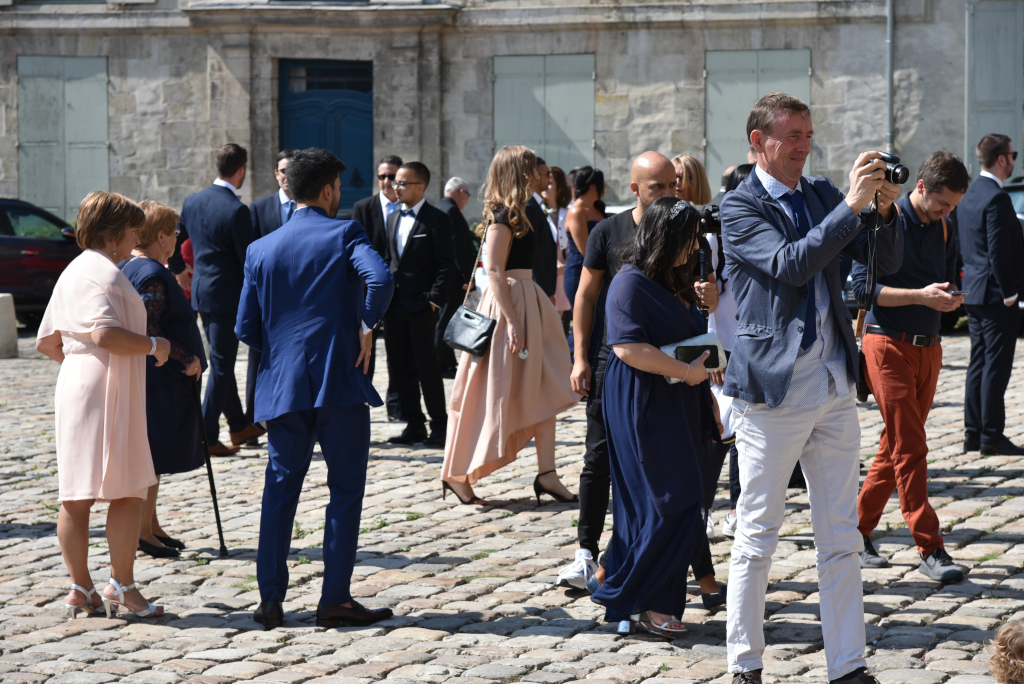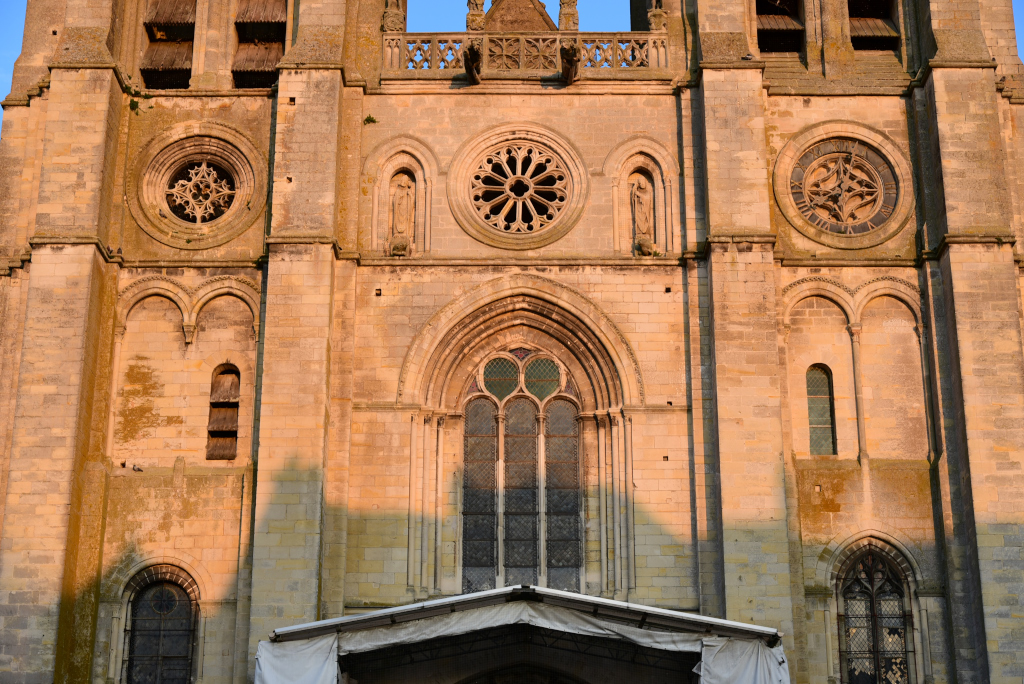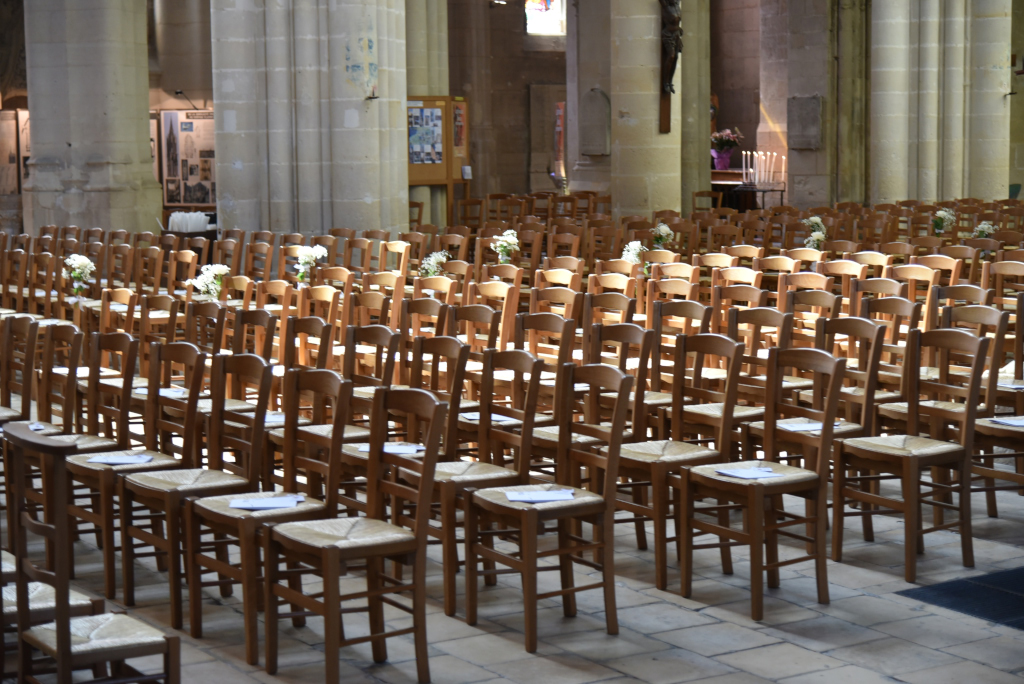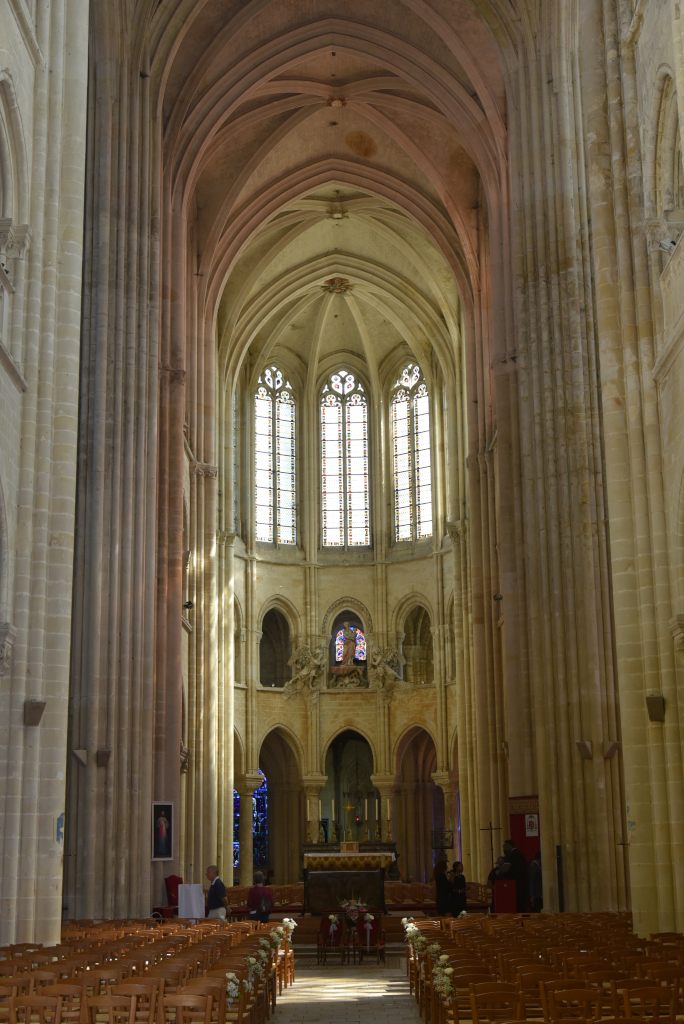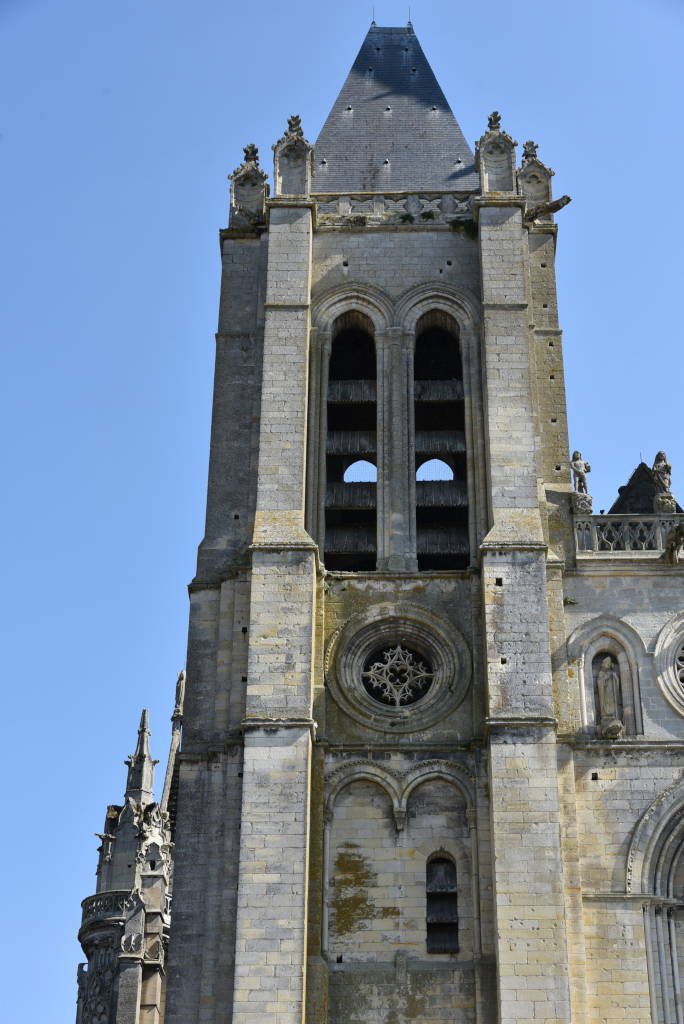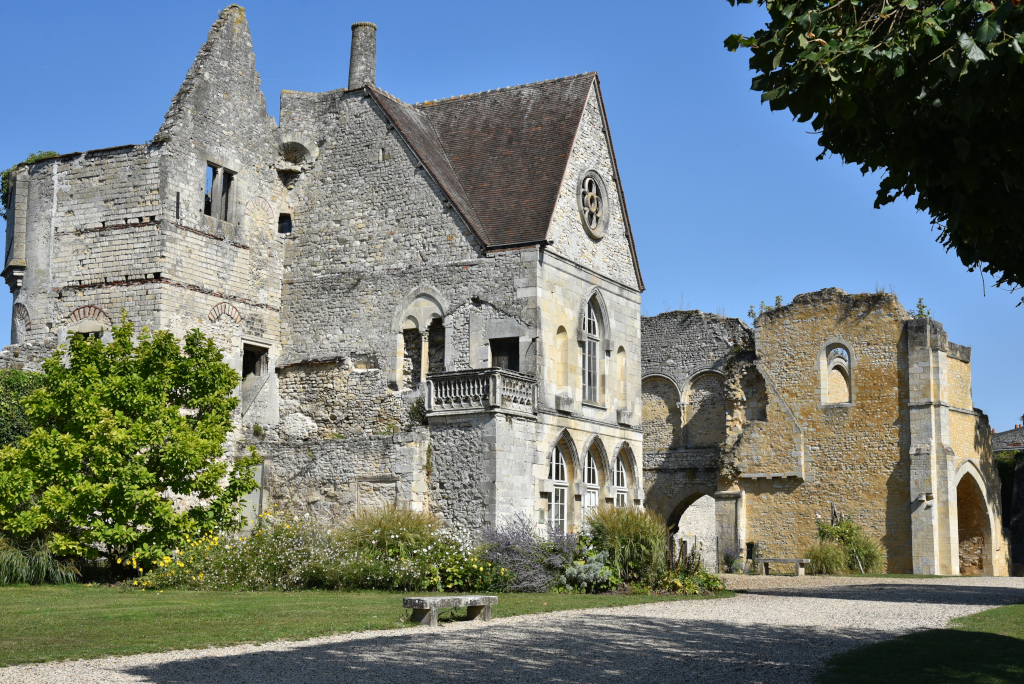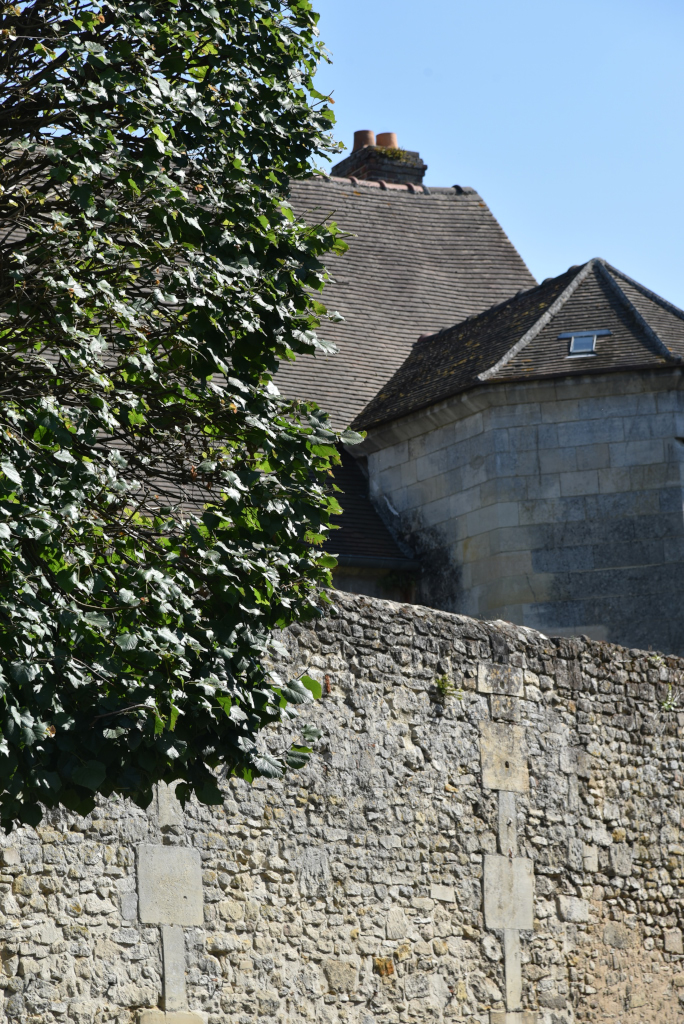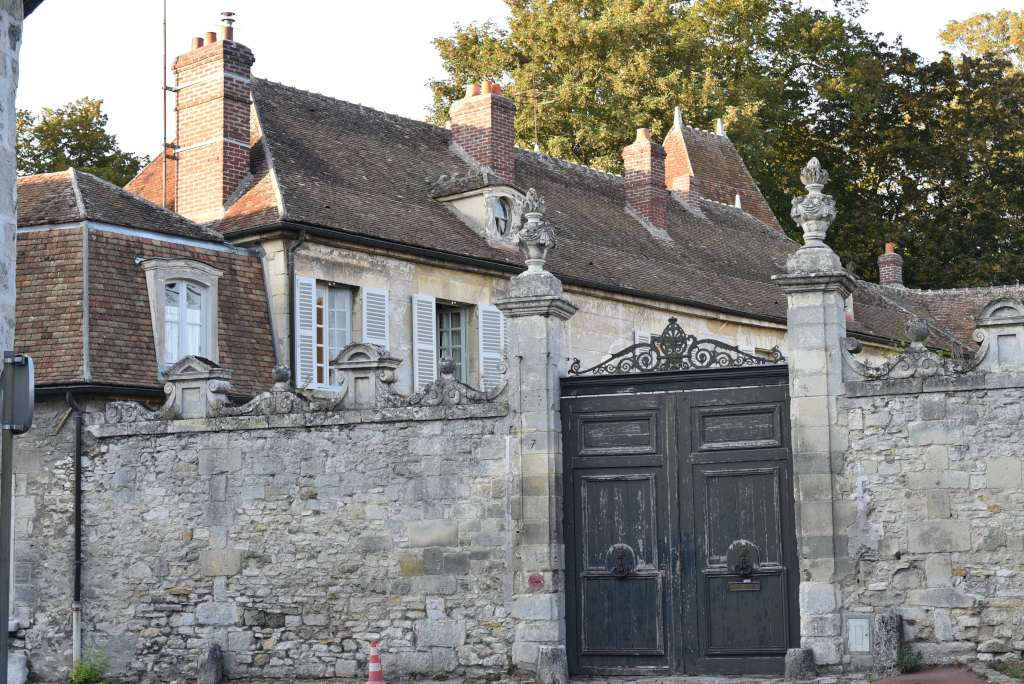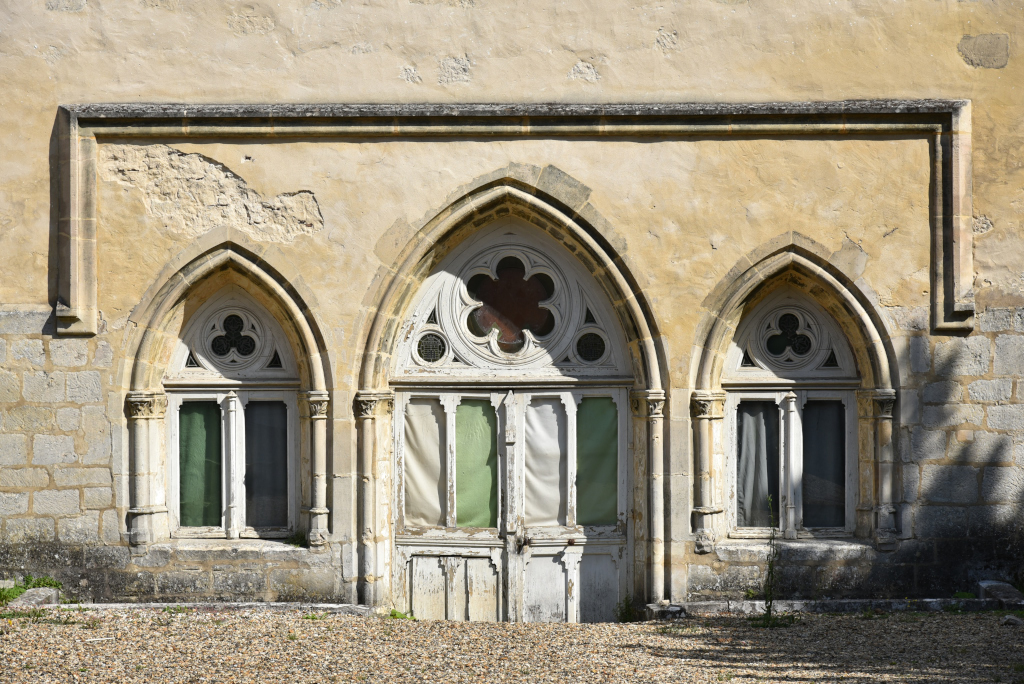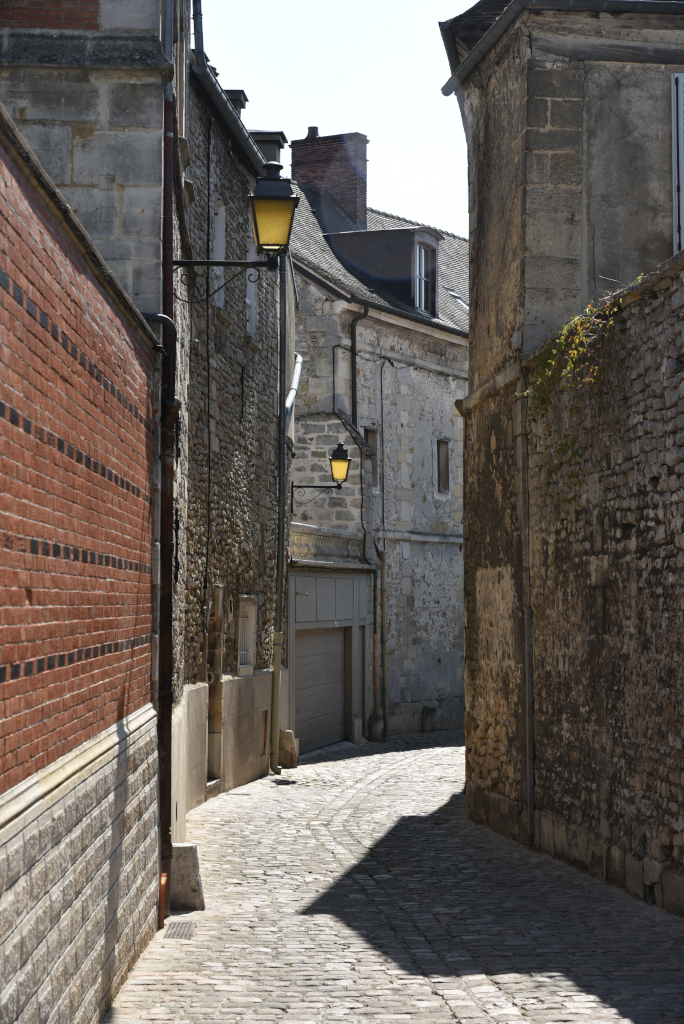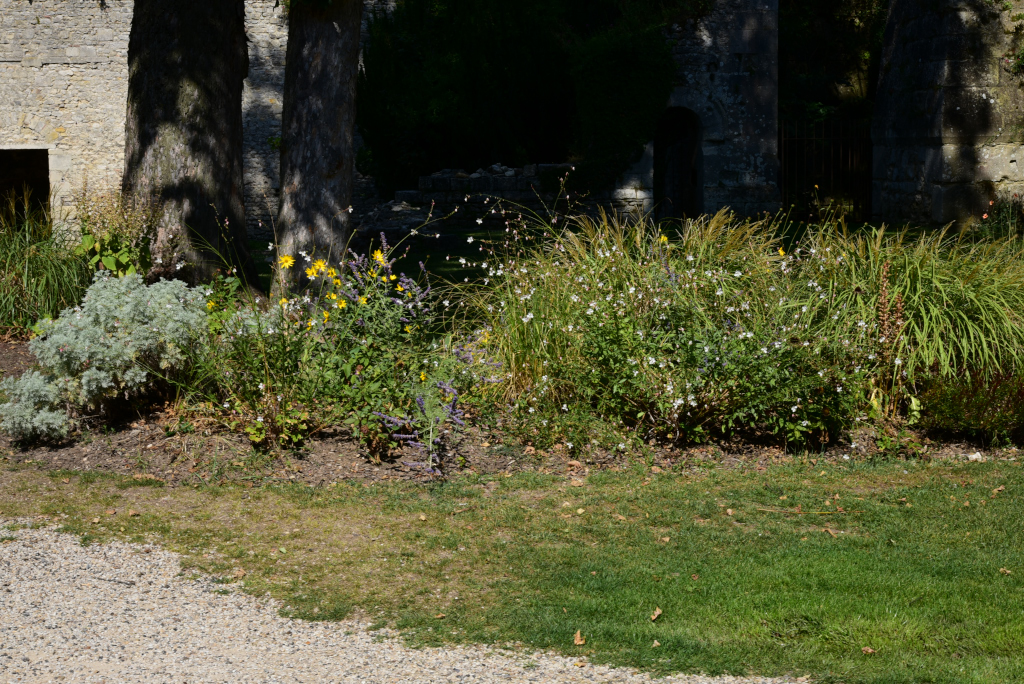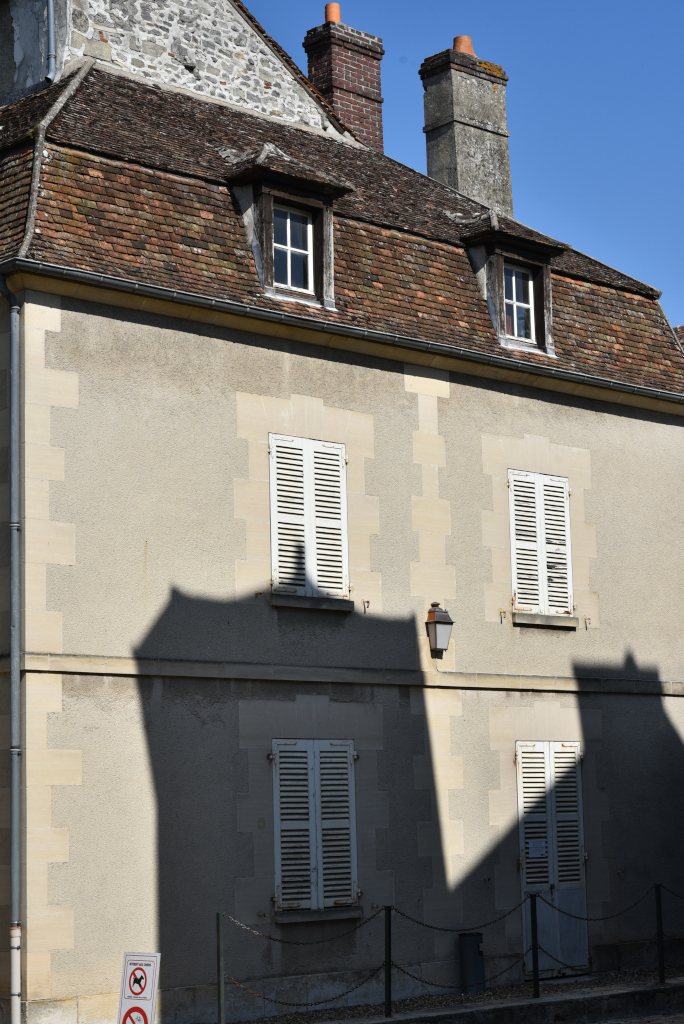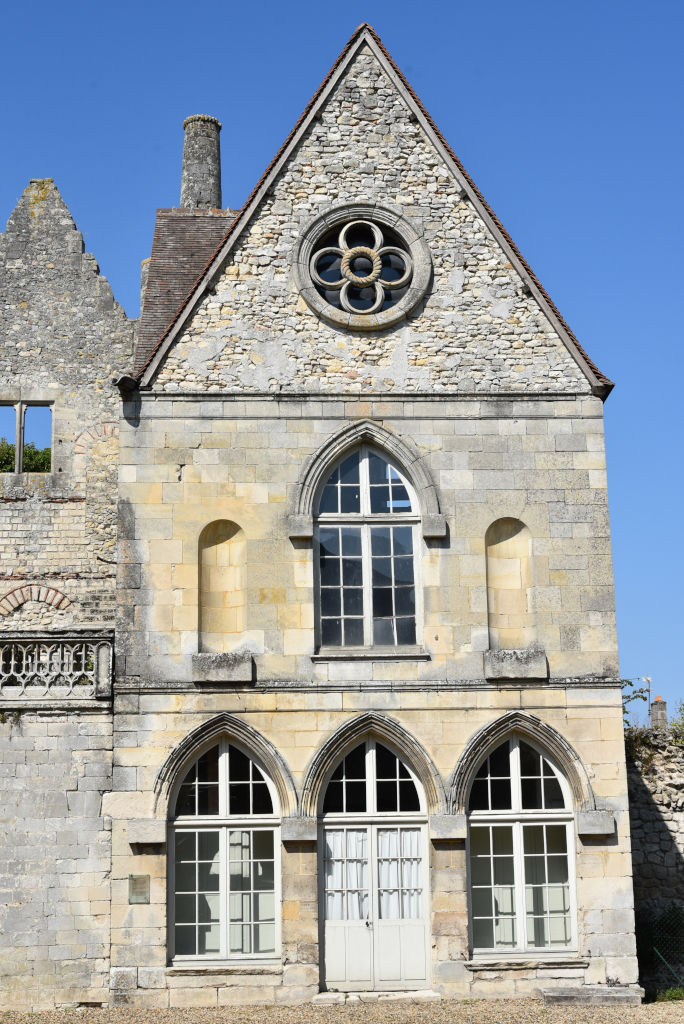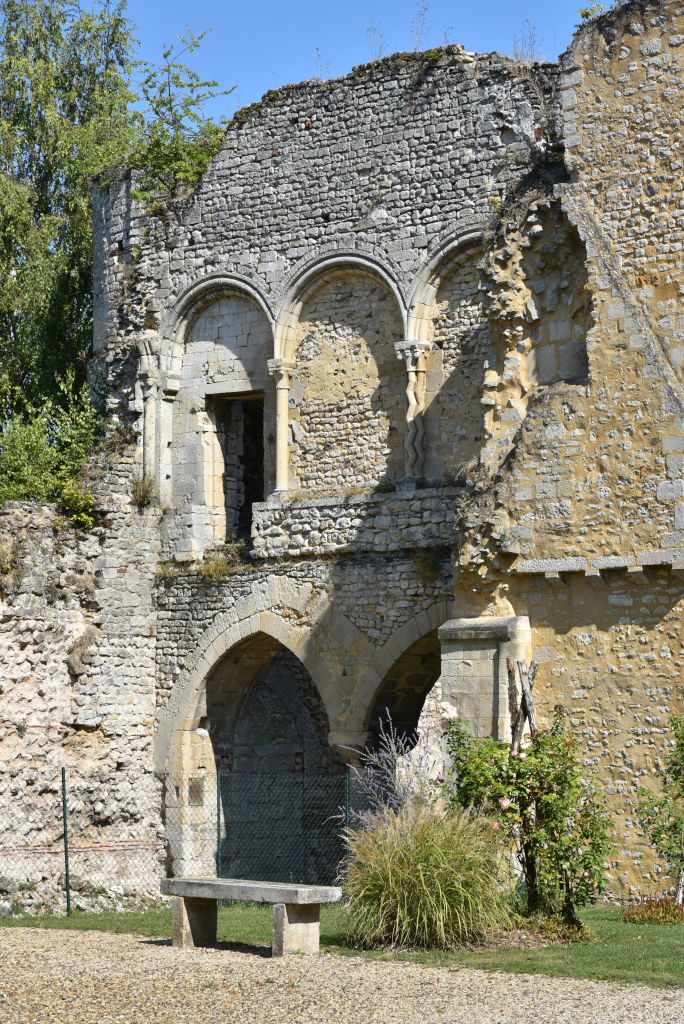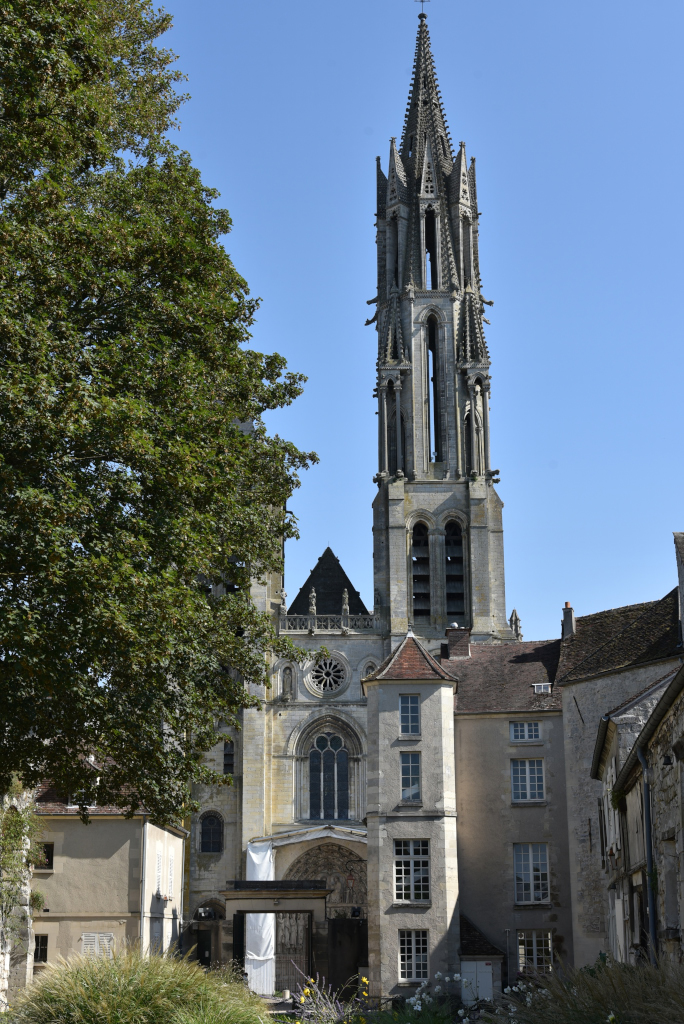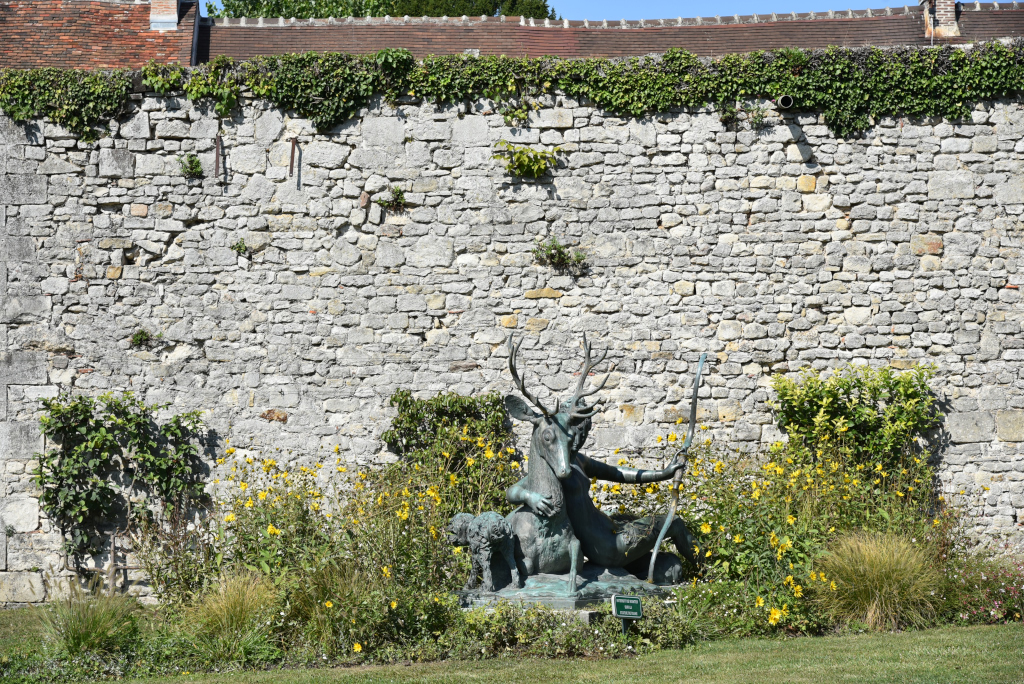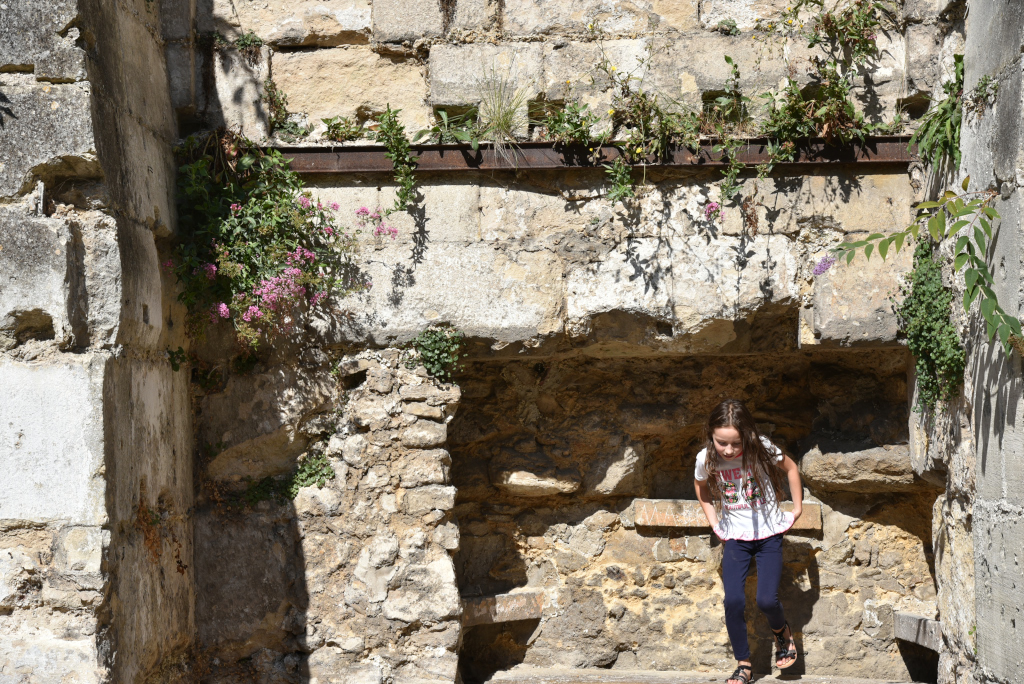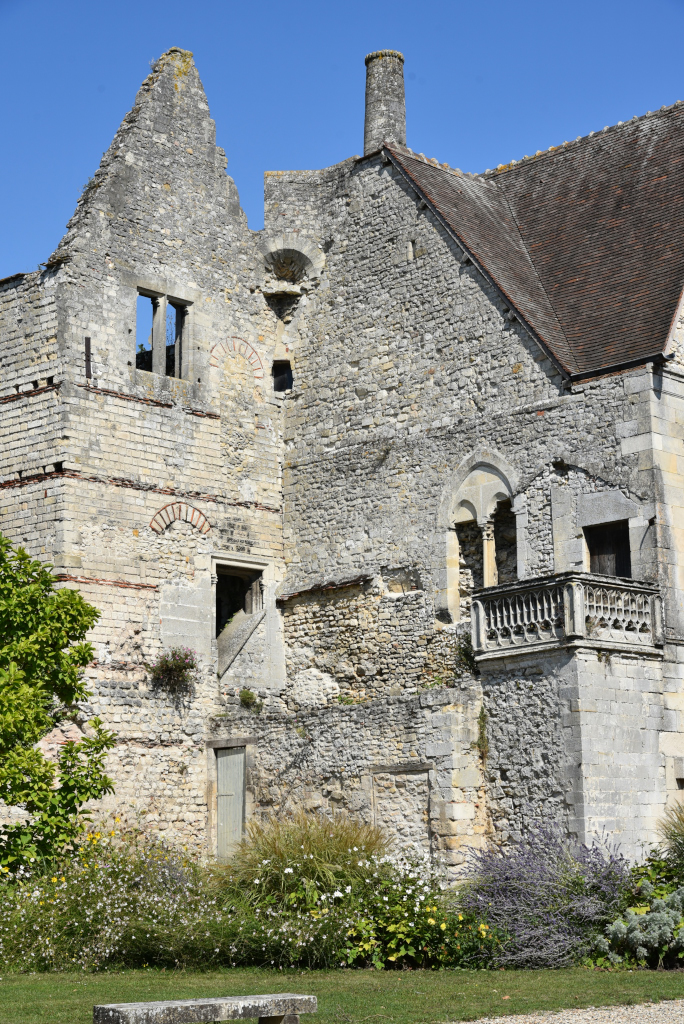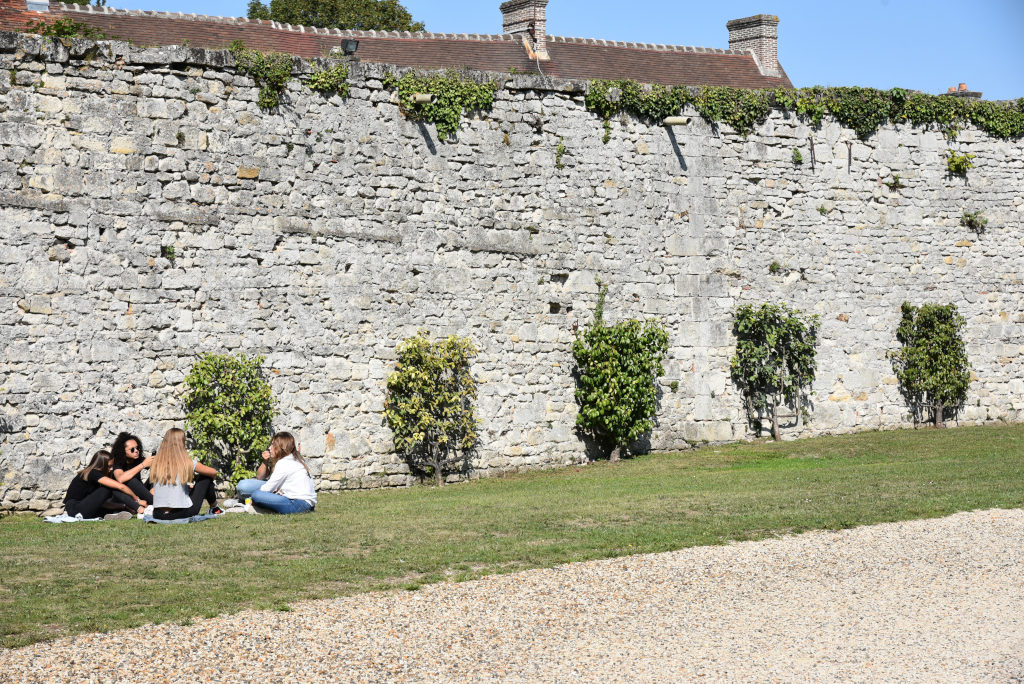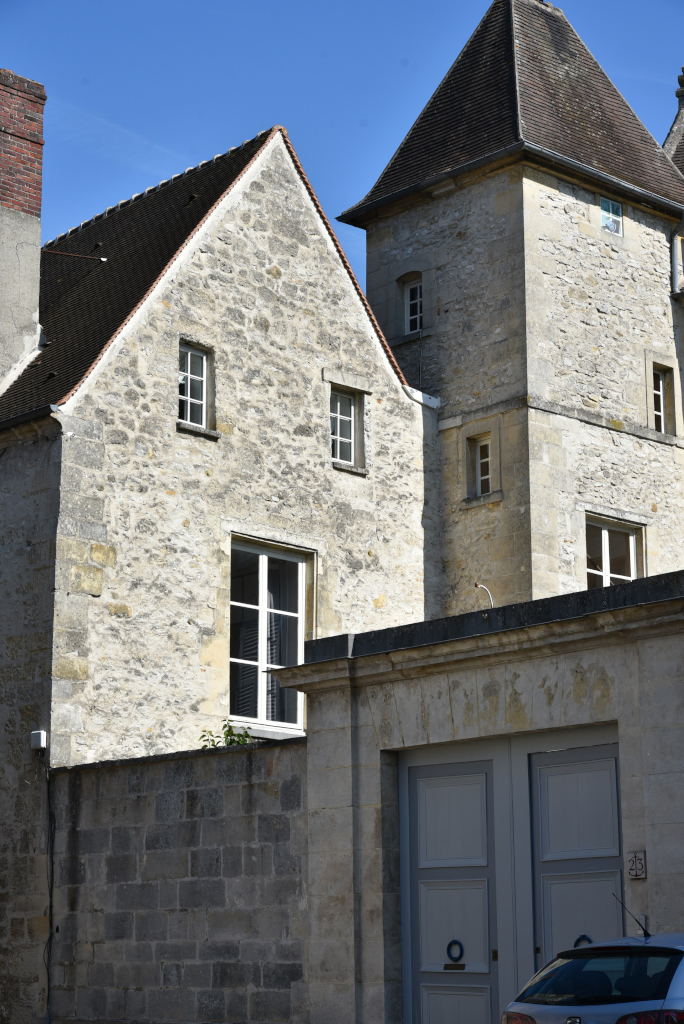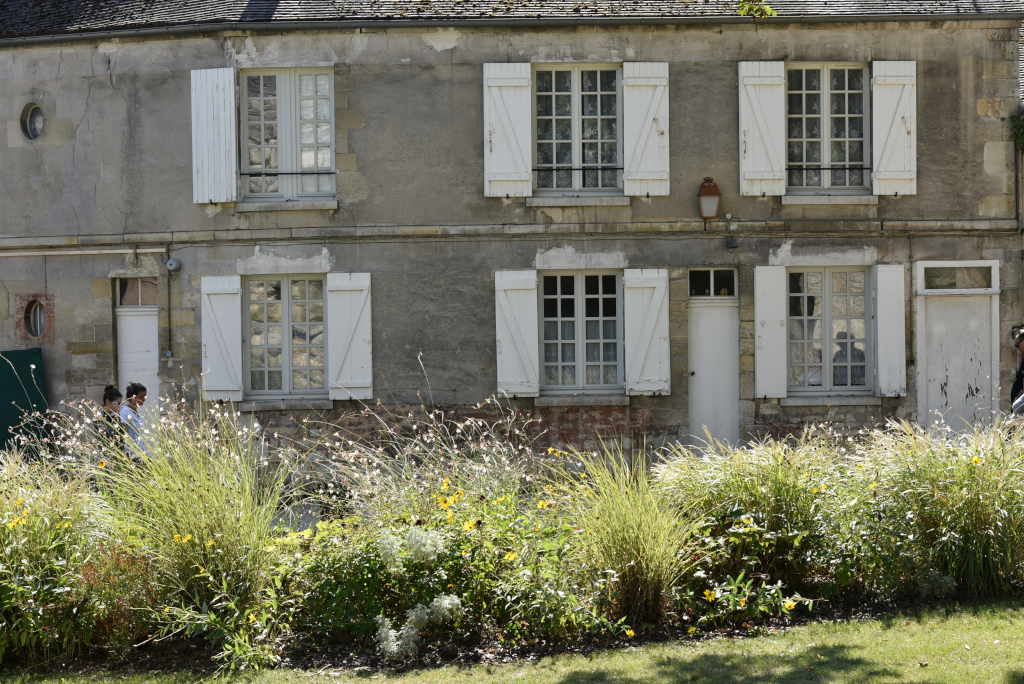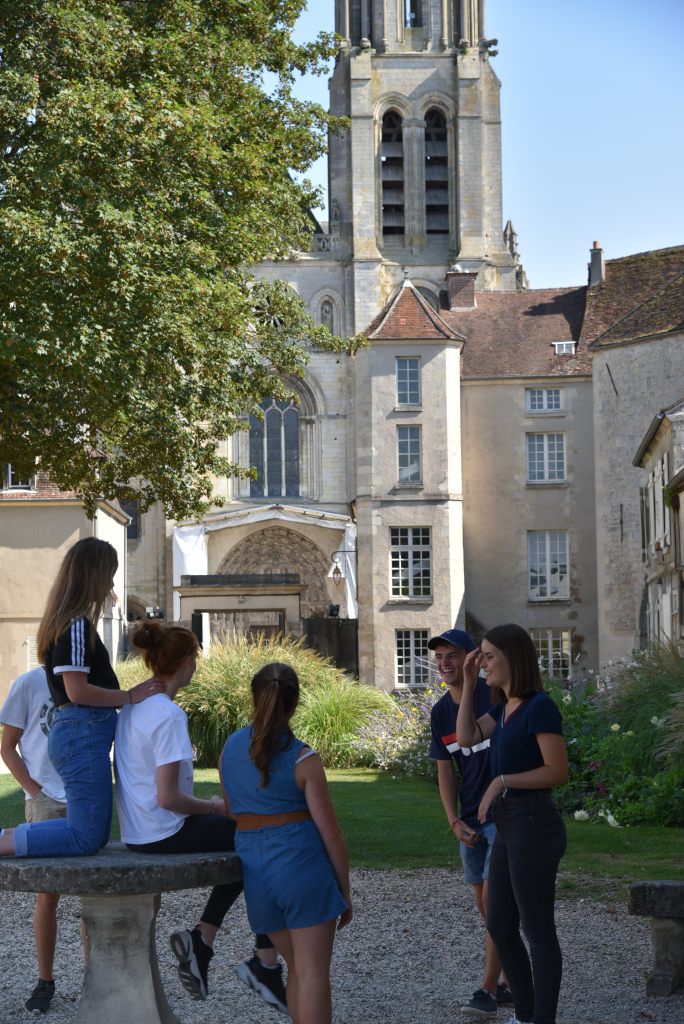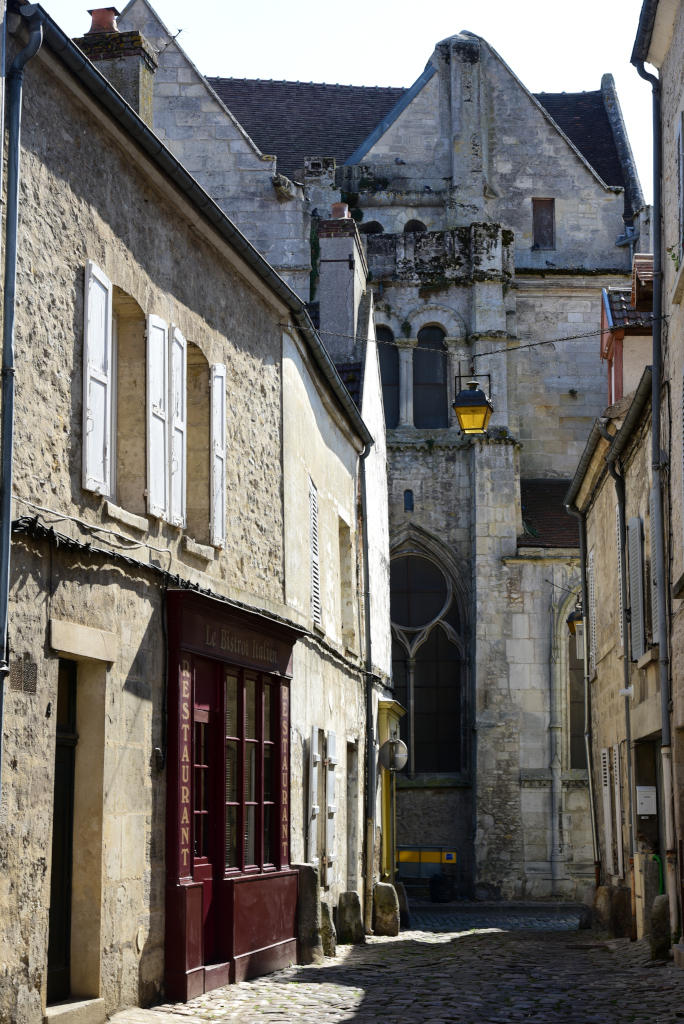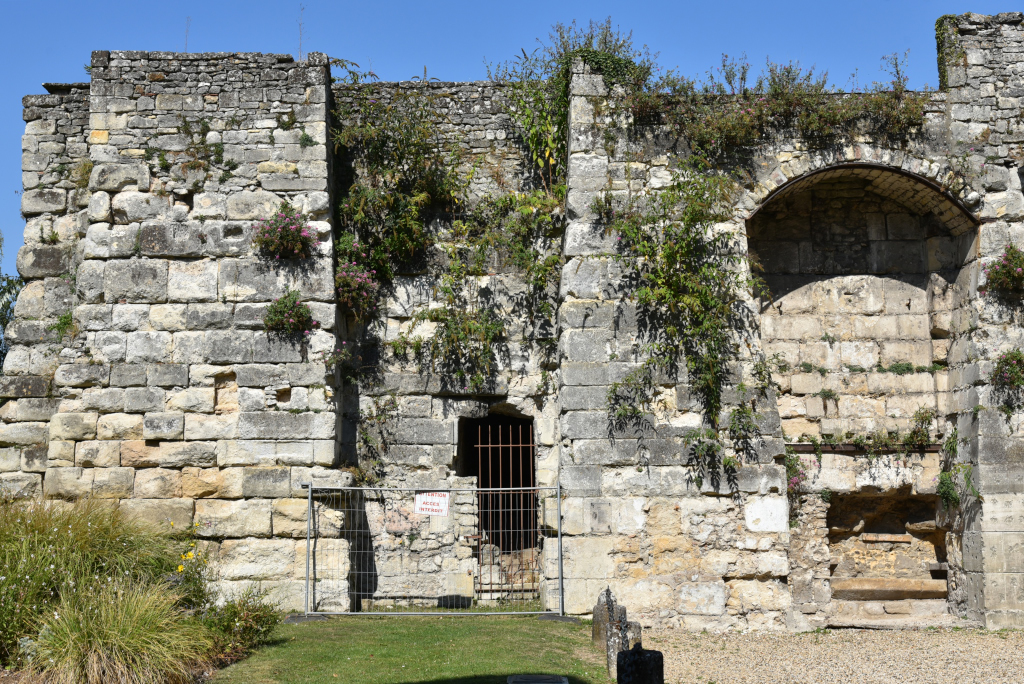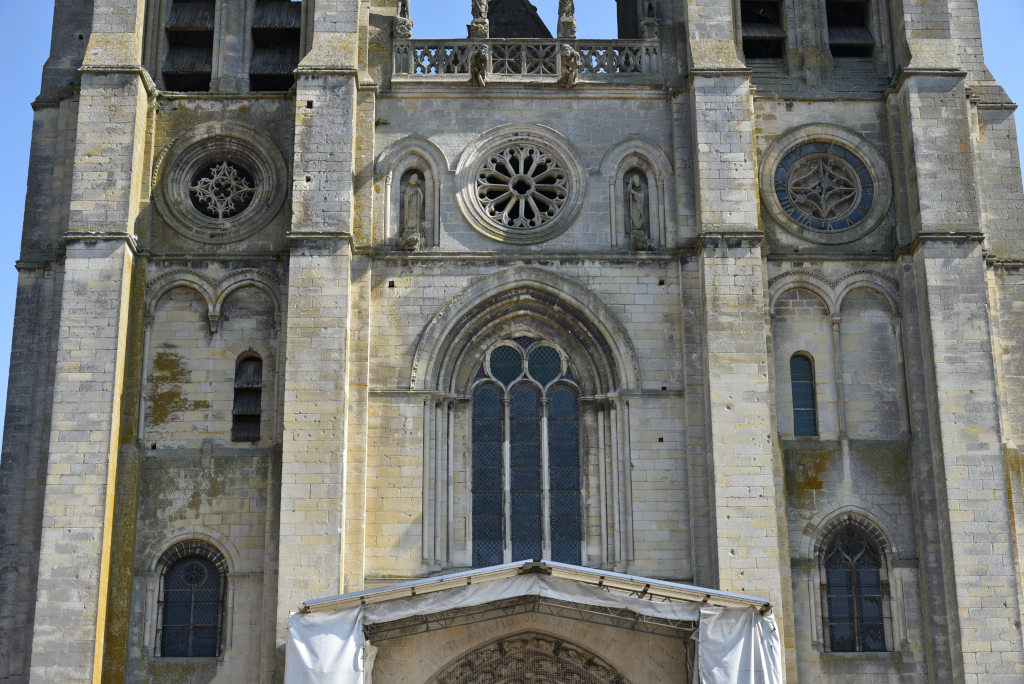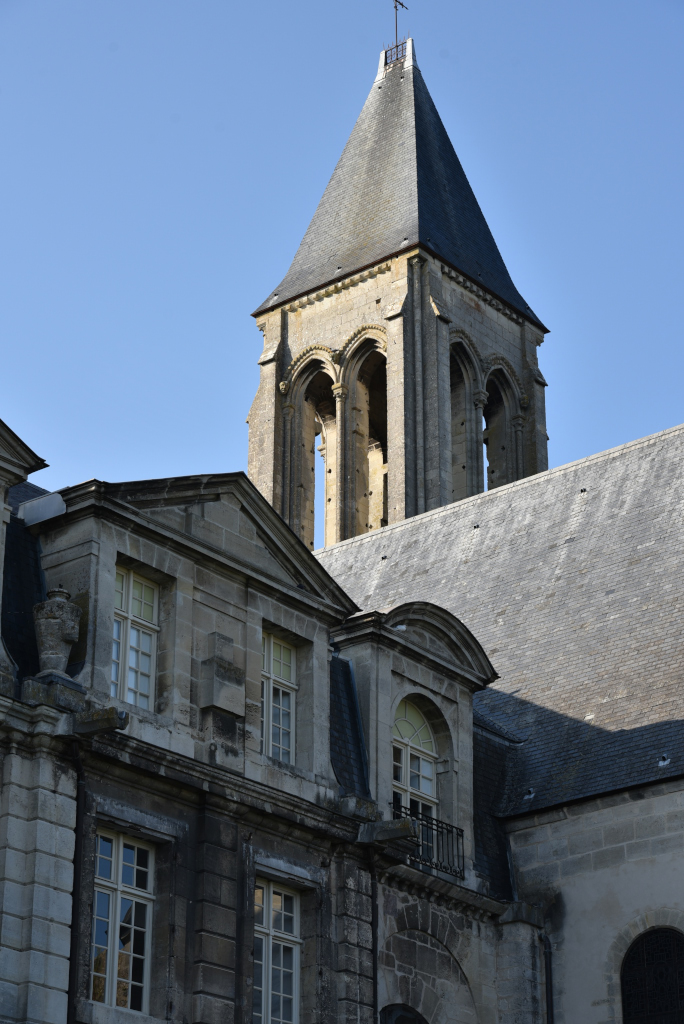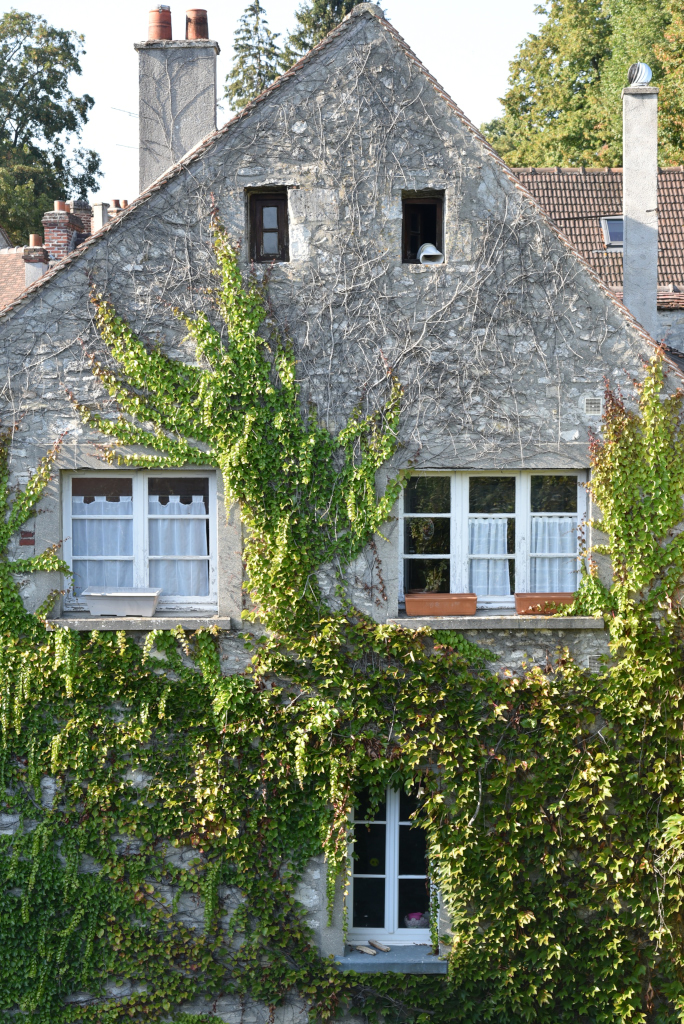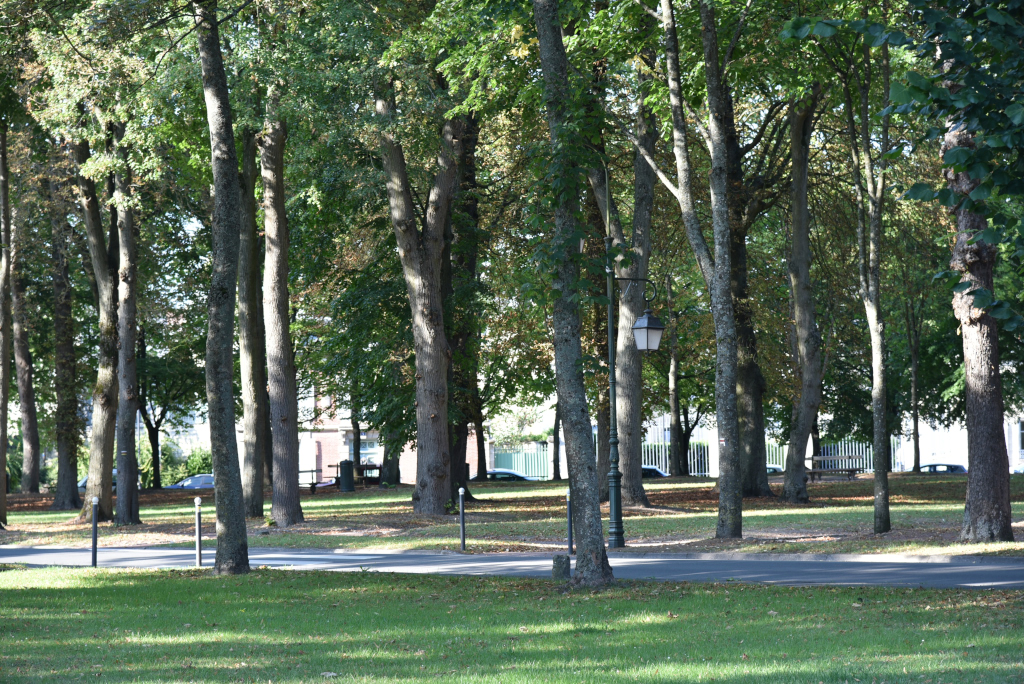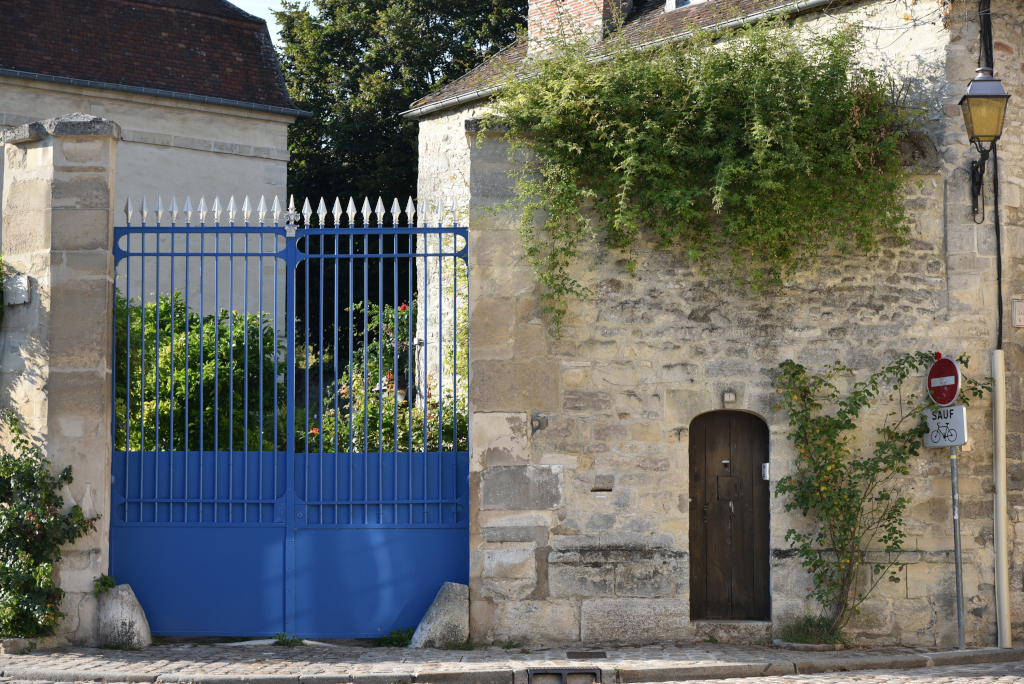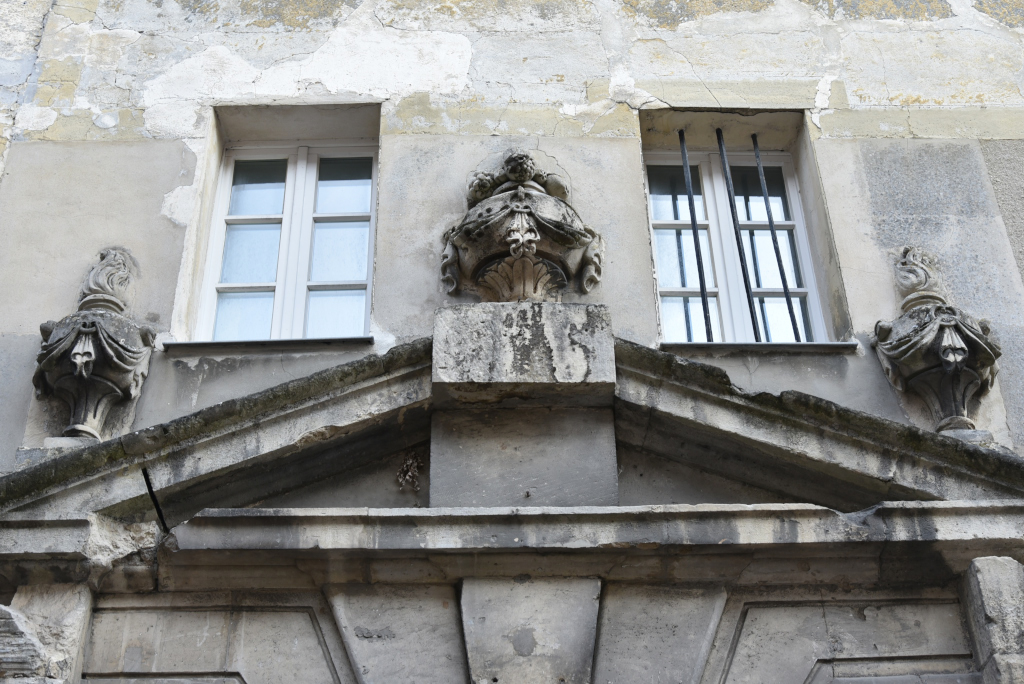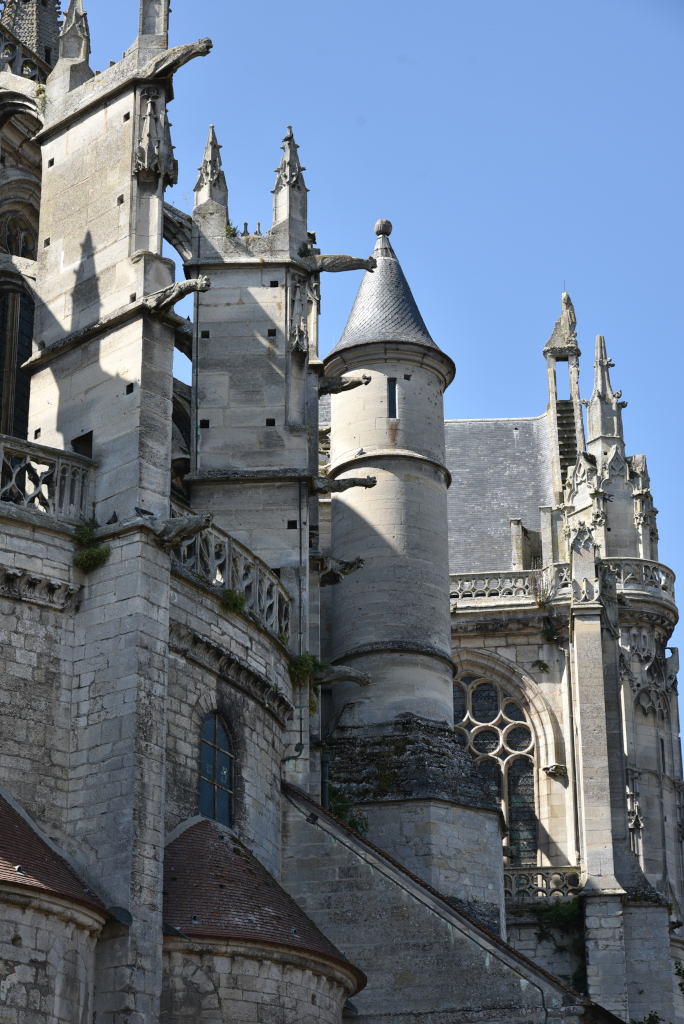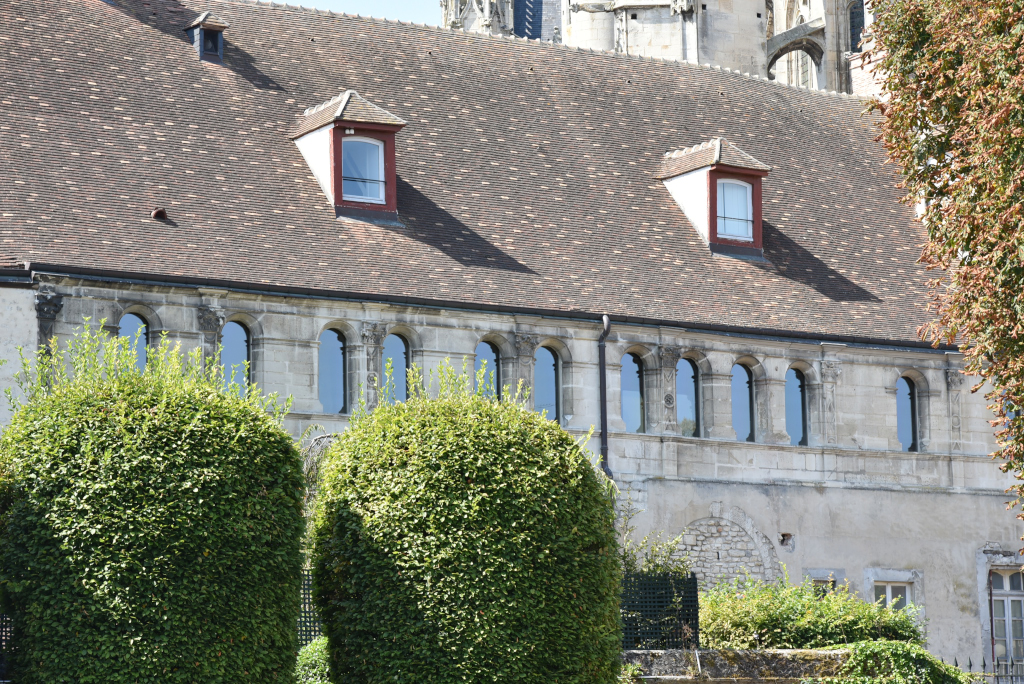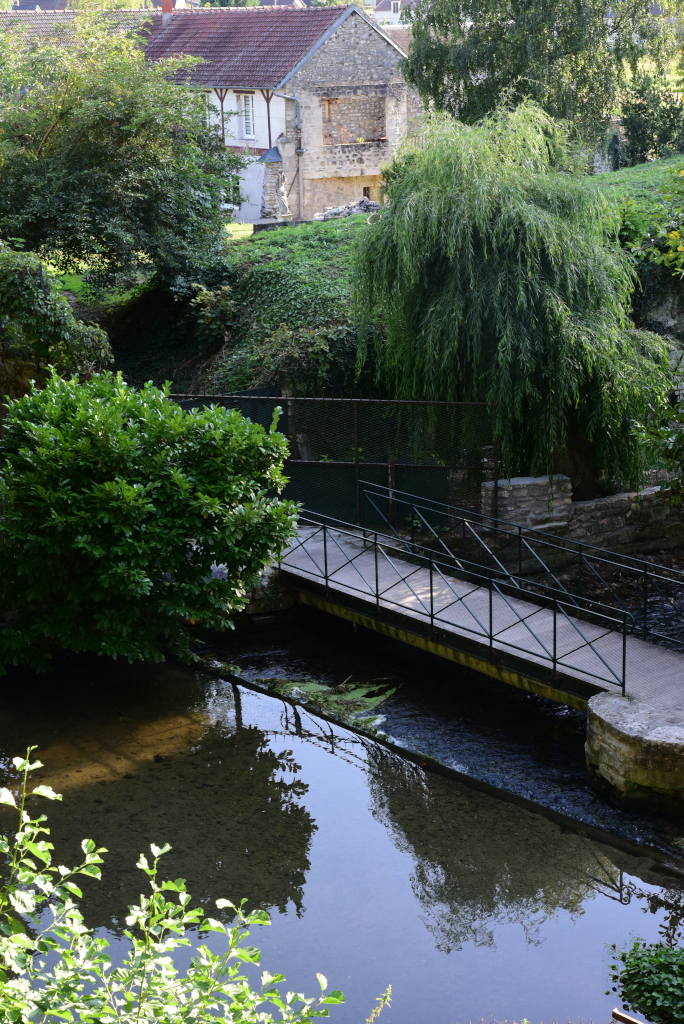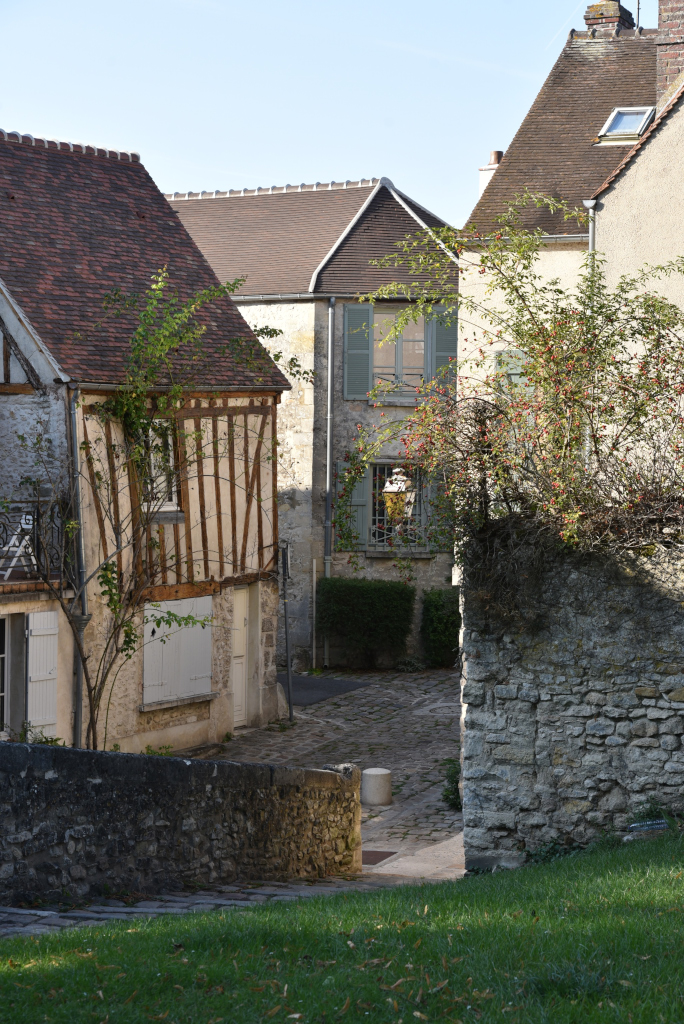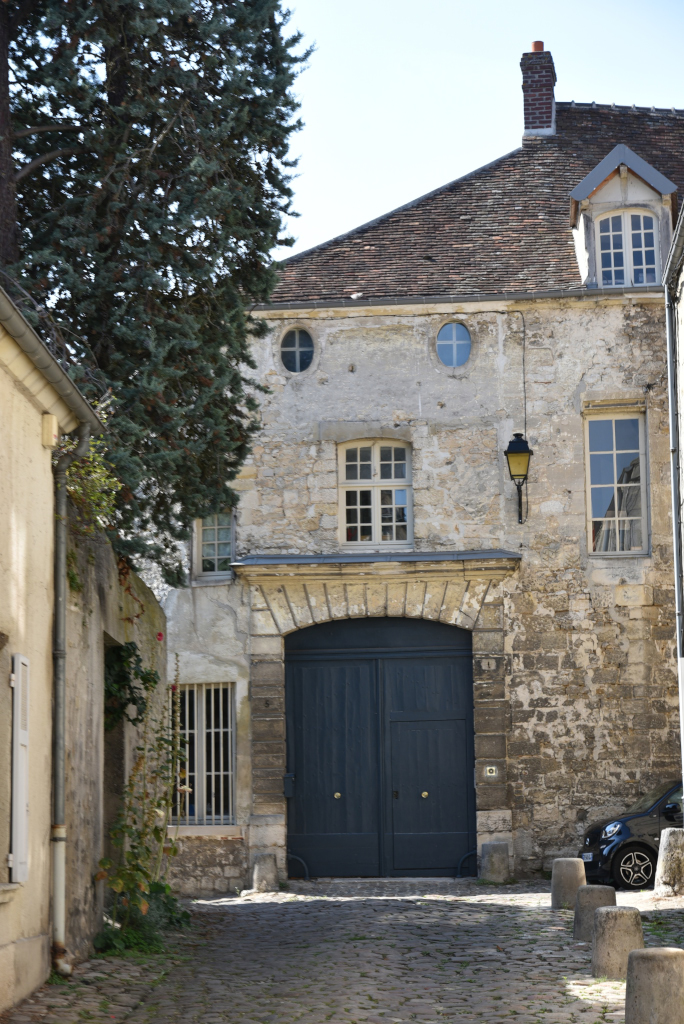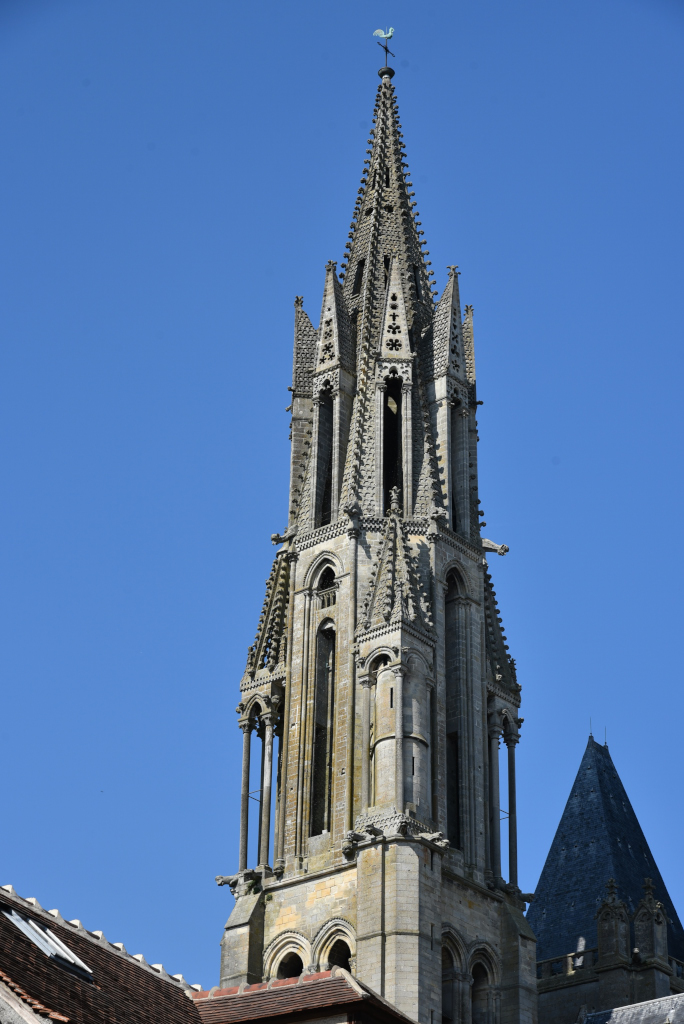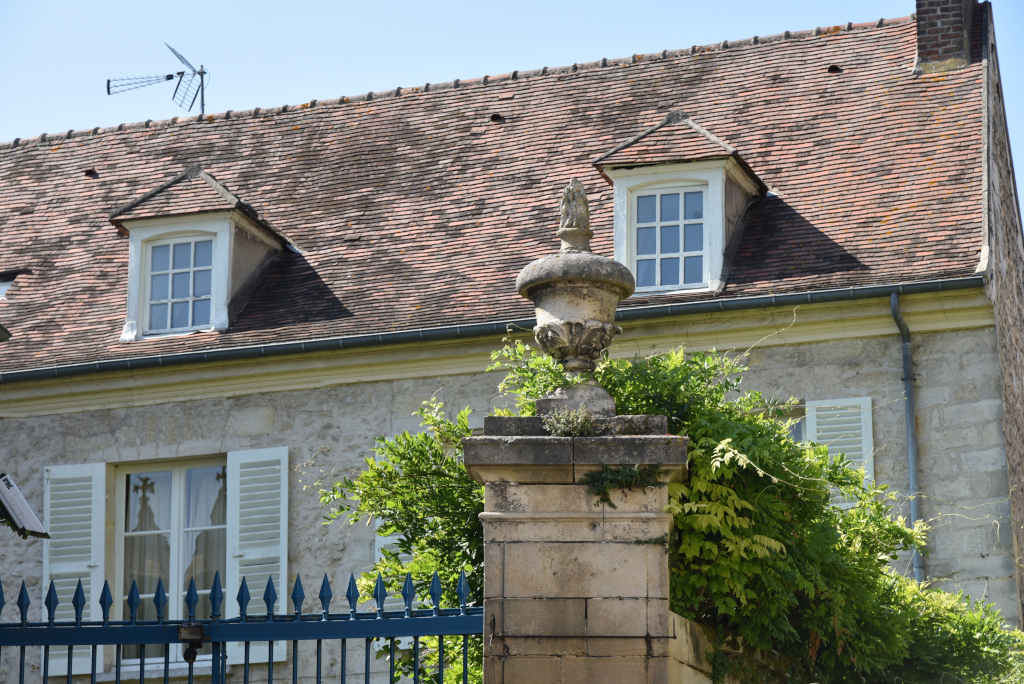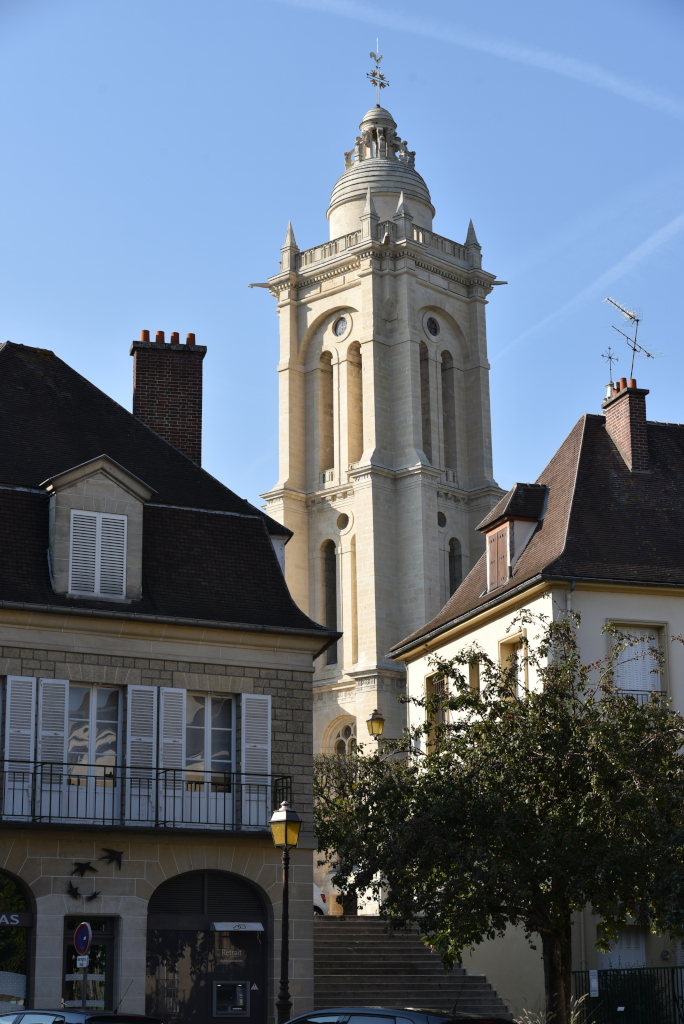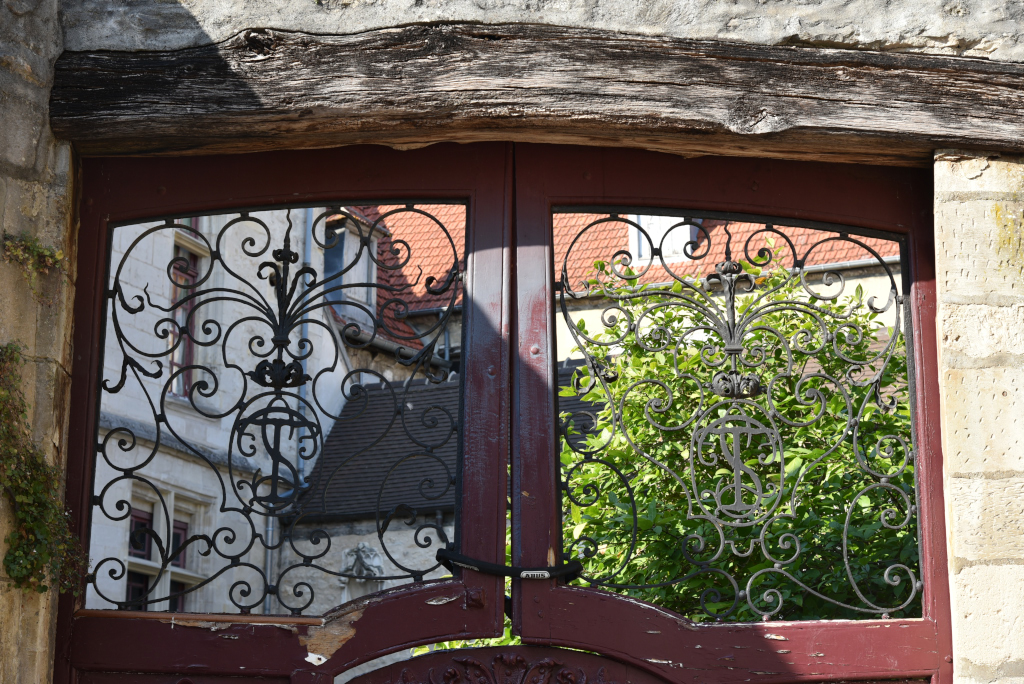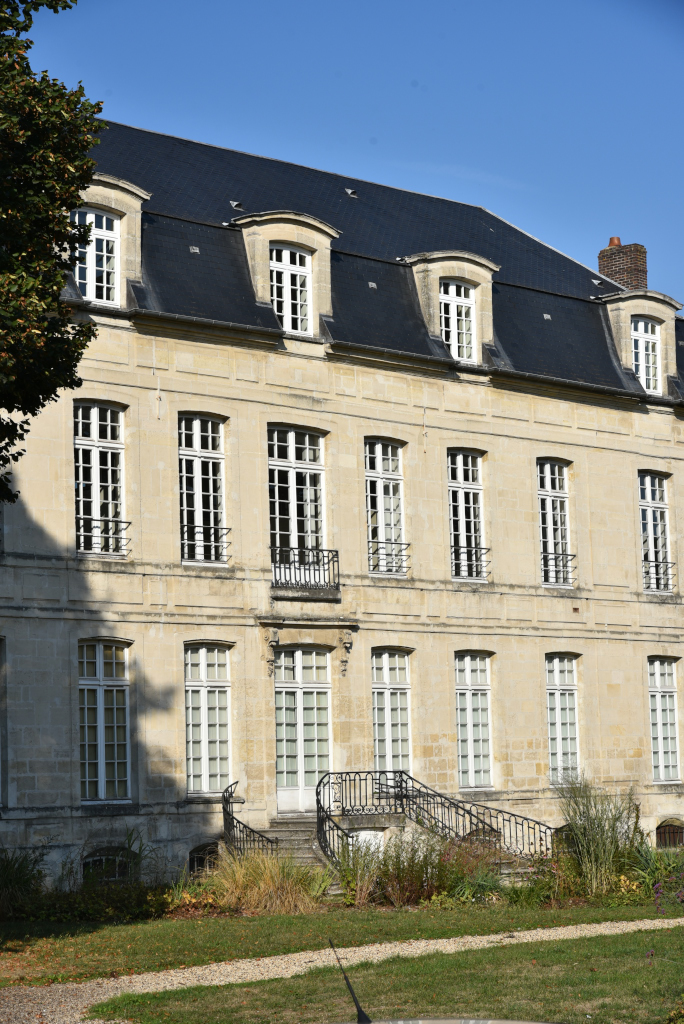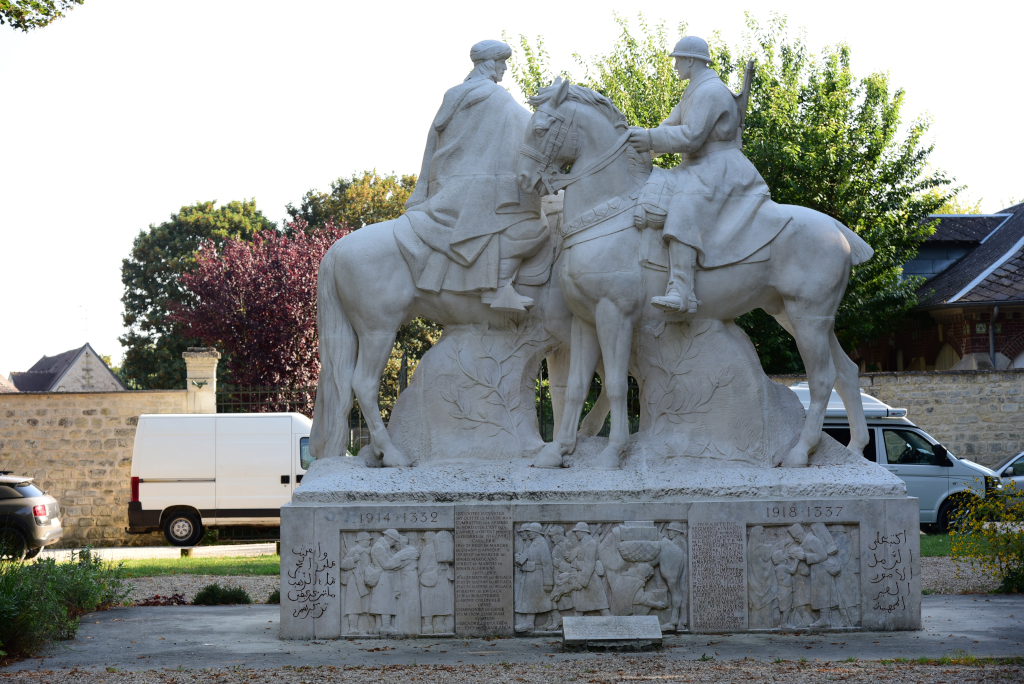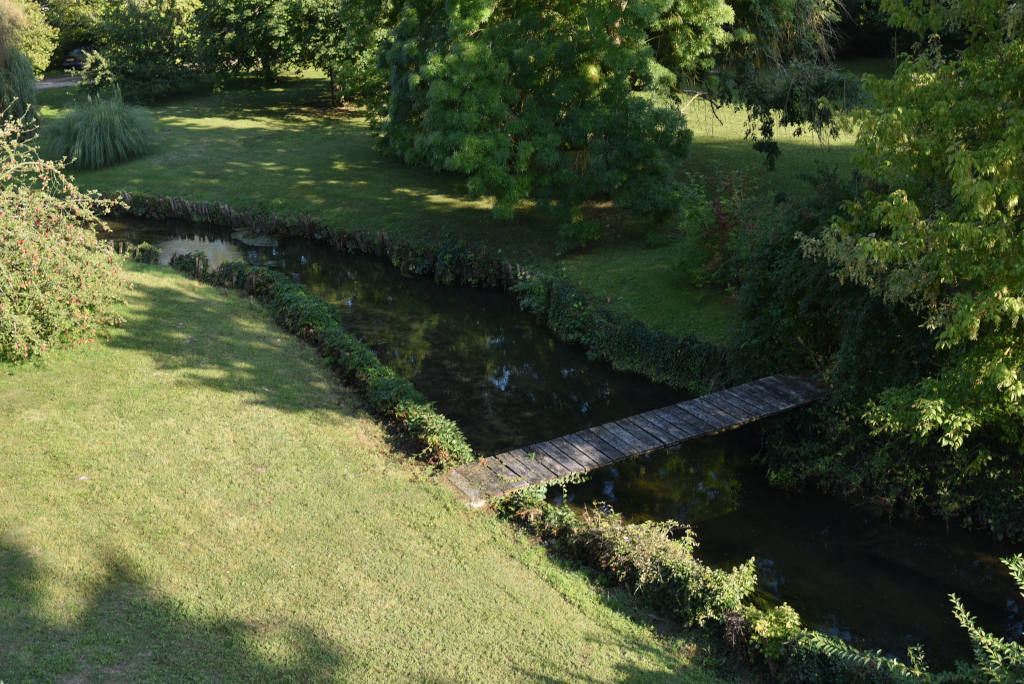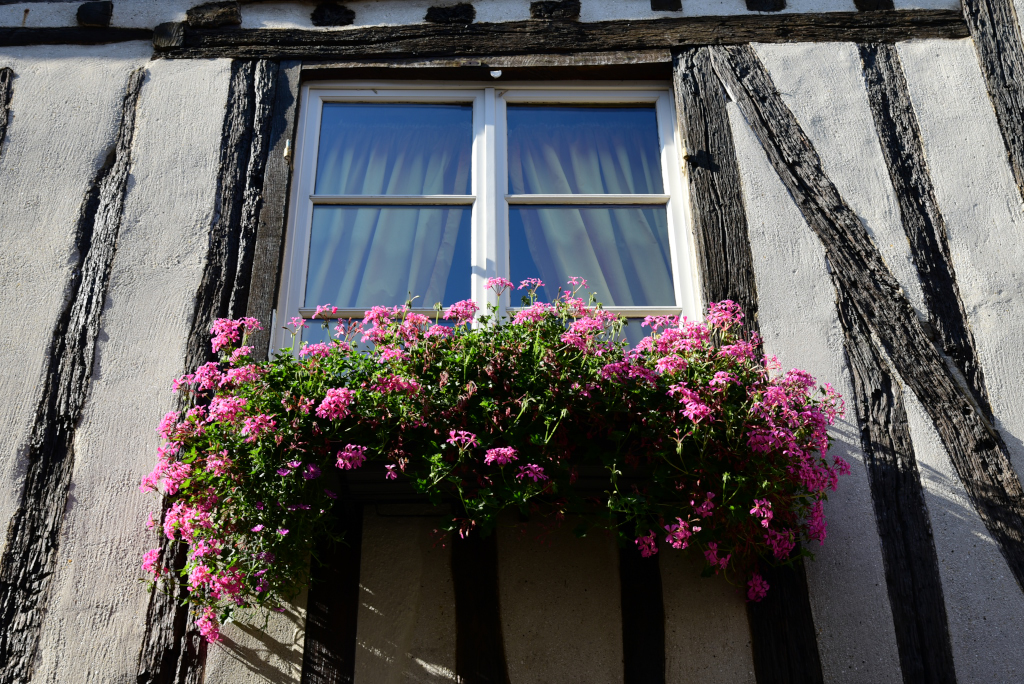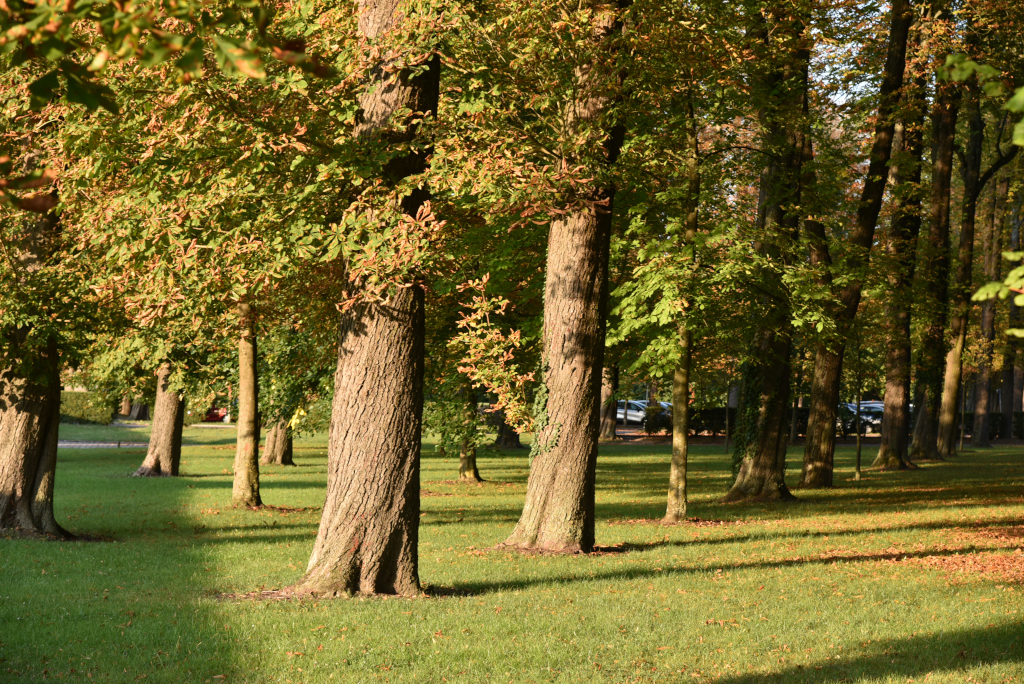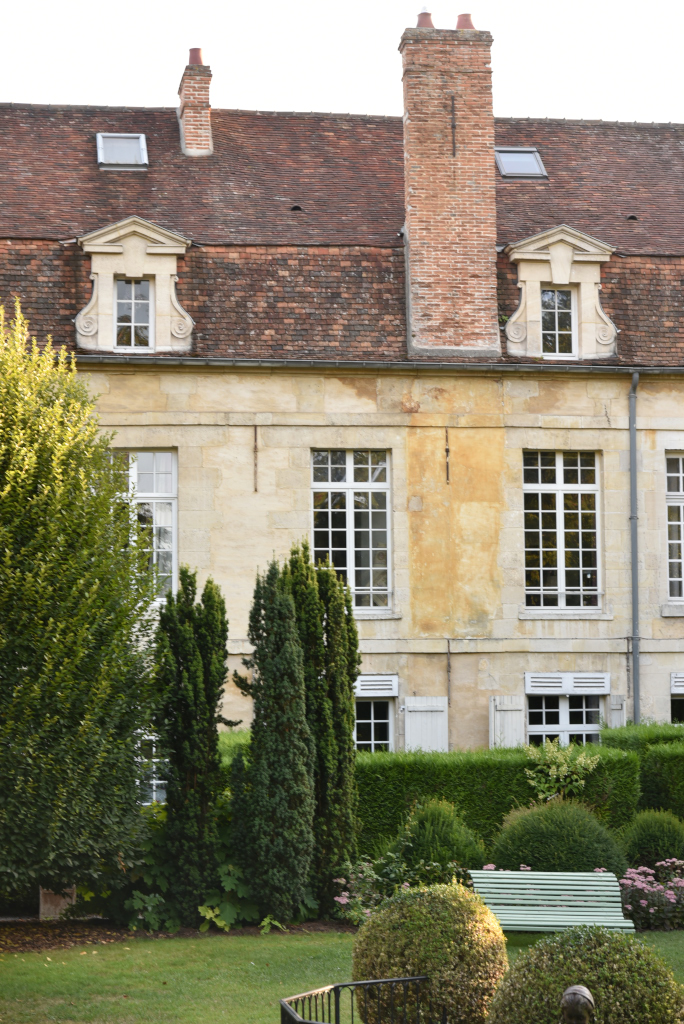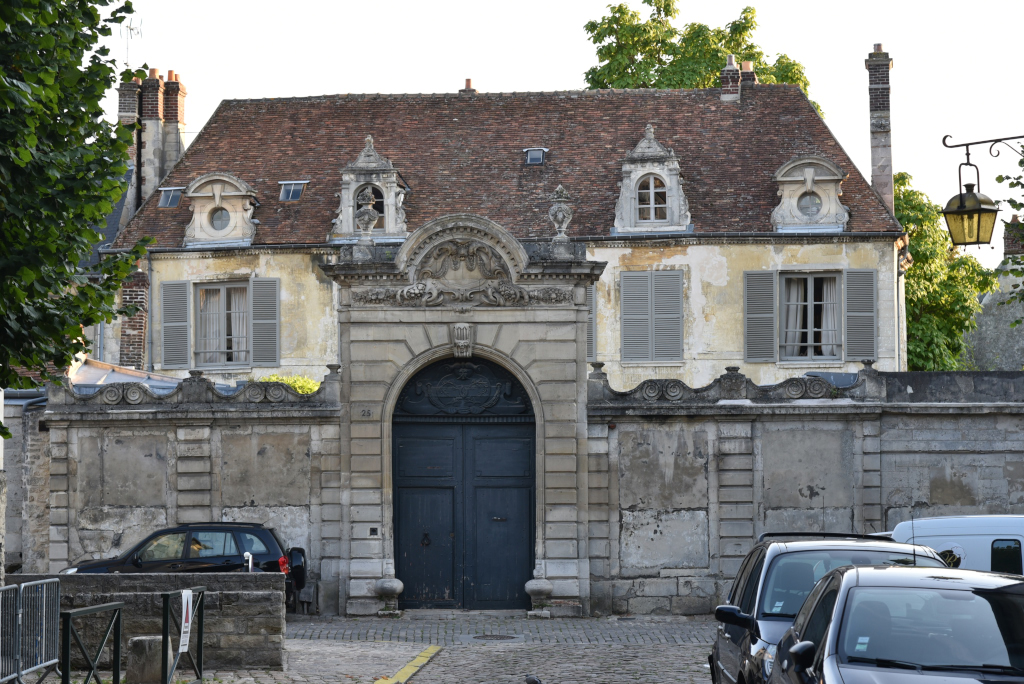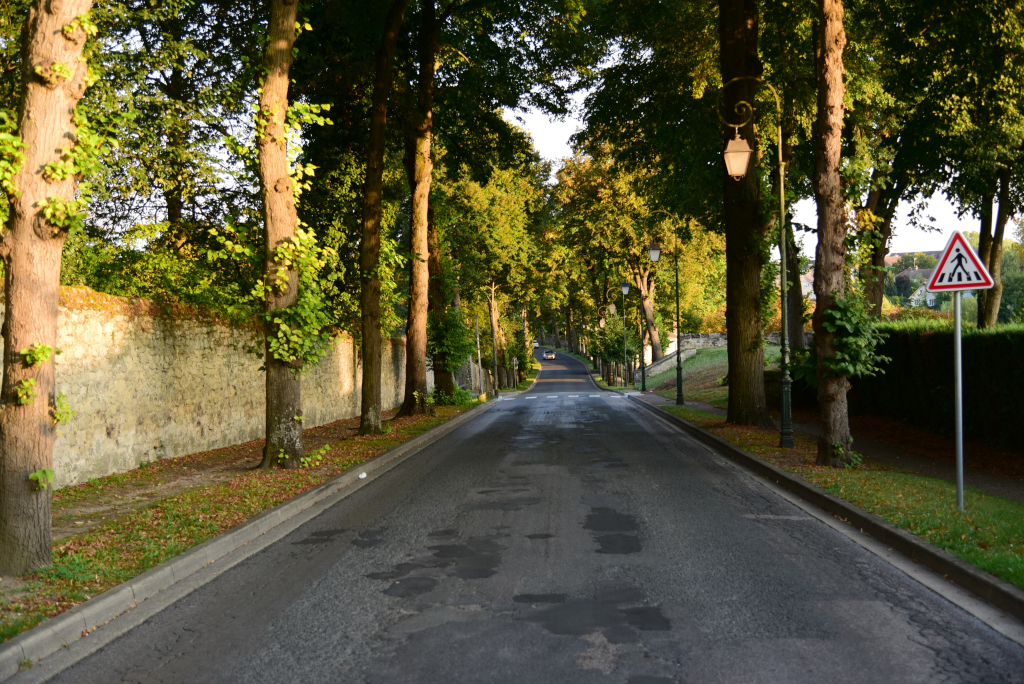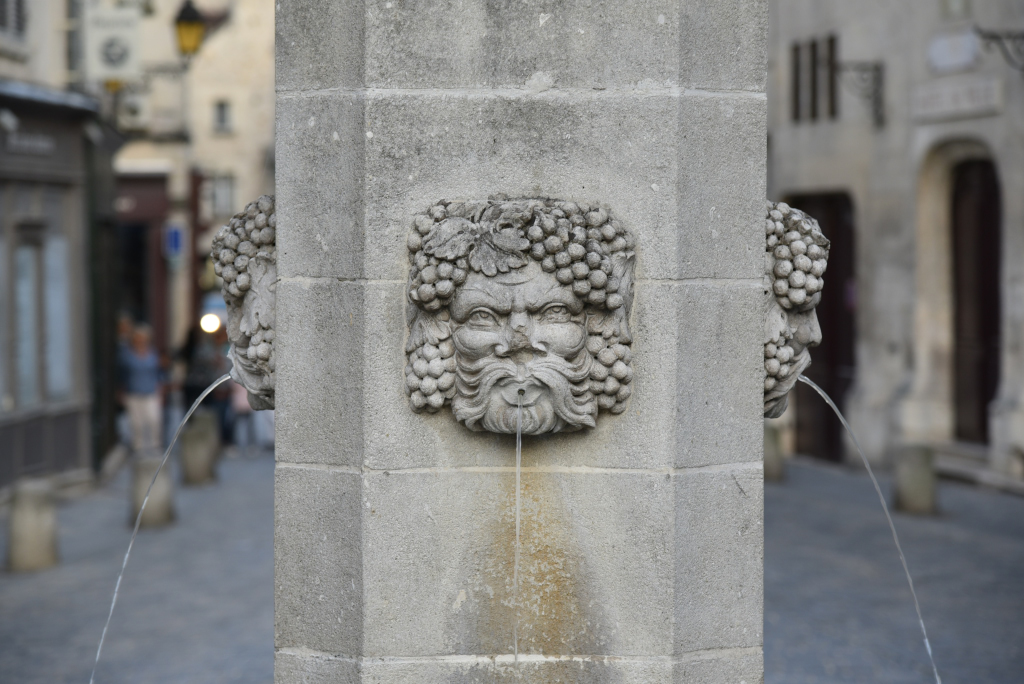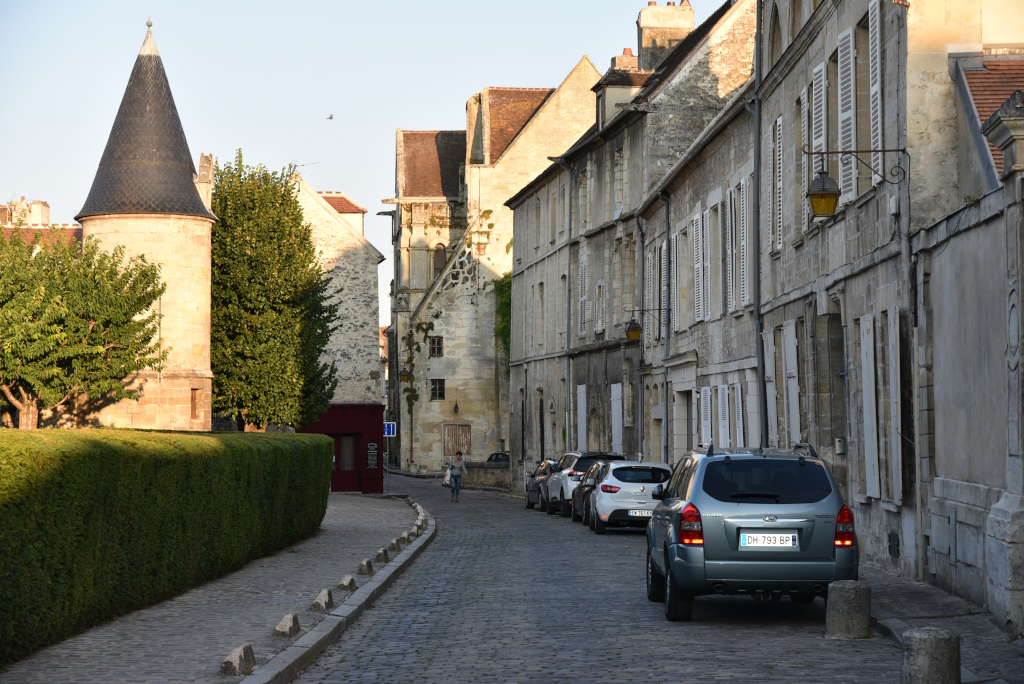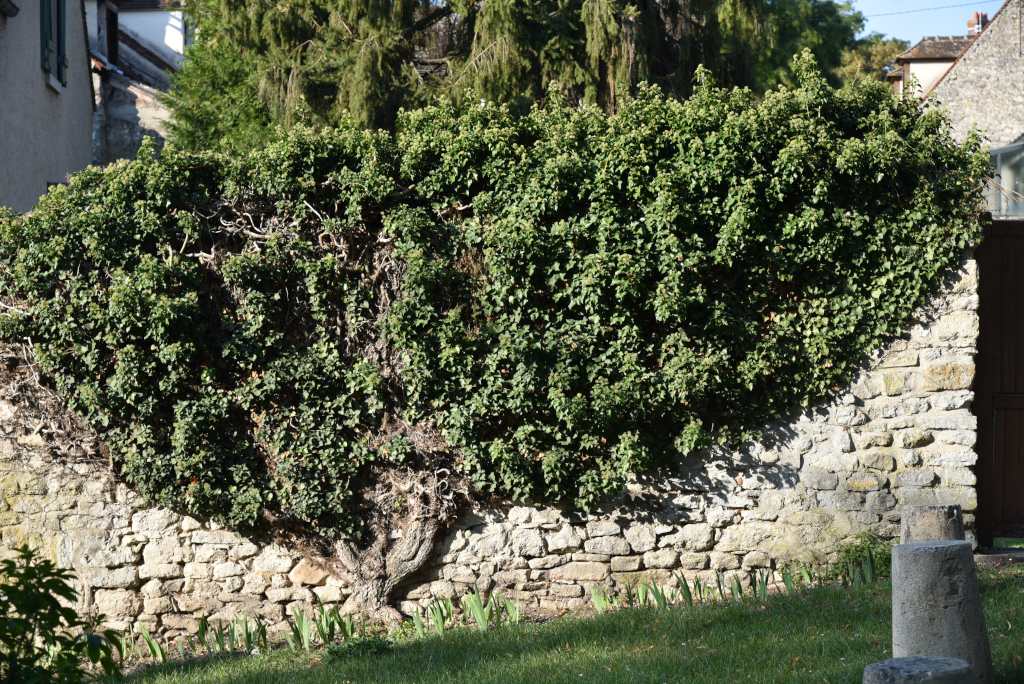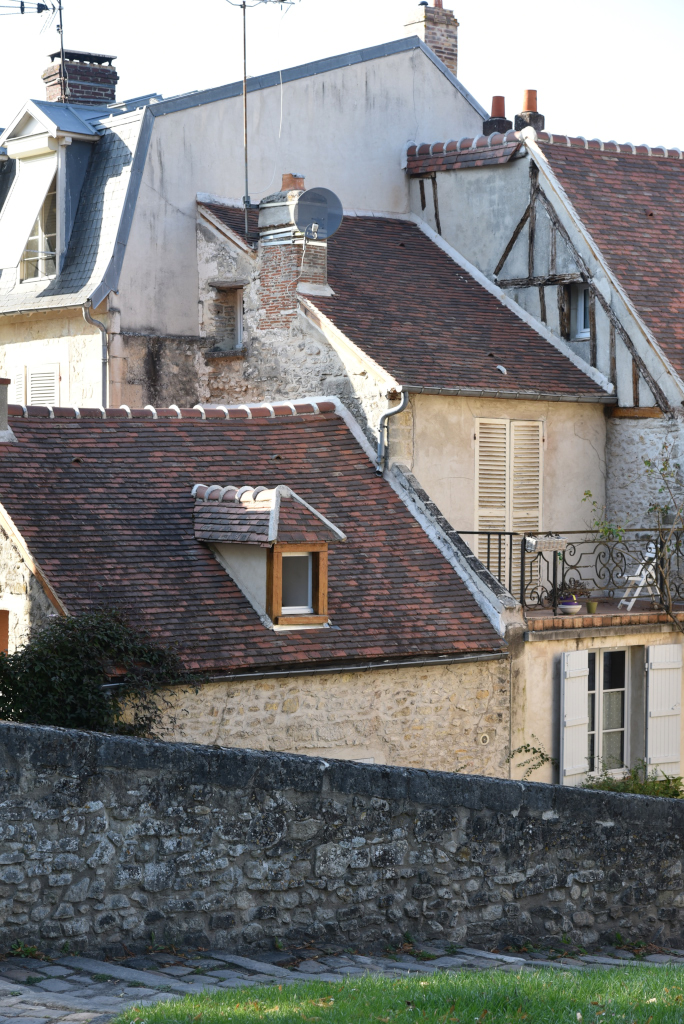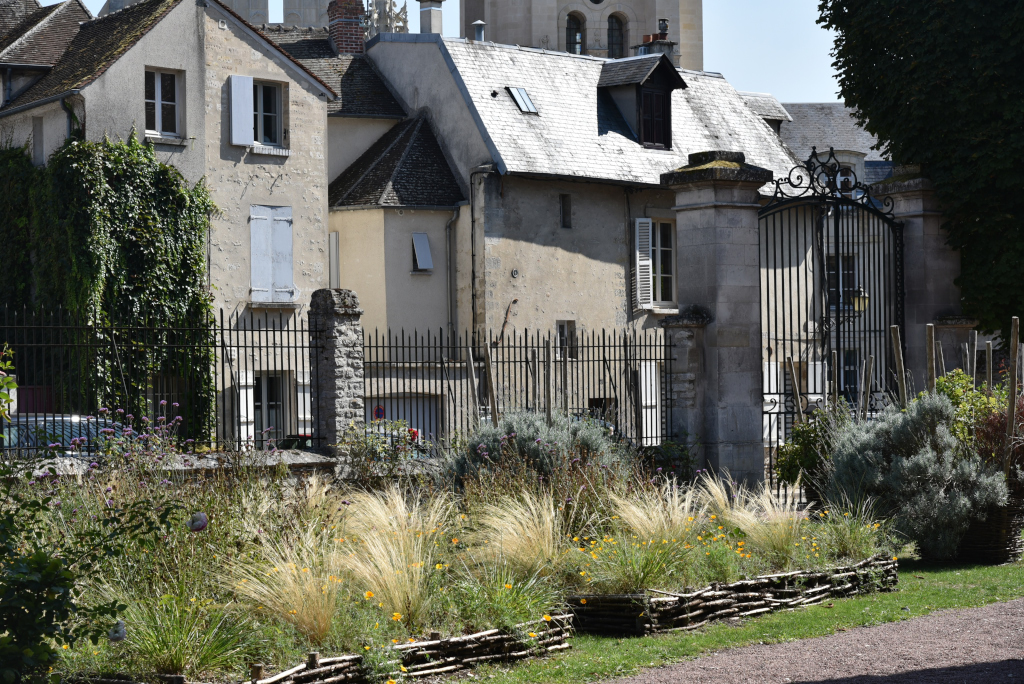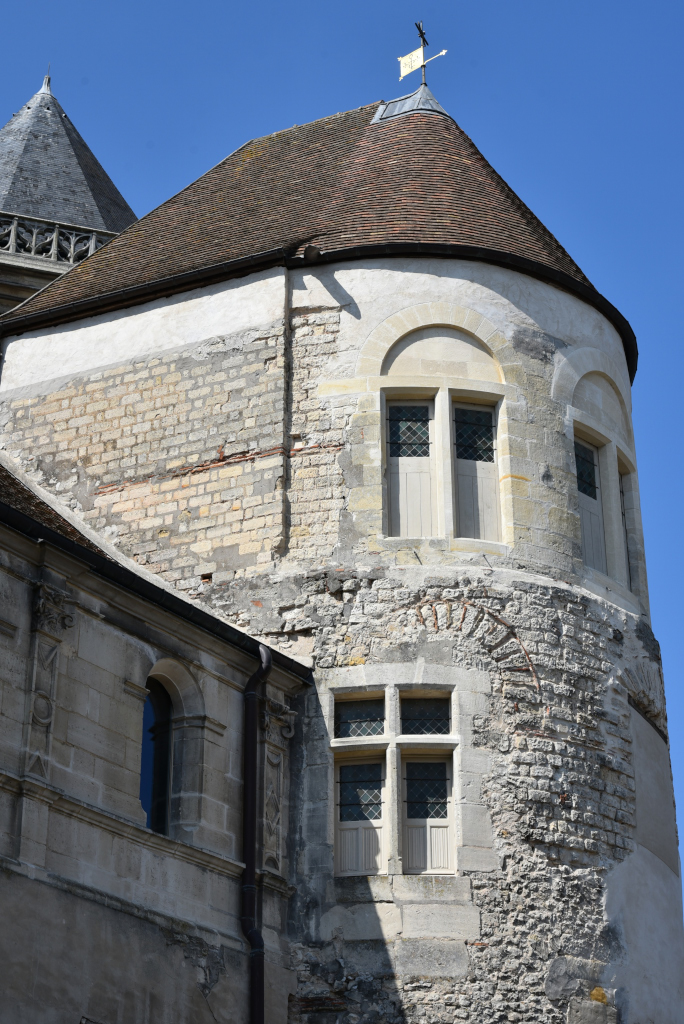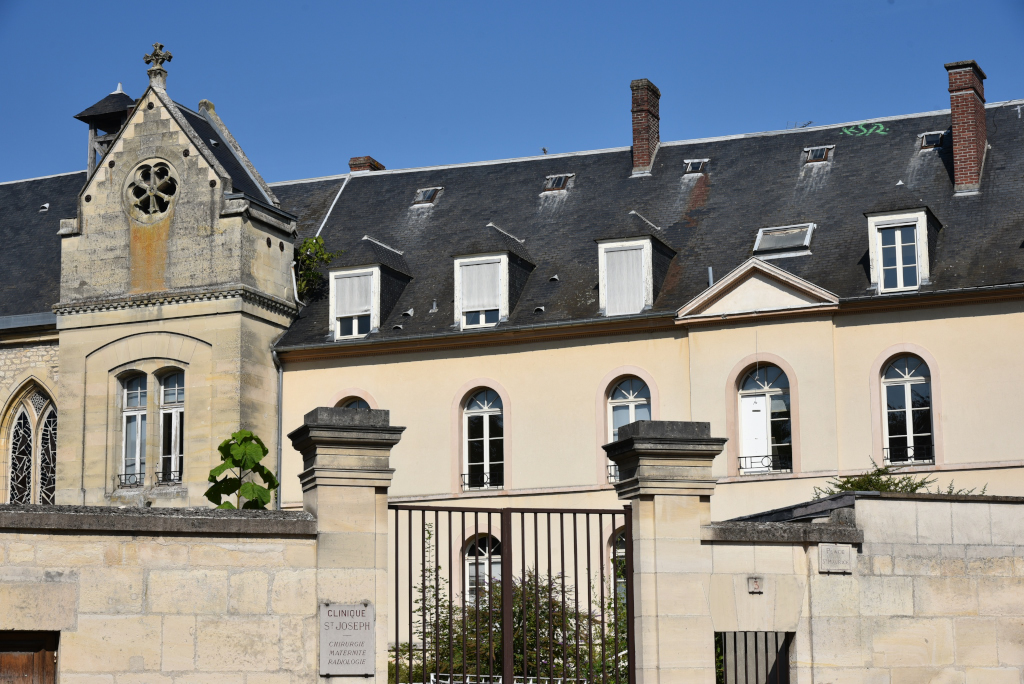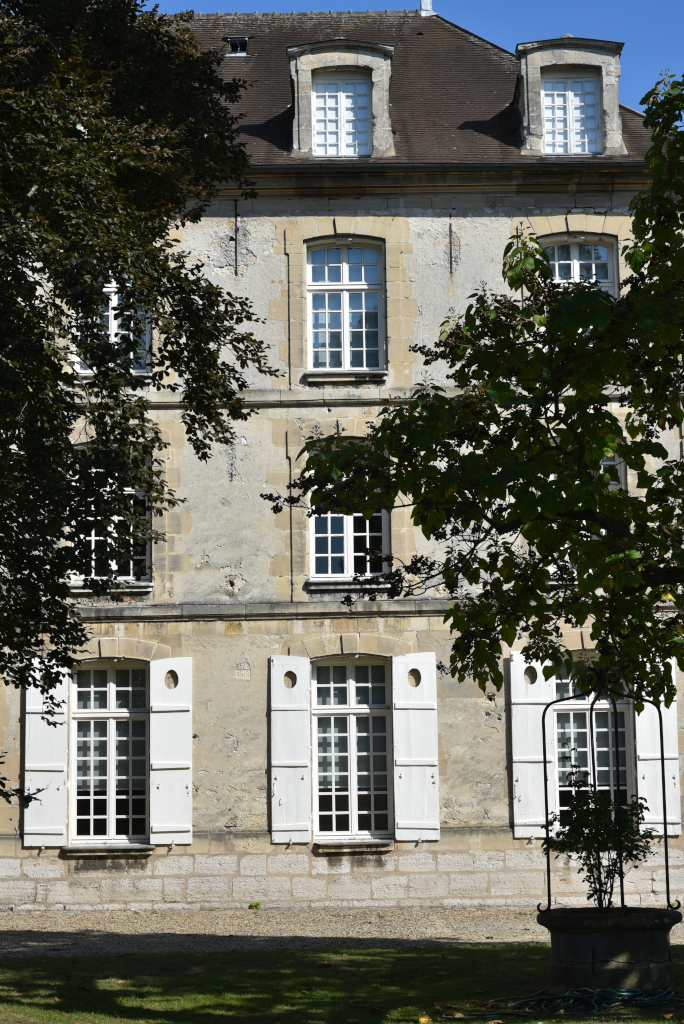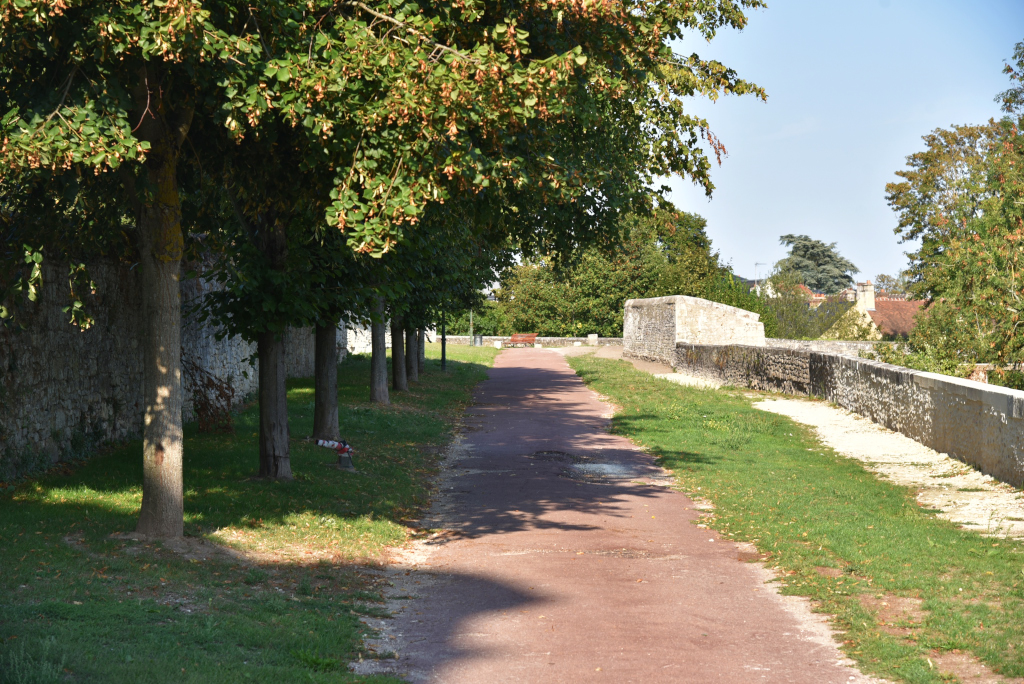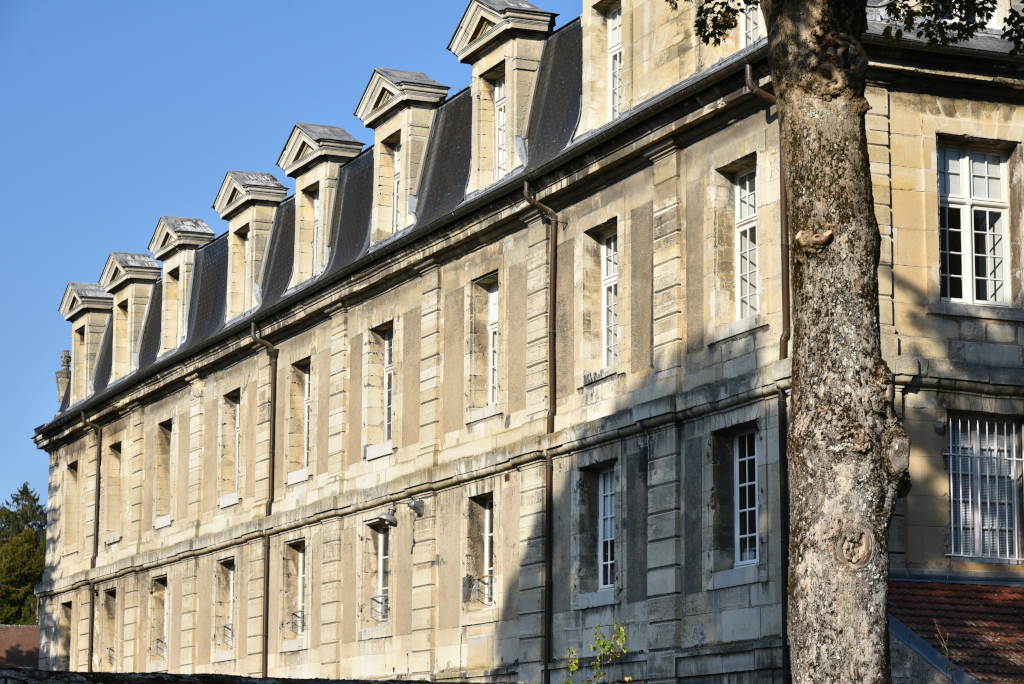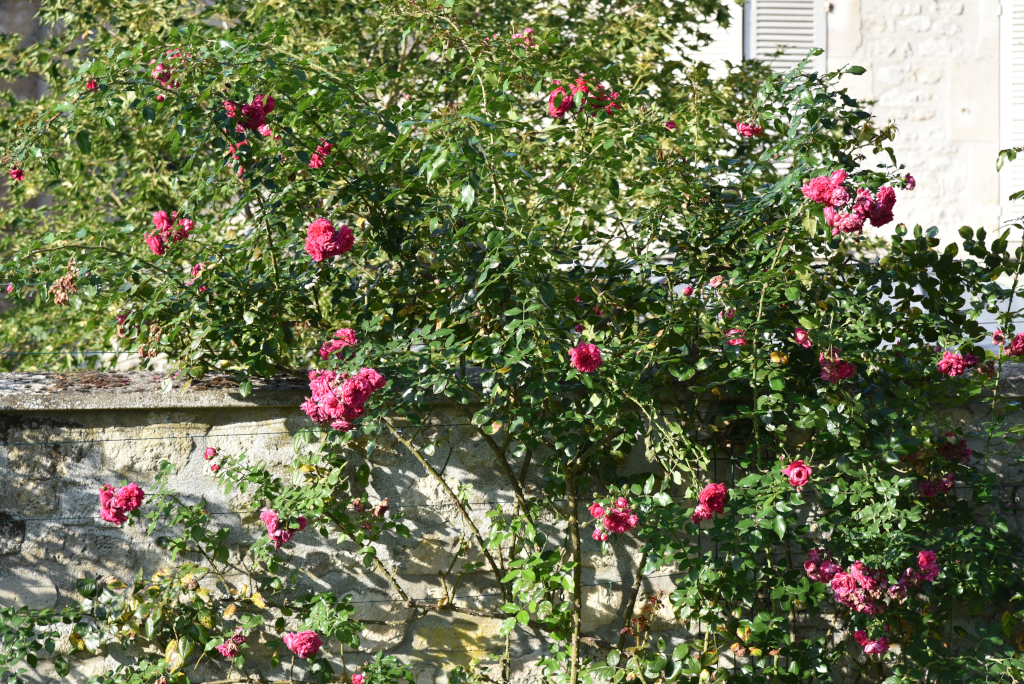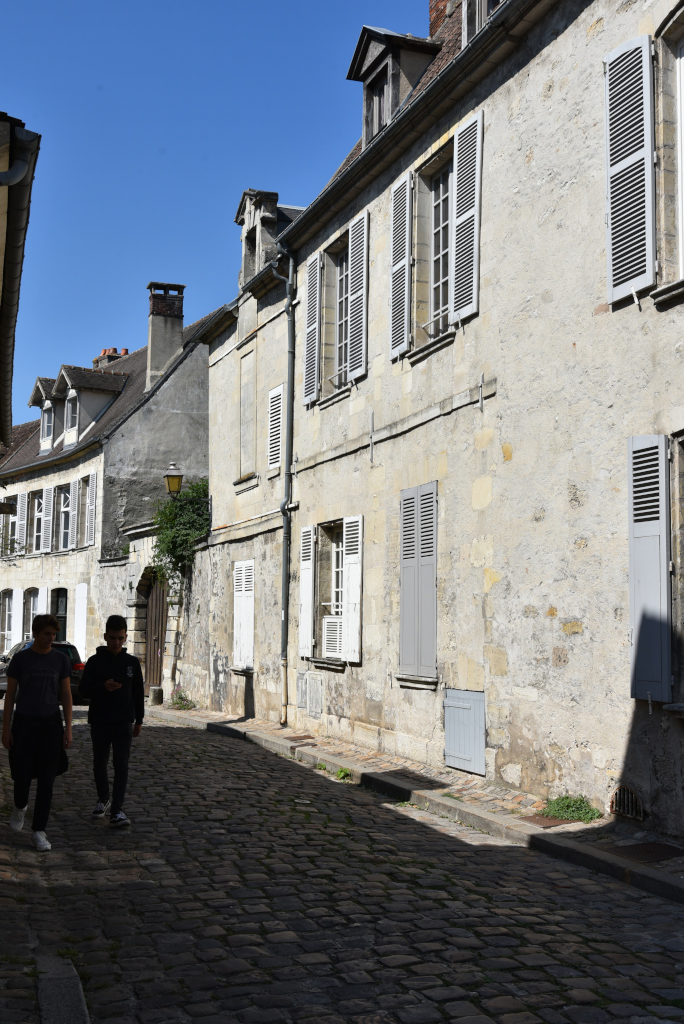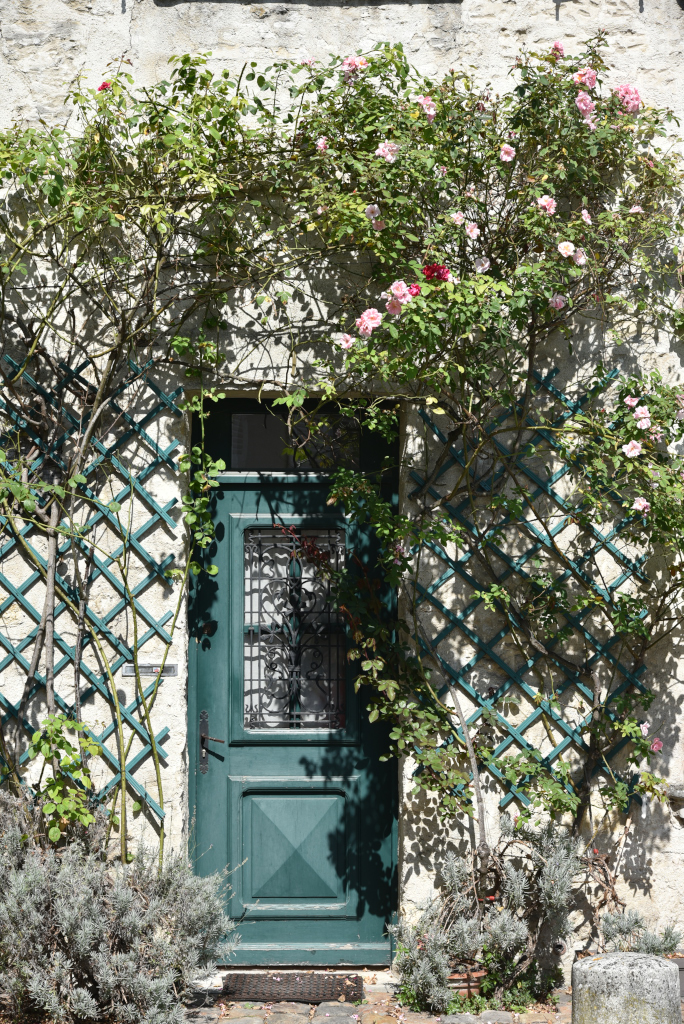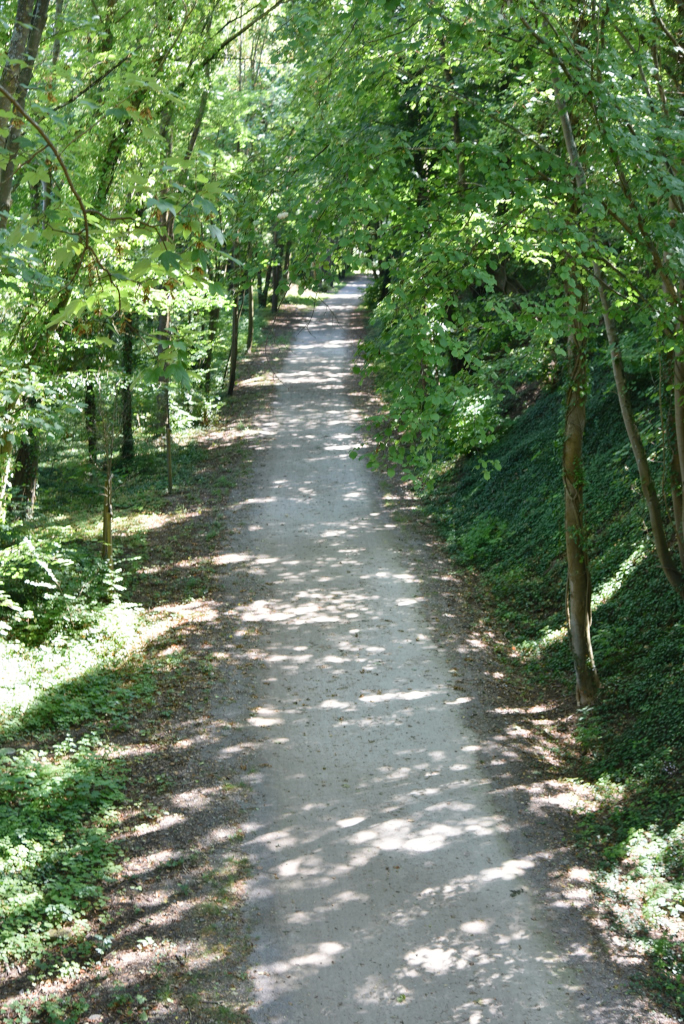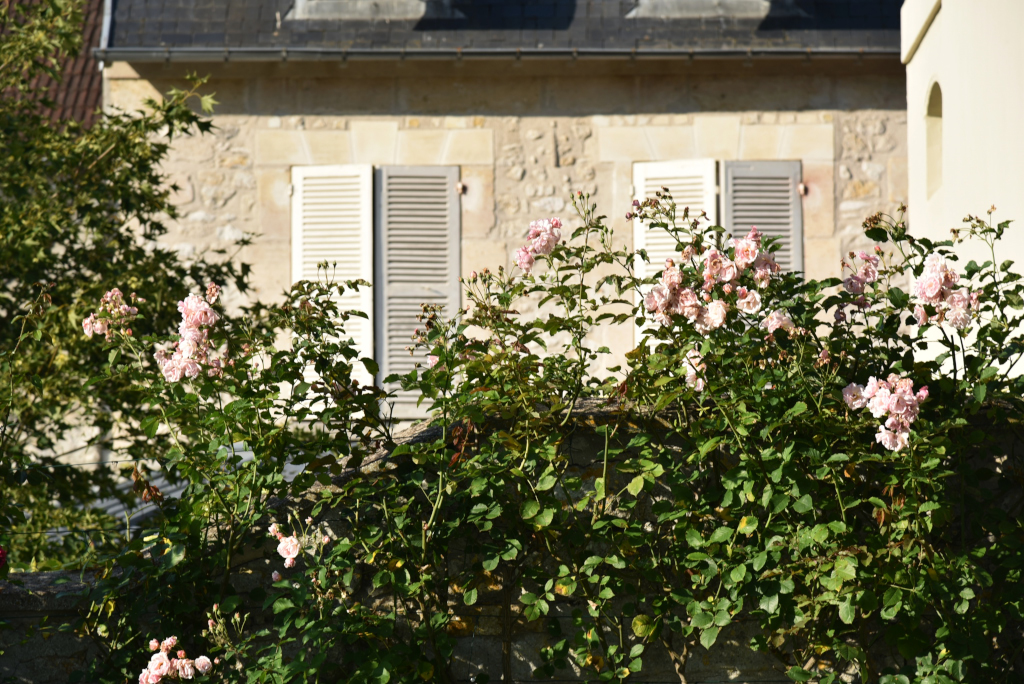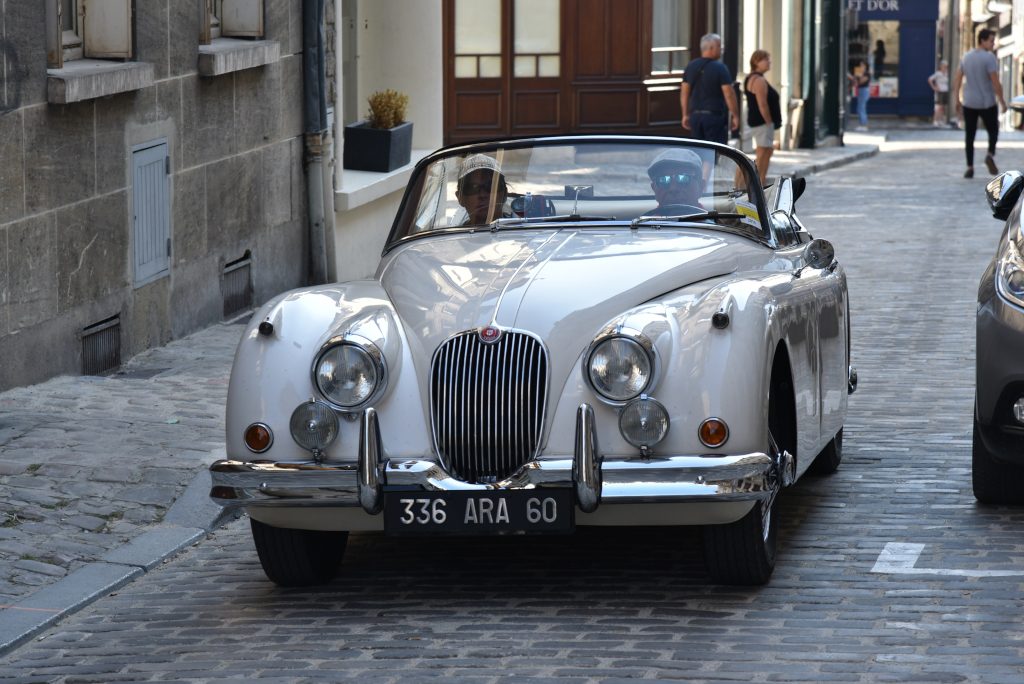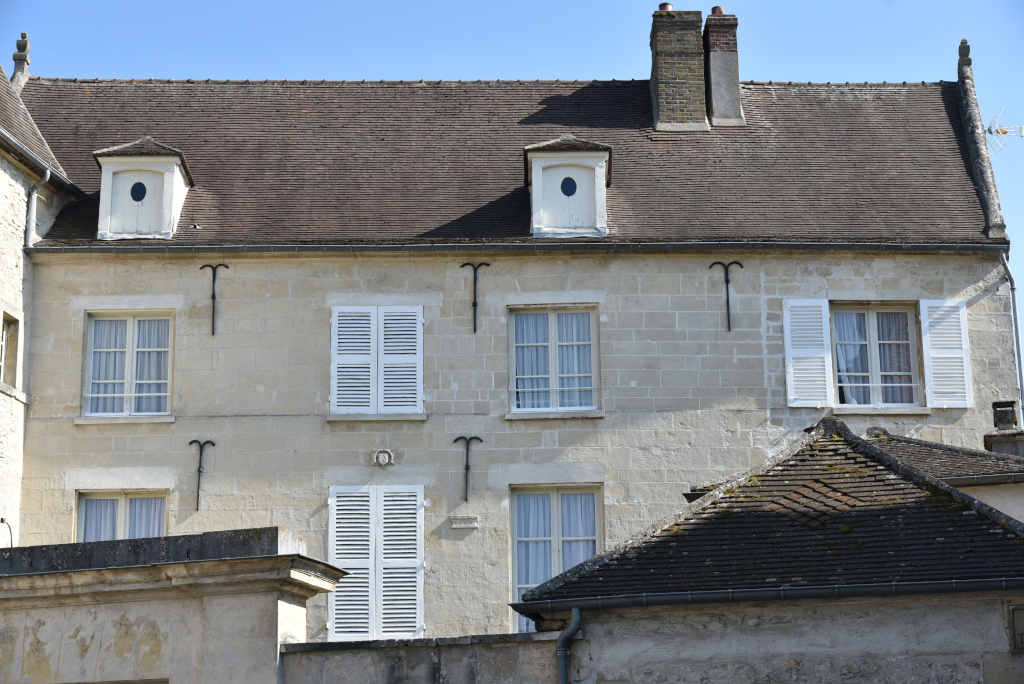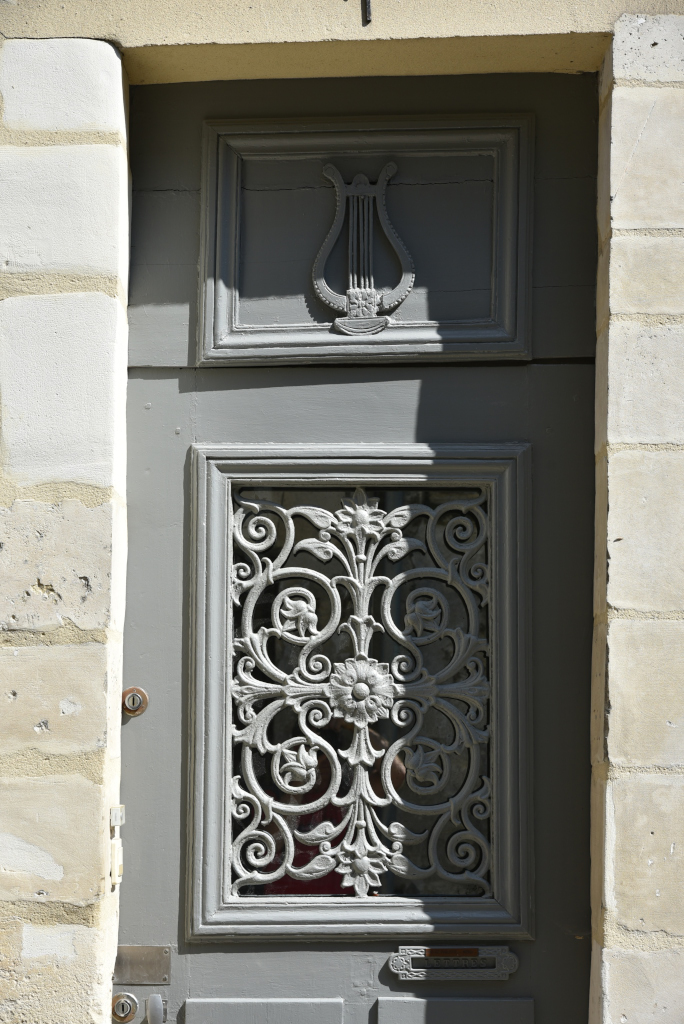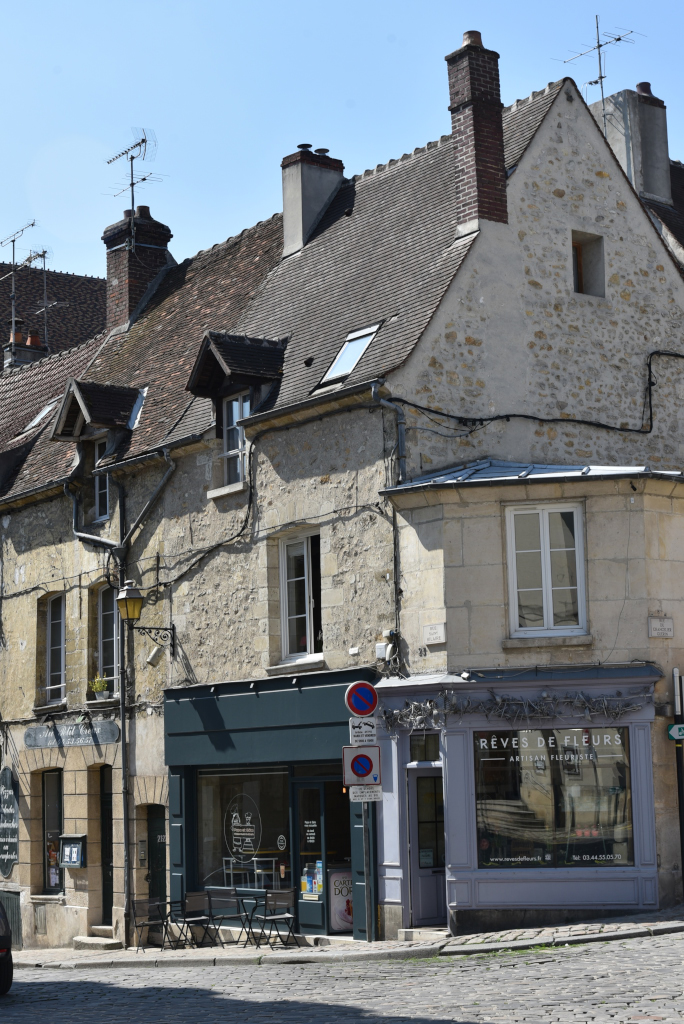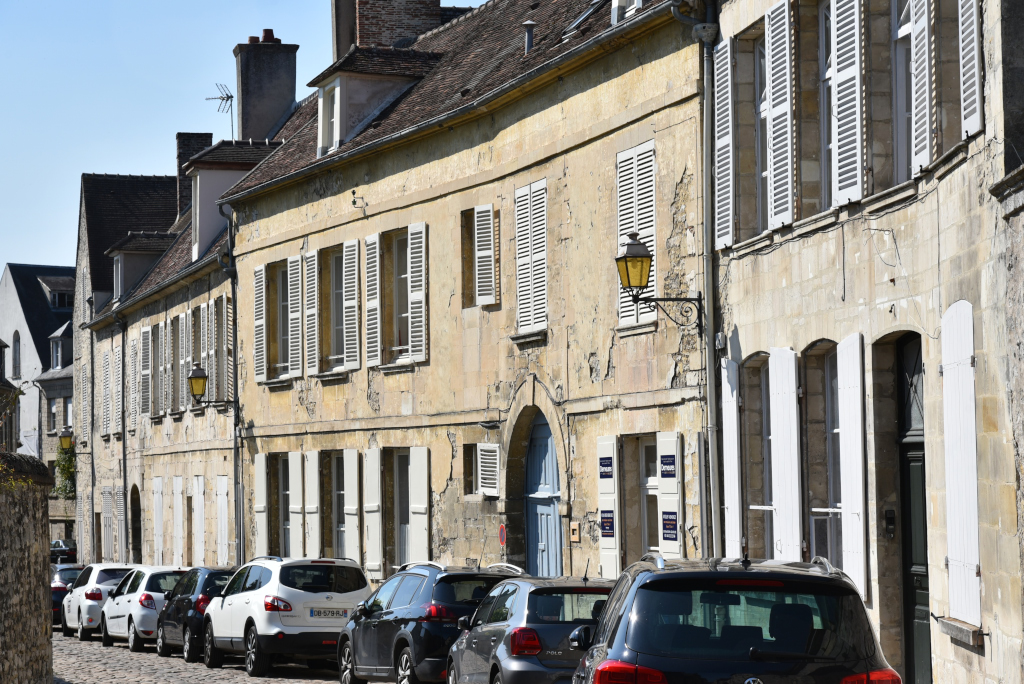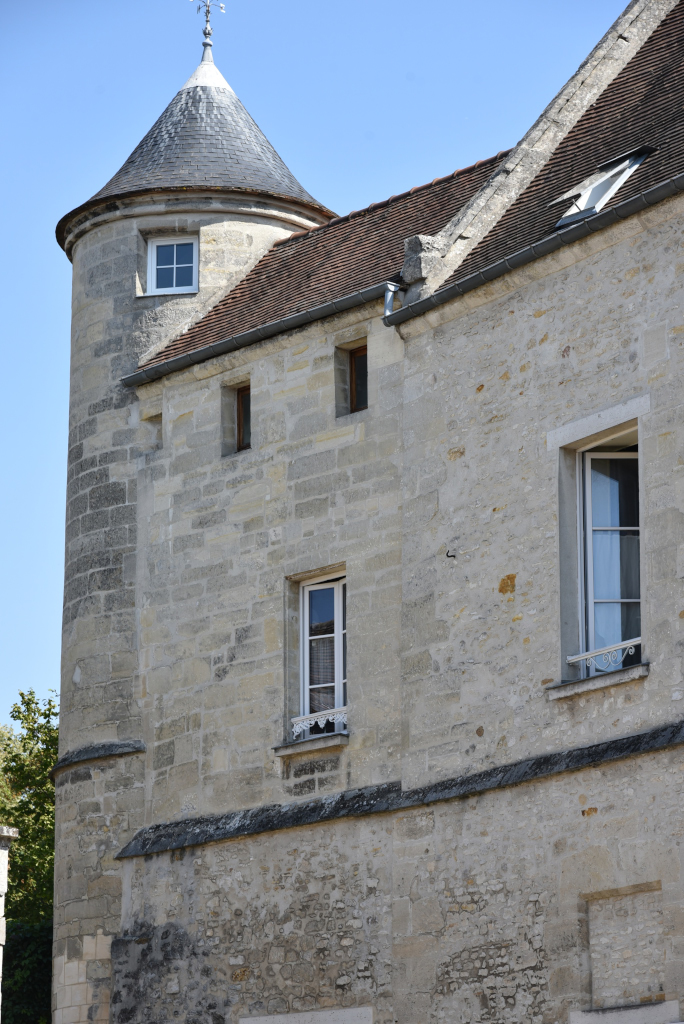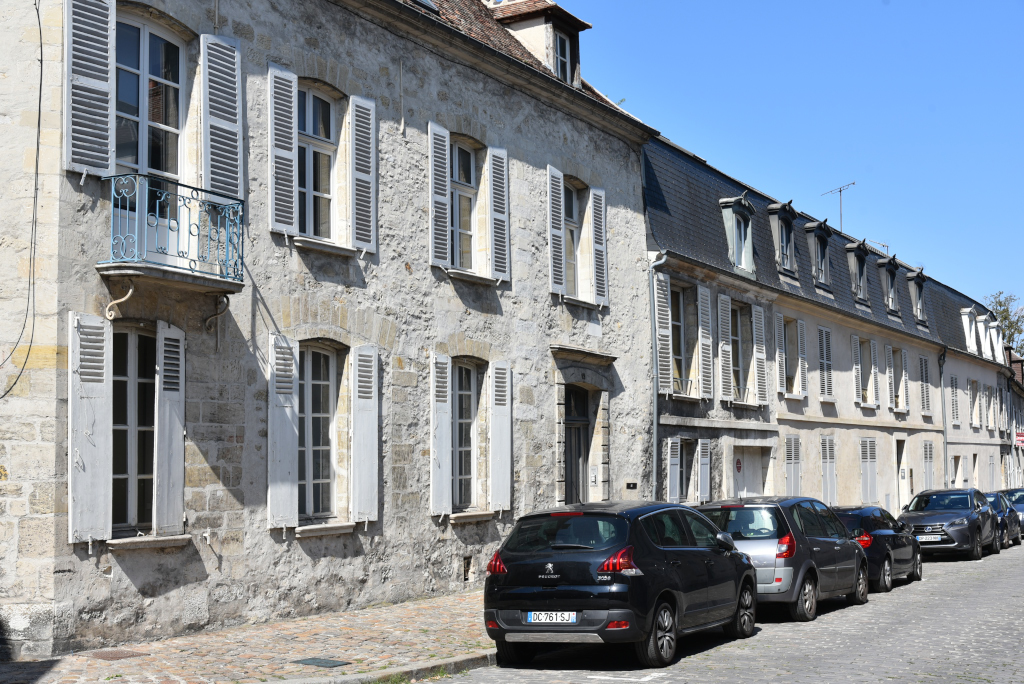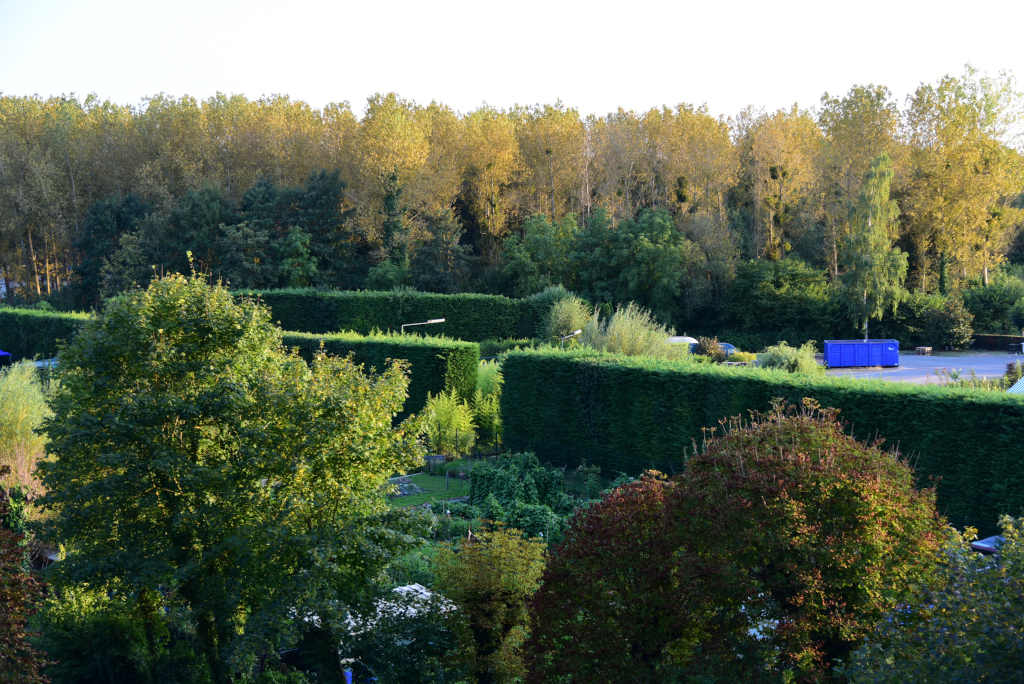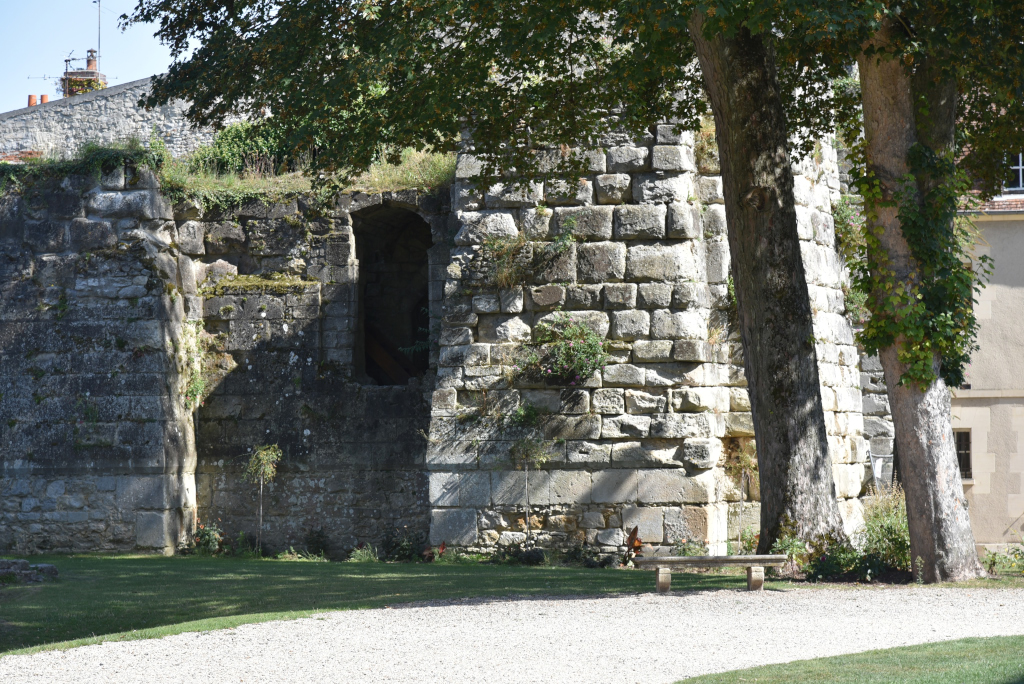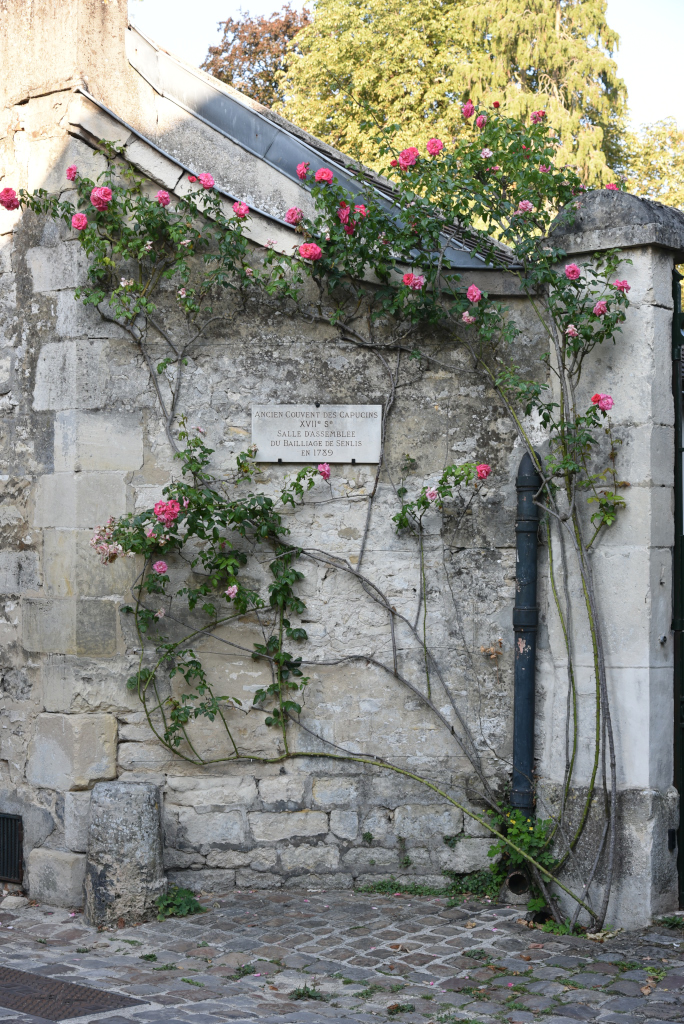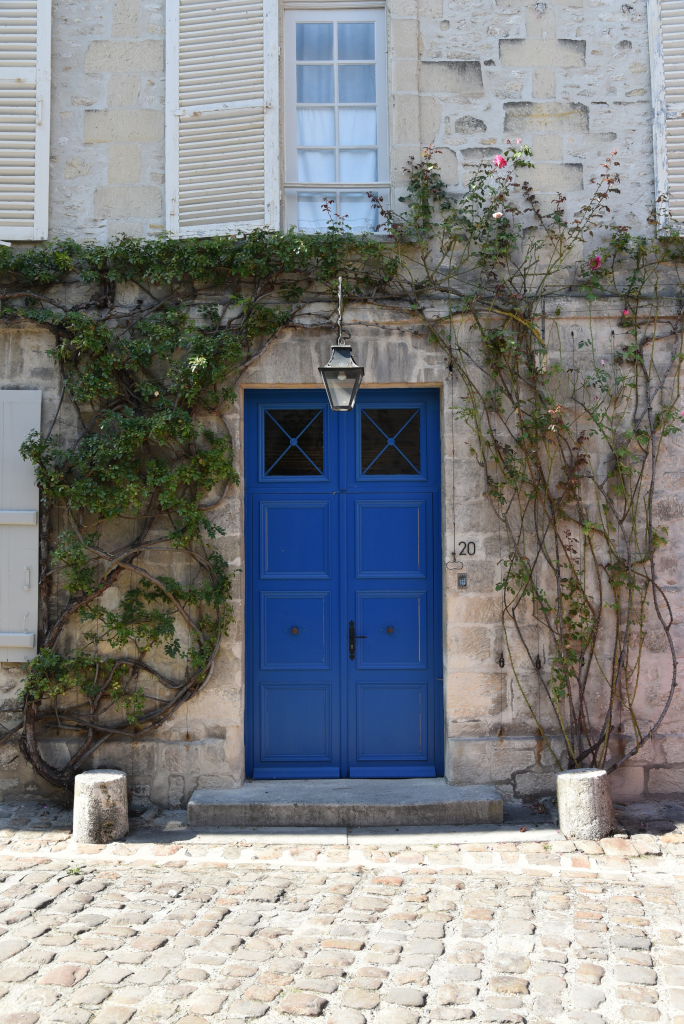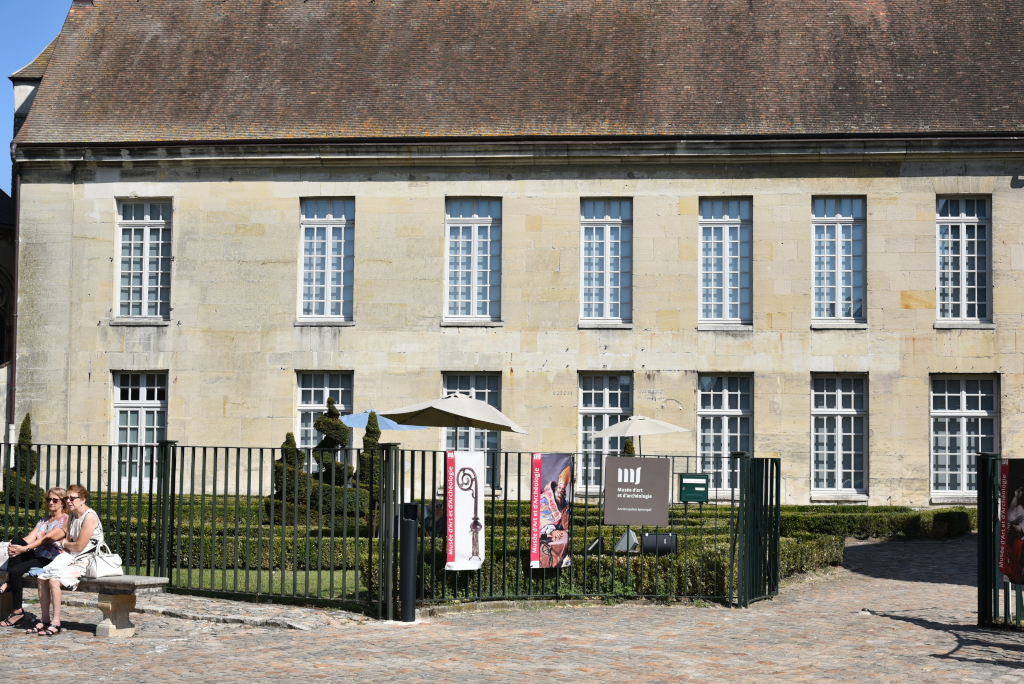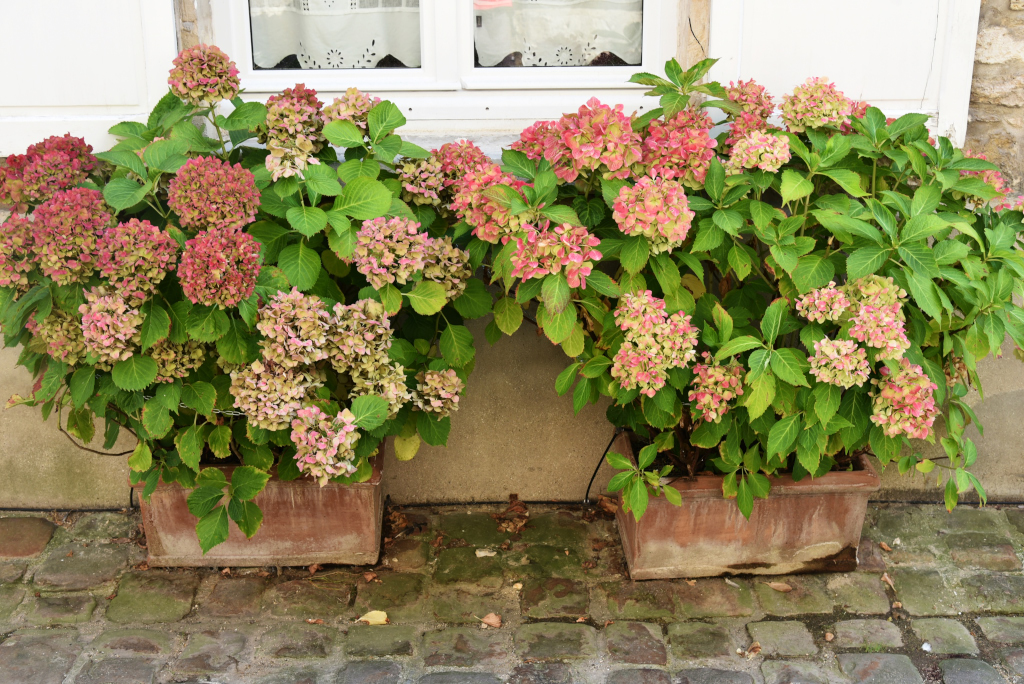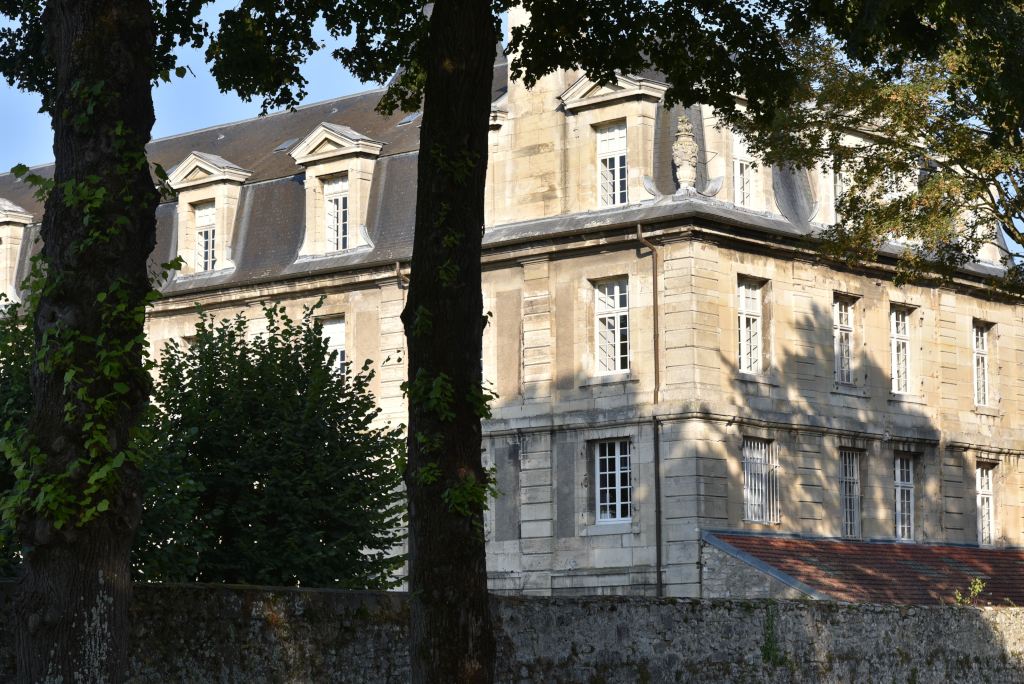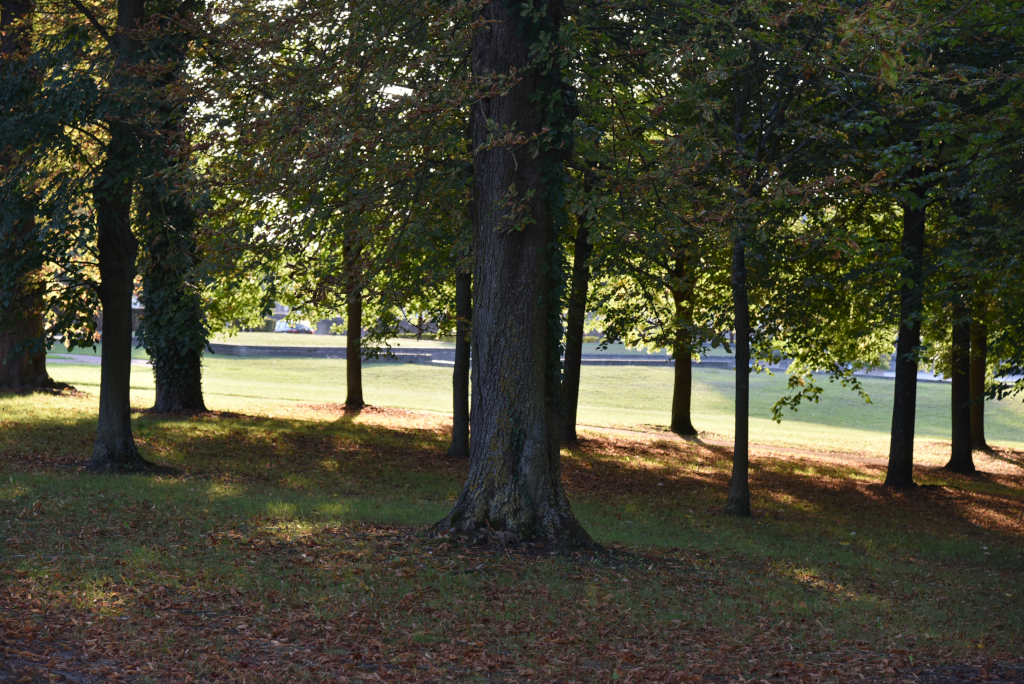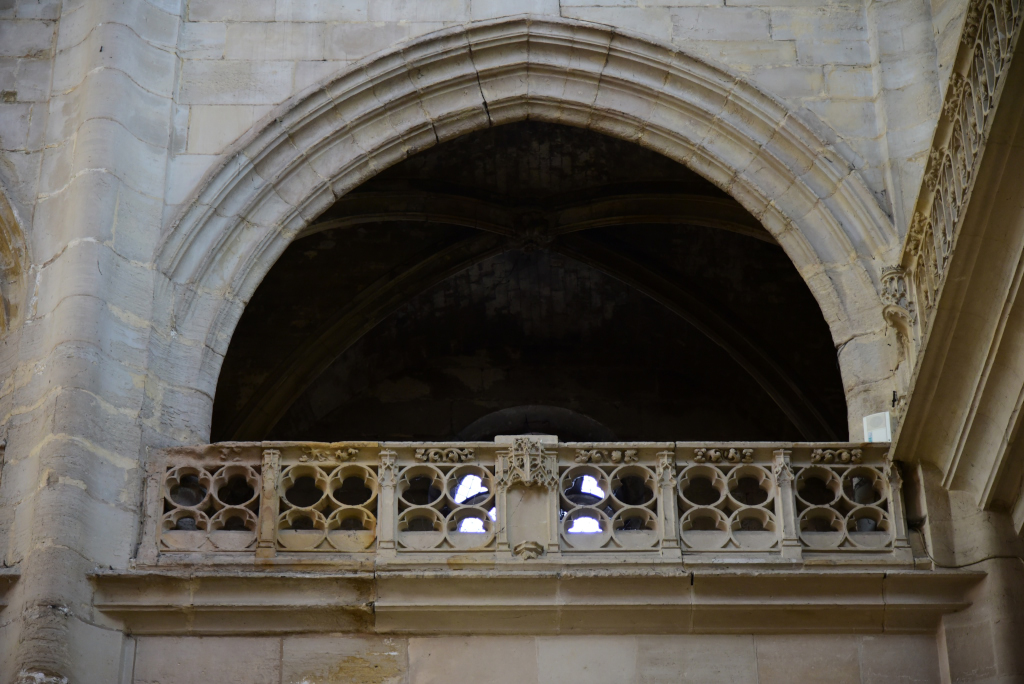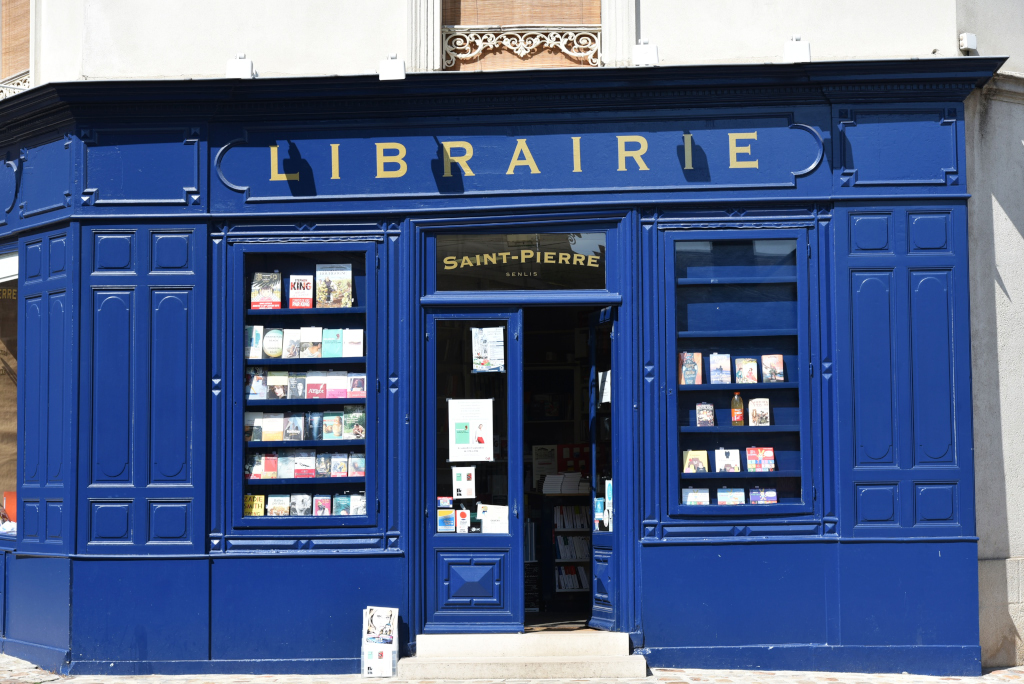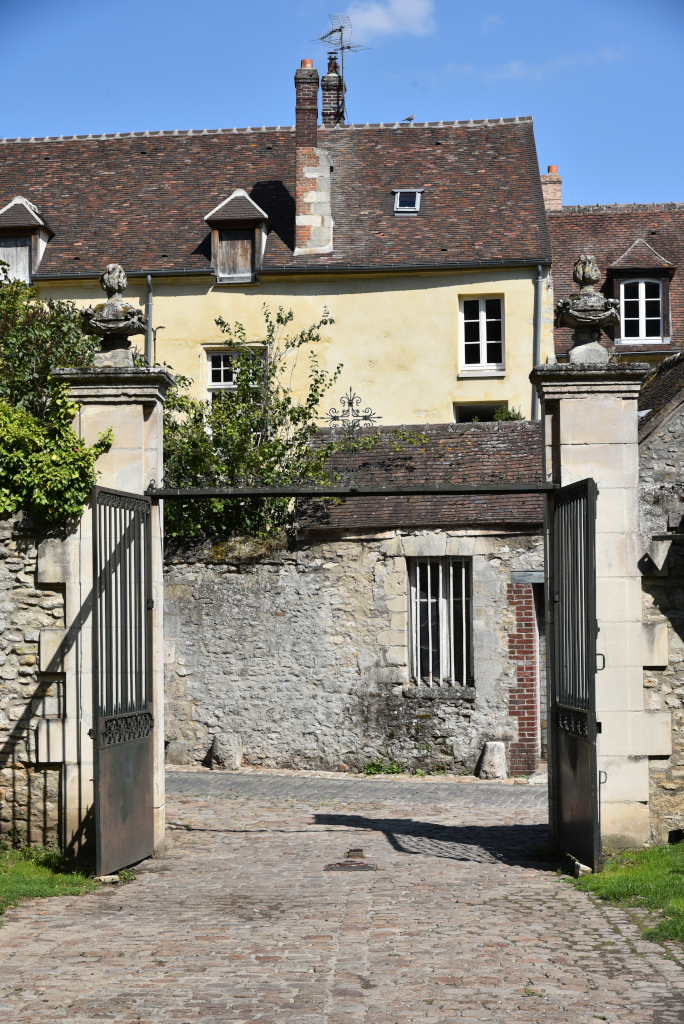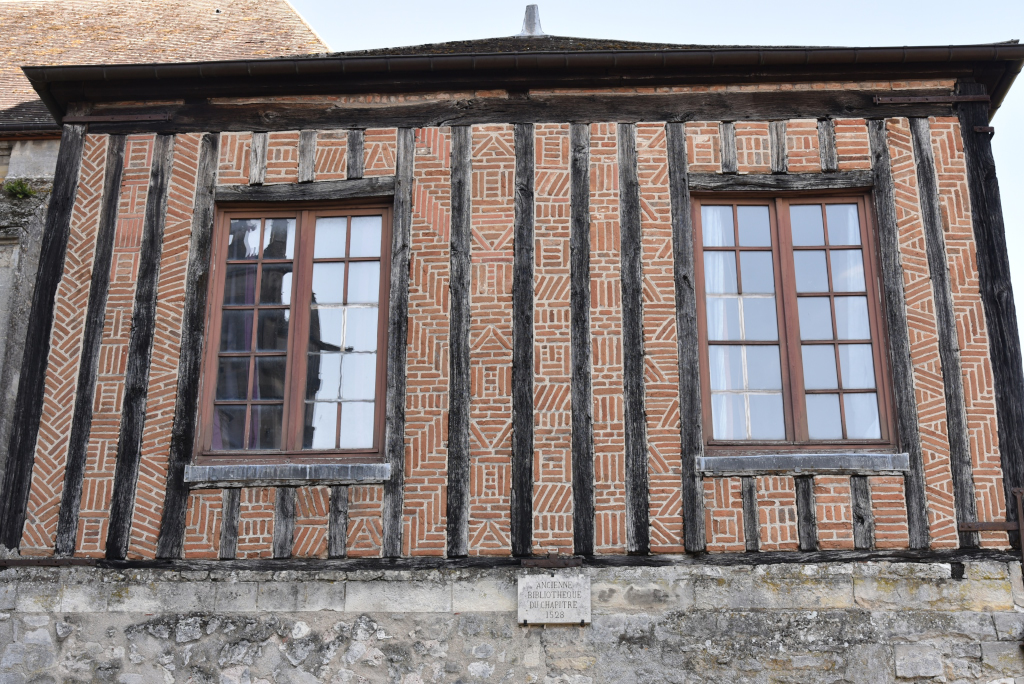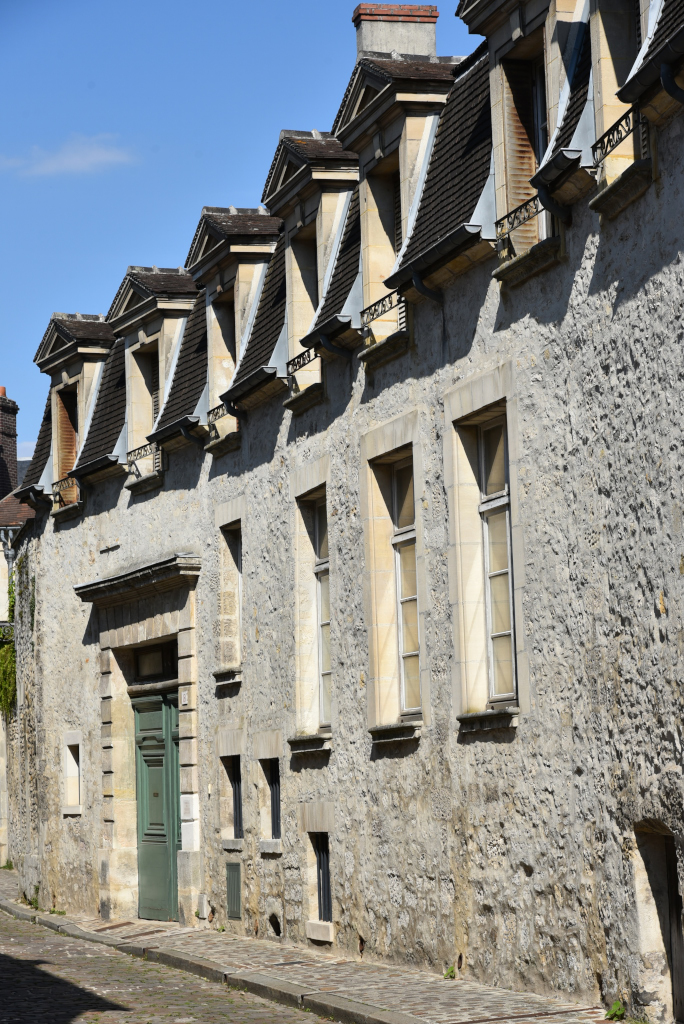September 1, 2018
One of the best preserved towns in the north of France, Senlis is rich in historic monuments and ambience, with stunning sight lines and and evocative urban architecture throughout its relatively small terrain. The town is located halfway between Compiègne and Paris, below the course of the Oise river, and above the Forêt Domaniale d’Ermenonville.
The town of Senlis has a record of settlement dating back to Celtic times, when the Sylvanectes resided in the vicinity. The town became a Gallo-Roman centre, when it was called Augustomagus. There are still traces from this time in the form of temples, domus, a building where spectacles were held, as well as arenas. In the third or fourth century, the town was fortified to prevent barbarian invasions with a wall four meters thick and seven to eight meters high, with twenty-eight towers. At that time the town sprawled outside of the confines of the defensive walls.
At the end of the fourth century, Saint Rieul evangelized the country and became the first bishop of Senlis. With the Treaty of Andelot in 587, Senlis was divided between Gontran I king of Burgundy and his nephew Childebert II king of Austrasia, the latter keeping two-thirds. The city became the domain of Hugh Capet no later than 981. He was elected king in 987 before being crowned in Noyon. The construction of the first cathedral of Senlis began at the end of the tenth century.
Under the Capetians, Senlis became a royal city, home of the kings of France, from Hugh Capet to Charles X. By the eleventh century, Senlis achieved a stature commensurate with the presence of a royal castle, a cathedral, at least three other parish churches, three abbeys, and the seat of a diocese. In 1170, the Order of Saint John of Jerusalem established a commandery, a hospital and a church in Senlis. This order was a large real estate owner in the city, with up to one hundred and thirty houses in its possession, some of which are still present in the town.
The Gothic-styled Catholic Notre-Dame de Senlis cathedral was the seat of the old bishopric of Senlis, abolished by the Concordat of 1801. Its territory was then reunited in the diocese of Beauvais. While somewhat modest in size (76 meters in length), it is one of the earliest Gothic monuments and most beautiful cathedrals of France. Its portal of the Virgin is a masterpiece of Gothic sculpture of the 12th century, its south tower and transept facades masterpieces of 13th century Gothic architecture. The cathedral was built using a variety of Lutetian limestones from underground quarries in the area of Senlis, the limestone varying in texture and hardness according to the area it was extracted from.
Work on the Notre-Dame de Senlis cathedral began in 1154 under the impetus of King Louis VII, the church consecrated on June 16, 1191. The main drivers of this enterprise were the frequent presence of kings as well as the very strong personality of the bishop. The financing of the construction was made by the bishops, who due to their lesser wealth with respect to other bishops of the region created a structure that was also smaller in size.
The western facade of Notre-Dame de Senlis is quite narrow, and belongs to the style of primitive Gothic, akin to those of the Cathedral of Sens, the cathedral of Noyon or the Basilica of St. Denis. A large central portal is surmounted by a large bay with three lancets designed to illuminate the nave. Above this bay is a small rose carved and at the top a balcony connecting the two towers and adorned with four statues. The relatively austere facade is lined with four powerful buttresses designed to ensure the stability of the entire structure as well as contribute to the vertical momentum of the building.
The church’s two towers are of a very different height. Both towers have two large bays with shades on the first level. The north tower is capped with a small slate arrow, while the south tower is extended by a superb slender bell tower formed of two levels. The belfry of the south tower of the facade is one of the rare complete bell towers, dating from the beginning of the thirteenth century and consisting of two floors, the first housing the bells and the second the arrow, a tall and slender pyramid.
The superb portal of the south facade is strictly symmetrical to that of the north facade, with a tympanum composed of stained glass windows. The portal is surmounted by a gable which stands in front of a skylight. Above this, a rose window illuminates the interior of the transept. At the very top, a triangular gable adorned with a balustrade, overlooking the whole.
The cathedral was modified in the 13th century, the south tower extended by a remarkable two-story spire, and the interior perspective interrupted by piercing a transept which left the nave shorter than the chorus. Work was performed to repair damage caused by a fire for a 10-year period beginning in 1506. This effort involved raising the upper parts of the structure, doubling the aisles of the nave and embellishing the side façades with rich flamboyant decoration.
The royal castle of Senlis dates back to the time of the Merovingians and was the site of the election of Hugh Capet in 987. It was completely rebuilt under Louis the Fat around 1130. The castle was used as a royal residence until the early sixteenth century. Due to the insufficient number of monks, the priory was abolished in 1768, and the cloister and chapel demolished after the Revolution. The estate of the old castle was sold as a national property in 1793, and the outbuildings were largely demolished in 1816. In 1835, the Turquet Boisserie family, established in the region since the thirteenth century, acquired the ruins of the castle.
Around 1130, Louis le Gros completely demolished and rebuilt the first royal castle, except for a big tower of the tenth century. The castle was slightly modified during the reigns of St. Louis, Charles V and Francois I, but its general layout did not change. Charles V converted tower of the Gallo-Roman enclosure into an oratory. Despite these adaptation works, the palace lost its importance at the end of the thirteenth century, as the the role of Paris increased.
The Priory Saint-Maurice was founded by St. Louis in the mid-13th century adjacent the Royal Castle. The buildings of the priory were initially arranged around a square cloister, the house of the prior on the western side, and the building of the monks the eastern side. To the north, the cloister was closed by the southern wall of the chapel. The nave consisted of three bays with a north aisle only.
Senlis experienced its apogee between the eleventh and thirteenth centuries, its wealth derived from the wool, leather and fur trades, the town hosting multiple water mills and a dozen abbeys. In the thirteenth century Senlis was larger than Paris. Several specialized halls testify to the intense commercial activity of this period.
From the end of the 12th century onward, the town’s financial situation deteriorated. Senlis changed from a commercial hub to more of an ecclesiastical centre, with an agglomeration of religious institutions, the number of monasteries reaching six, not counting hospitals and chapters. These establishments occupied more than 30% of the city’s area at the end of the seventeenth century.
In September 1417, Senlis was persuaded by the Duke of Burgundy, Jean sans Peur, to join his camp. The following year, Bernard VII of Armagnac took on the mission of reconquering the rebel city for France, the town being besieged and surrendering to the French at the end of April 1418. The Burgundian troops subsequently joined forces with the French, turning their backs on their former leader Jean sans Peur.
The result of the protracted conflict of the Hundred Years War left the town devastated. To evade the taxes levied to finance its reconstruction, many citizens settled elsewhere. With the economy ruined and its fields no longer plowed, Senlis was ransomed by the English at the beginning of 1425.
In 1475, the Treaty of Senlis was concluded between Francis II of Brittany and the King of France Louis XI at the Abbey Notre-Dame-de-la-Victoire near Senlis. In 1493, King Charles VIII, son of Louis XI, signed the Treaty of Senlis with the Duke of Burgundy Maximilian of Austria.
During the religious troubles, Senlis was a model of tolerance despite the presence of Protestants and neighbors who succumbed to violence (with massacres in Paris and Meaux in 1572). In 1567, the city narrowly escaped an attack by an army composed of French and German reformists who camp at Saint-Denis, Creil and Beaumont-sur-Oisec. From Senlis onward King Henry IV rallied most of the cities behind him.
For three centuries leading up to the last quarter of the nineteenth century, Senlis suffered a slow decline, losing its economic influence and a part of its population. Epidemics of plague with their harmful influence on development continued from 1564 until the end of the seventeenth century, then broke out again in 1624-26, 1629-30, 1694 and 1695.
The seventeenth and eighteenth centuries represented a long period of peace, until the Revolution. Three months after the Revolution, martial law came into effect. This period saw the abolition of the diocese of Senlis and religious institutions, with the exception of Charité Hospital and Hôtel-Dieu.
(Narrative excerpted from Wikipedia)

